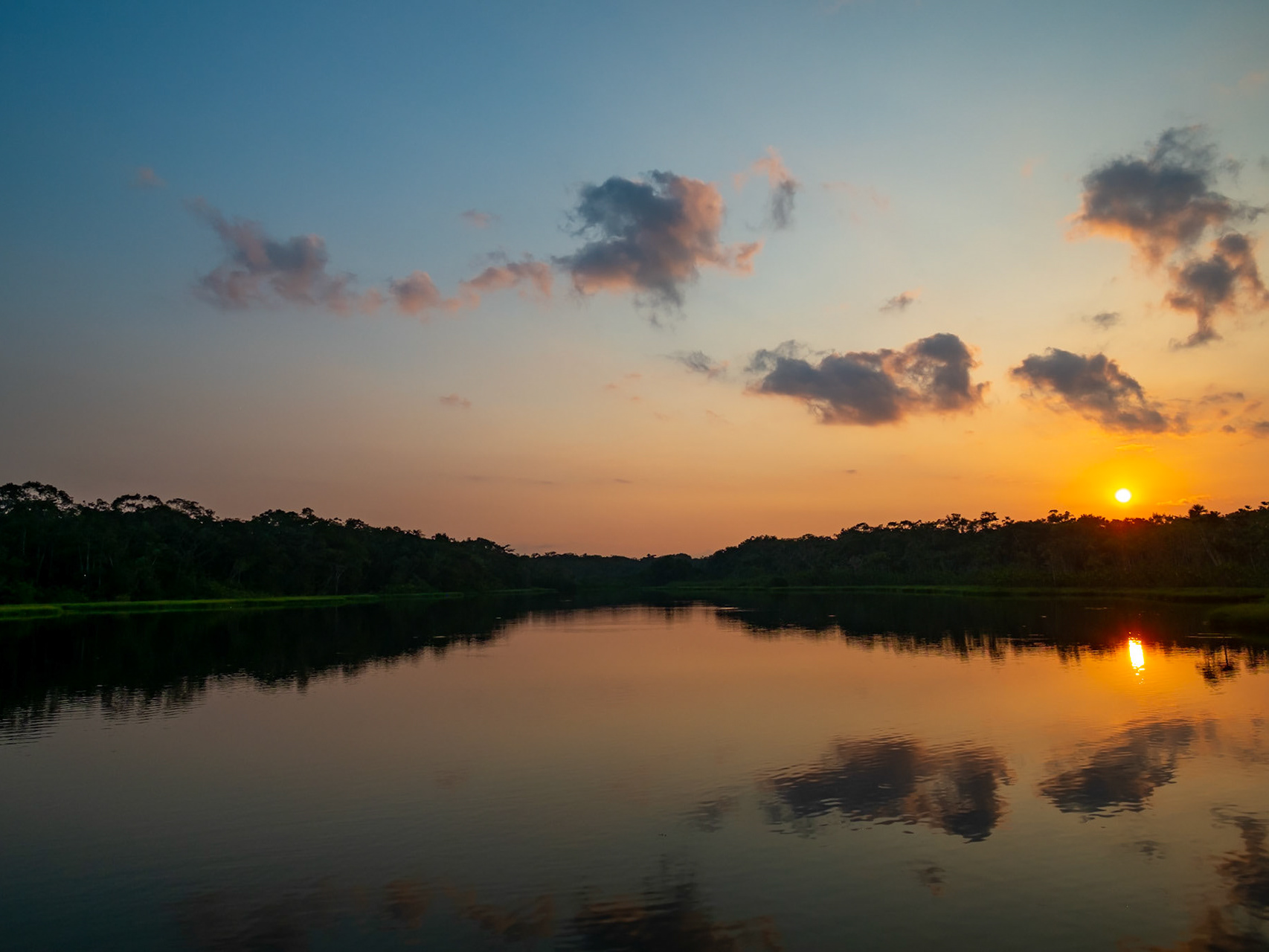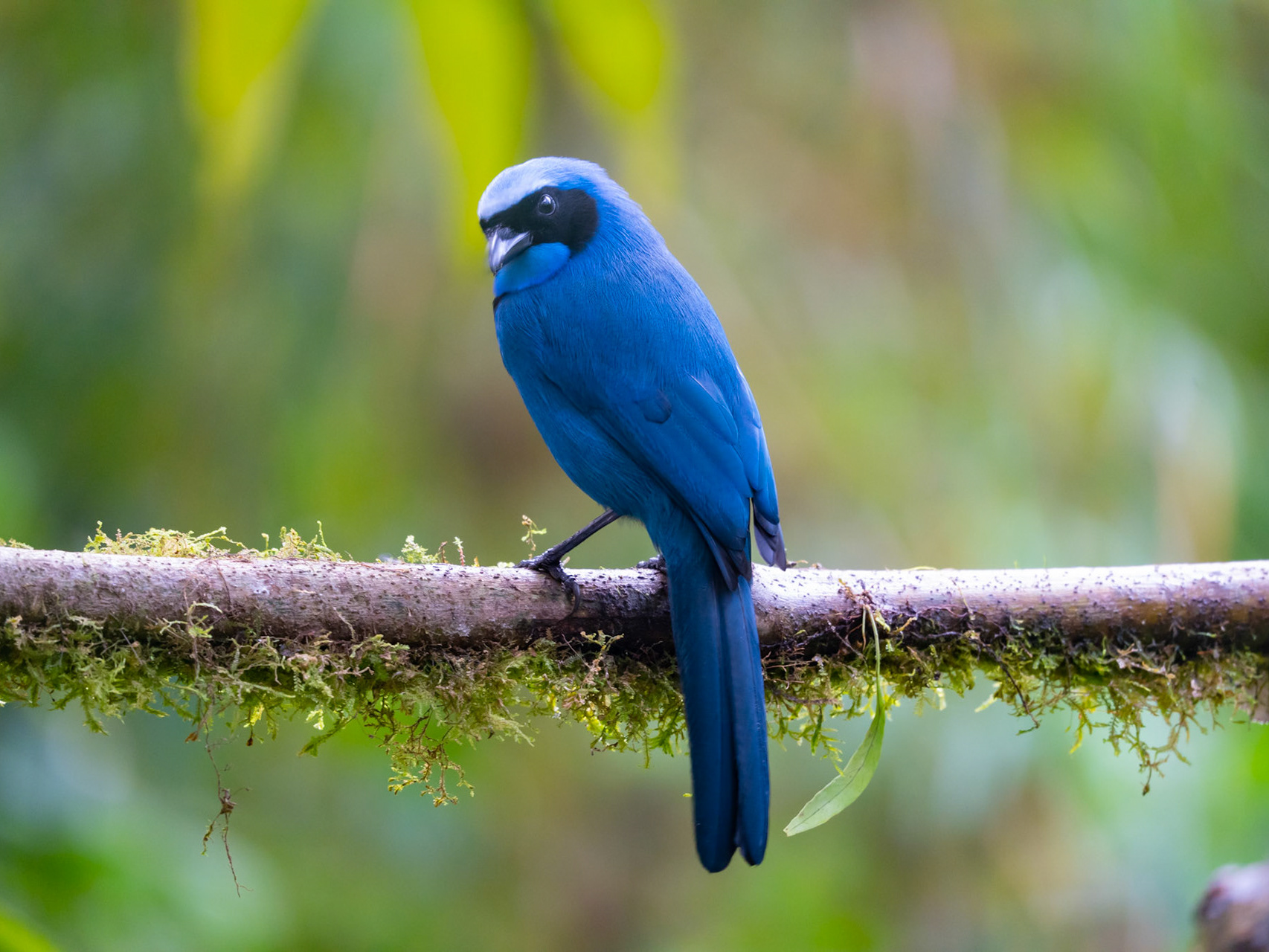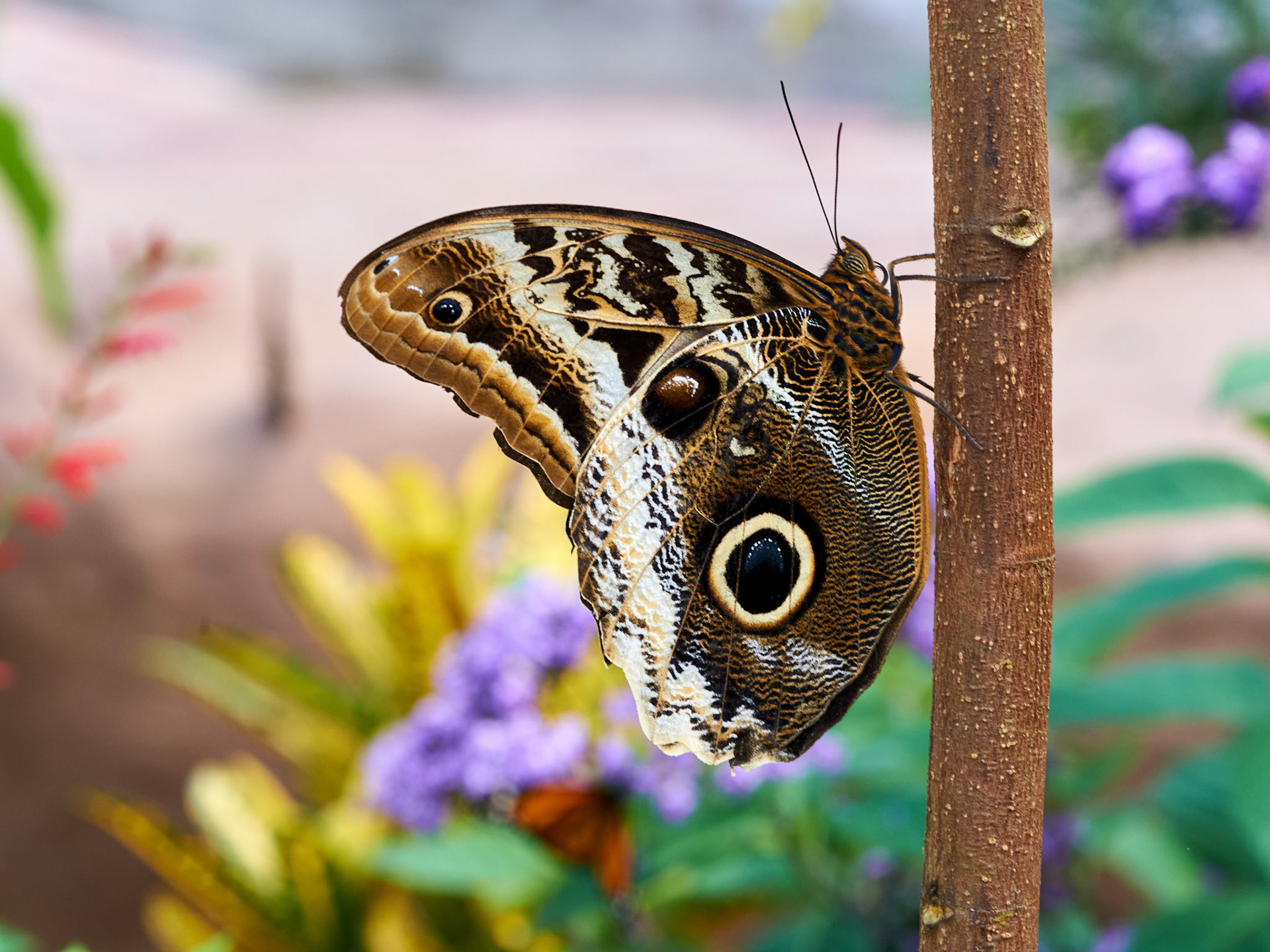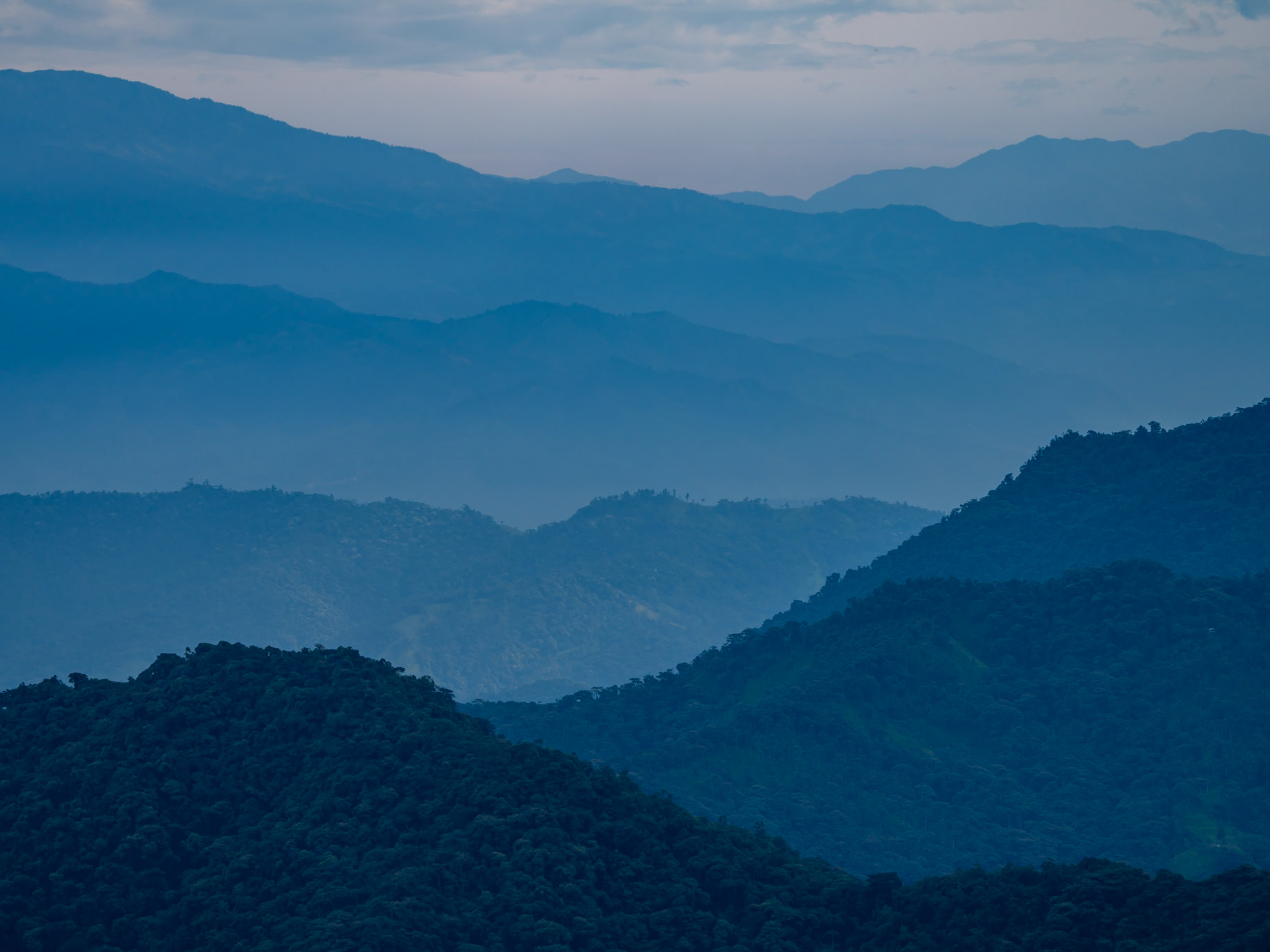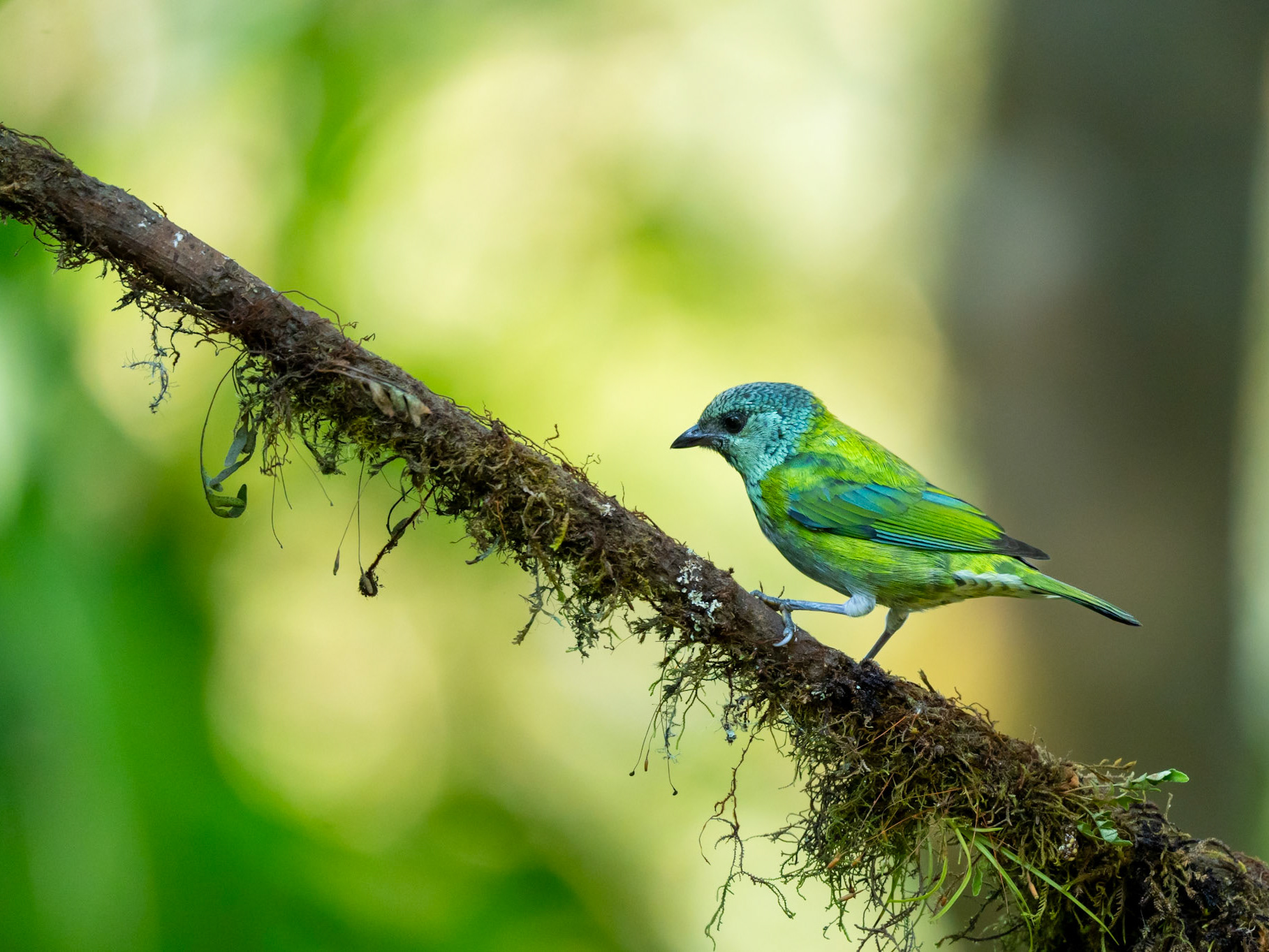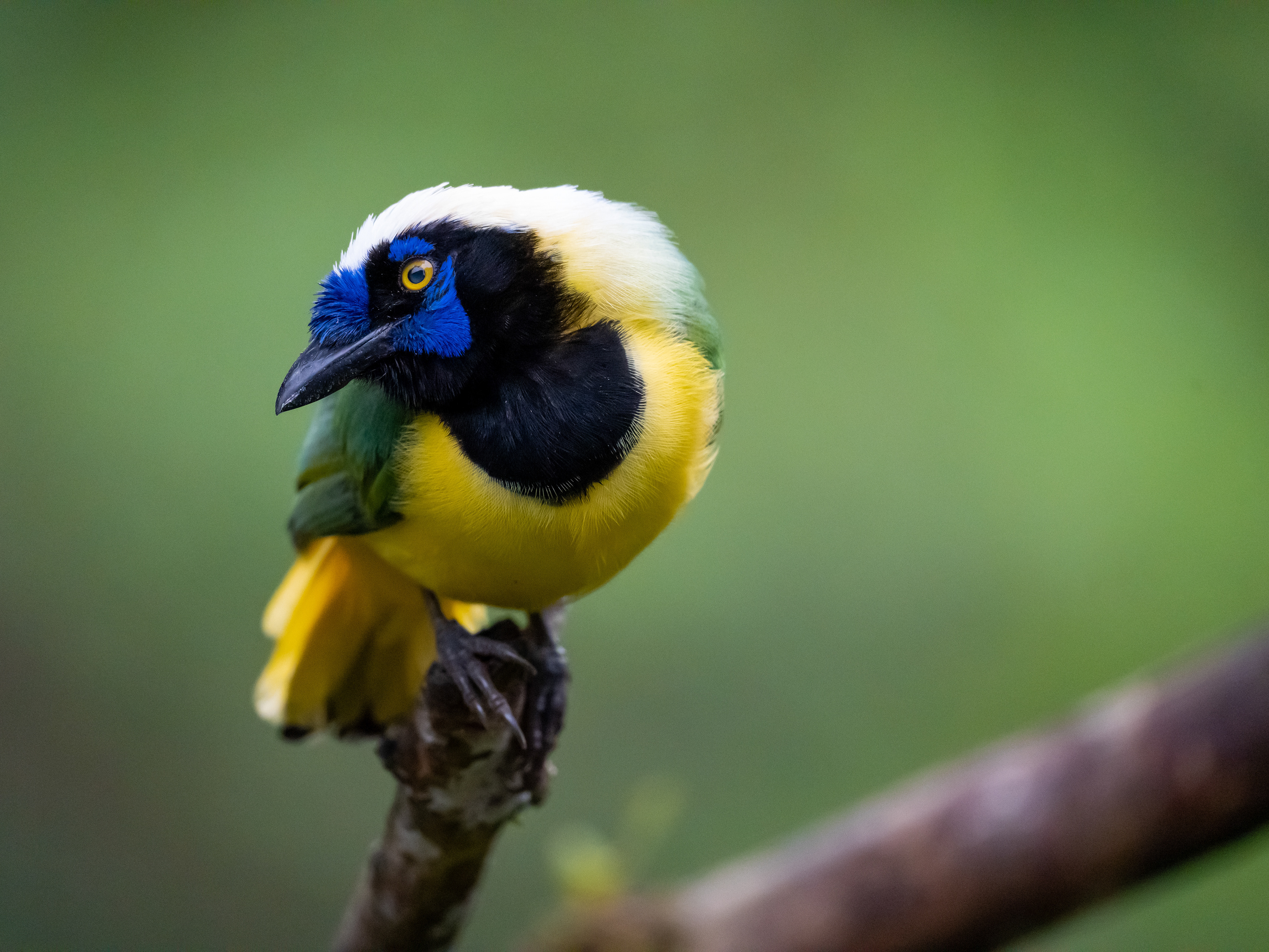The Ahuano Community
Ahuano is located in the Napo Province of Ecuador, in the Amazon rainforest region of the country. It is a small town located on the banks of the Napo River, just a few miles downstream from the city of Tena. With a population of just over 1,000 people, who are mostly subsistence farmers and fishermen. The town is known for its traditional cuisine, with dishes such as maito, chontacuro, and cassave fritters all popular. The town is also a gateway to the surrounding rainforest, with many visitors coming to explore the region's wildlife and natural beauty.
The Ahuano people are one of the few remaining indigenous tribes in the region and are known for their commitment to preserving their traditional way of life. They are skilled farmers, hunters, and fishermen, and their primary language is the Kichwa dialect. The Ahuano people are deeply spiritual, and their traditional beliefs revolve around the practice of animism, the belief that all living things have a spirit. The Ahuano community is also dedicated to preserving their indigenous culture and protecting the environment. They are active advocates for the protection of their ancestral land, and they have developed sustainable farming, fishing, and hunting practices to ensure that their resources are not overexploited.
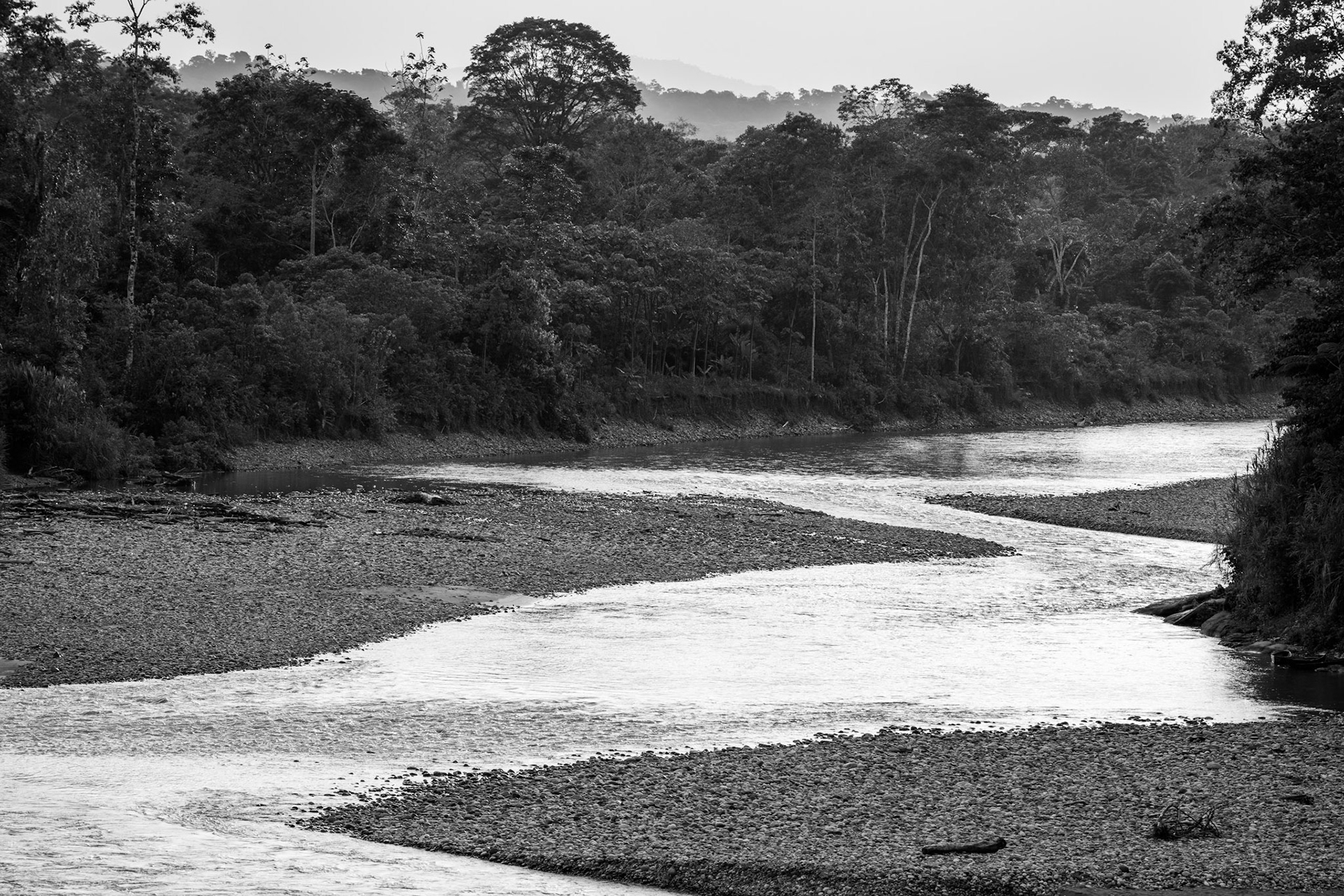
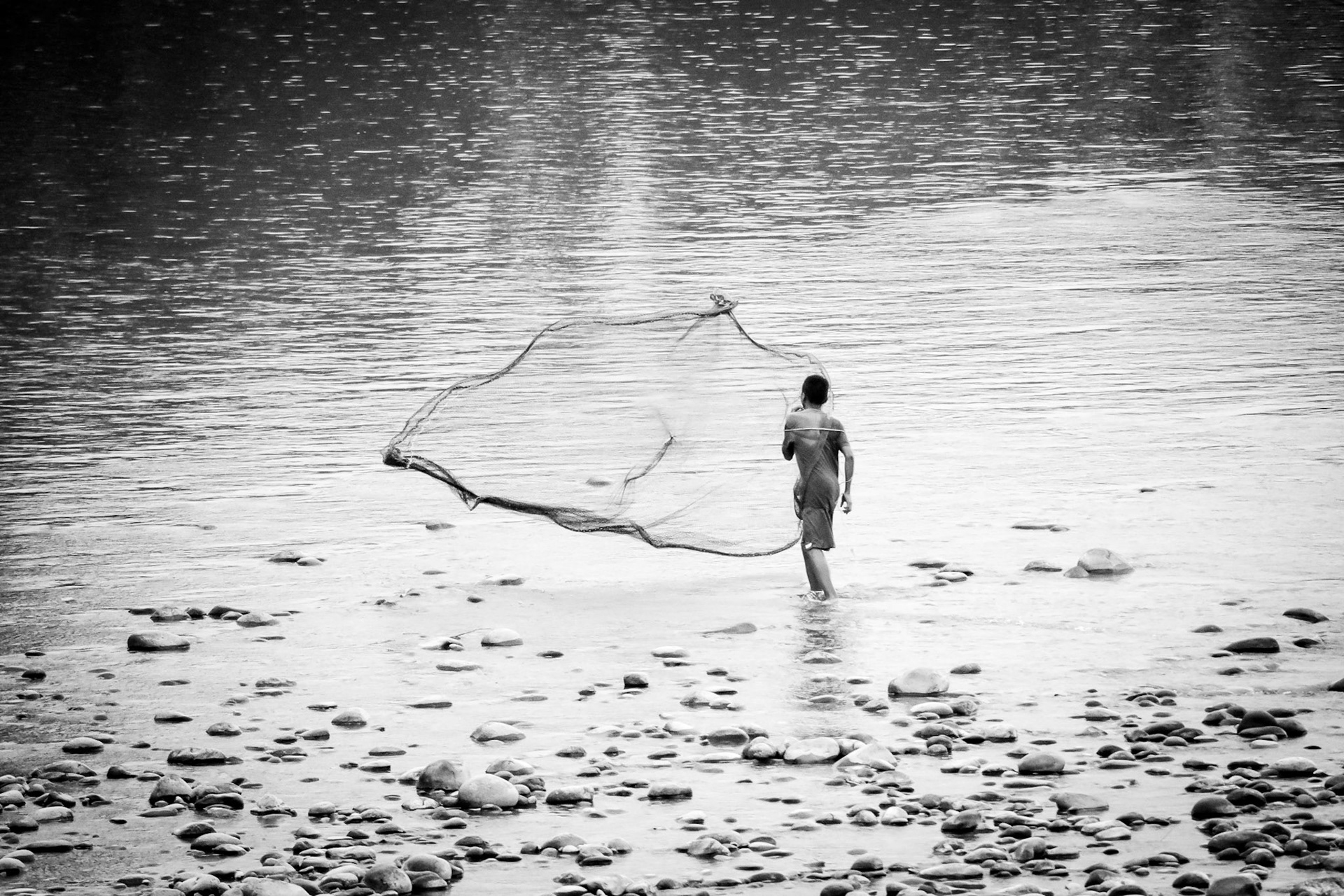
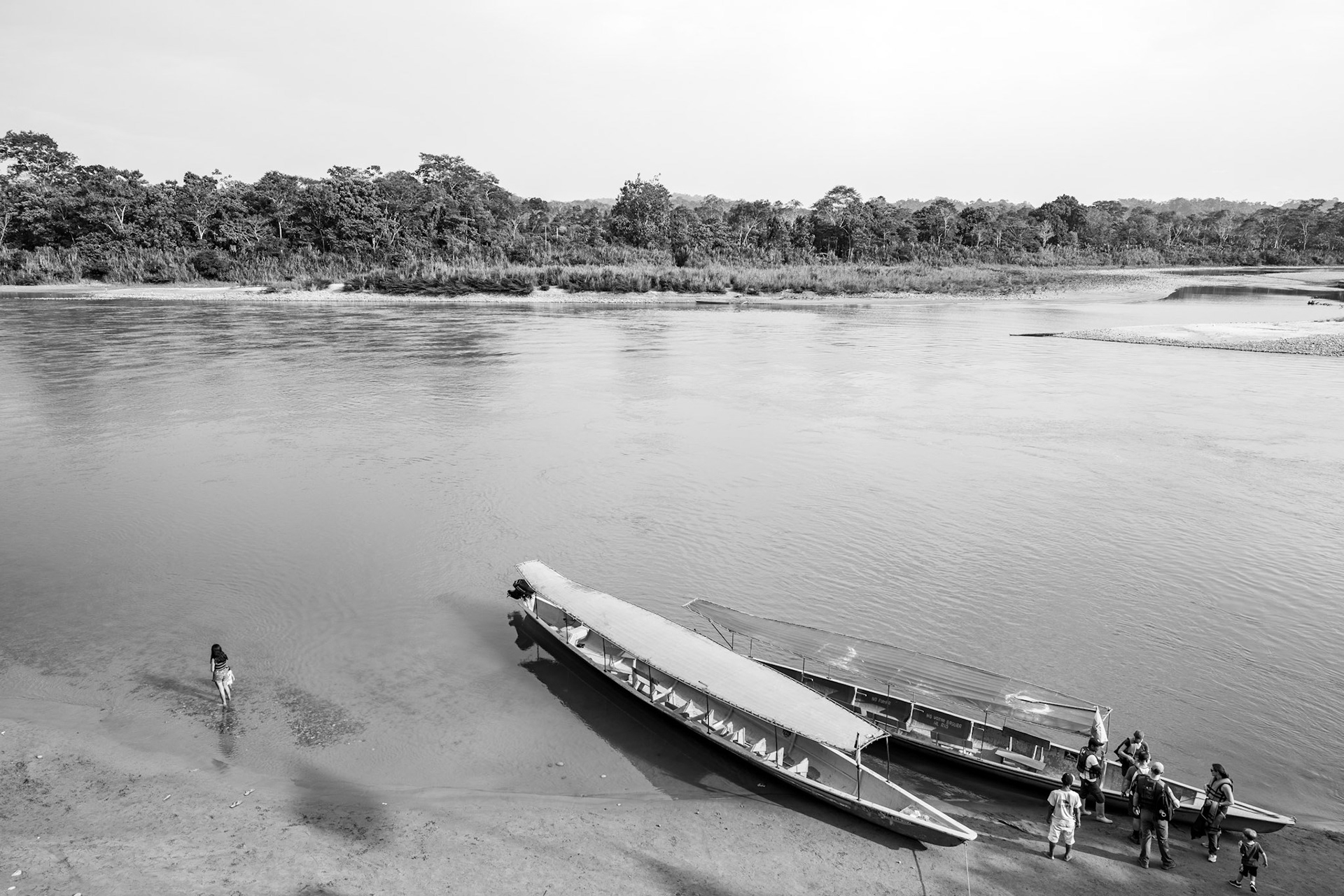
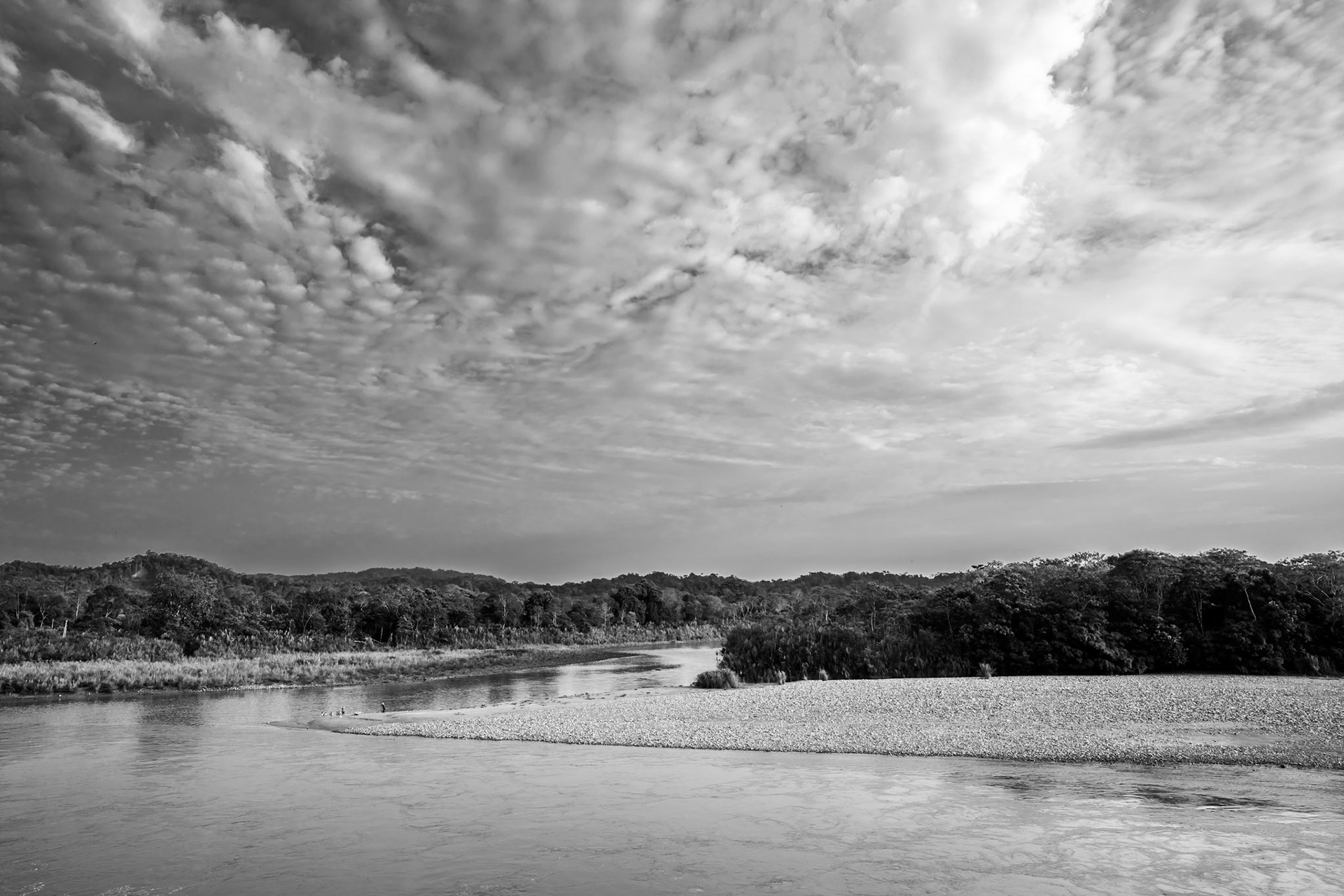
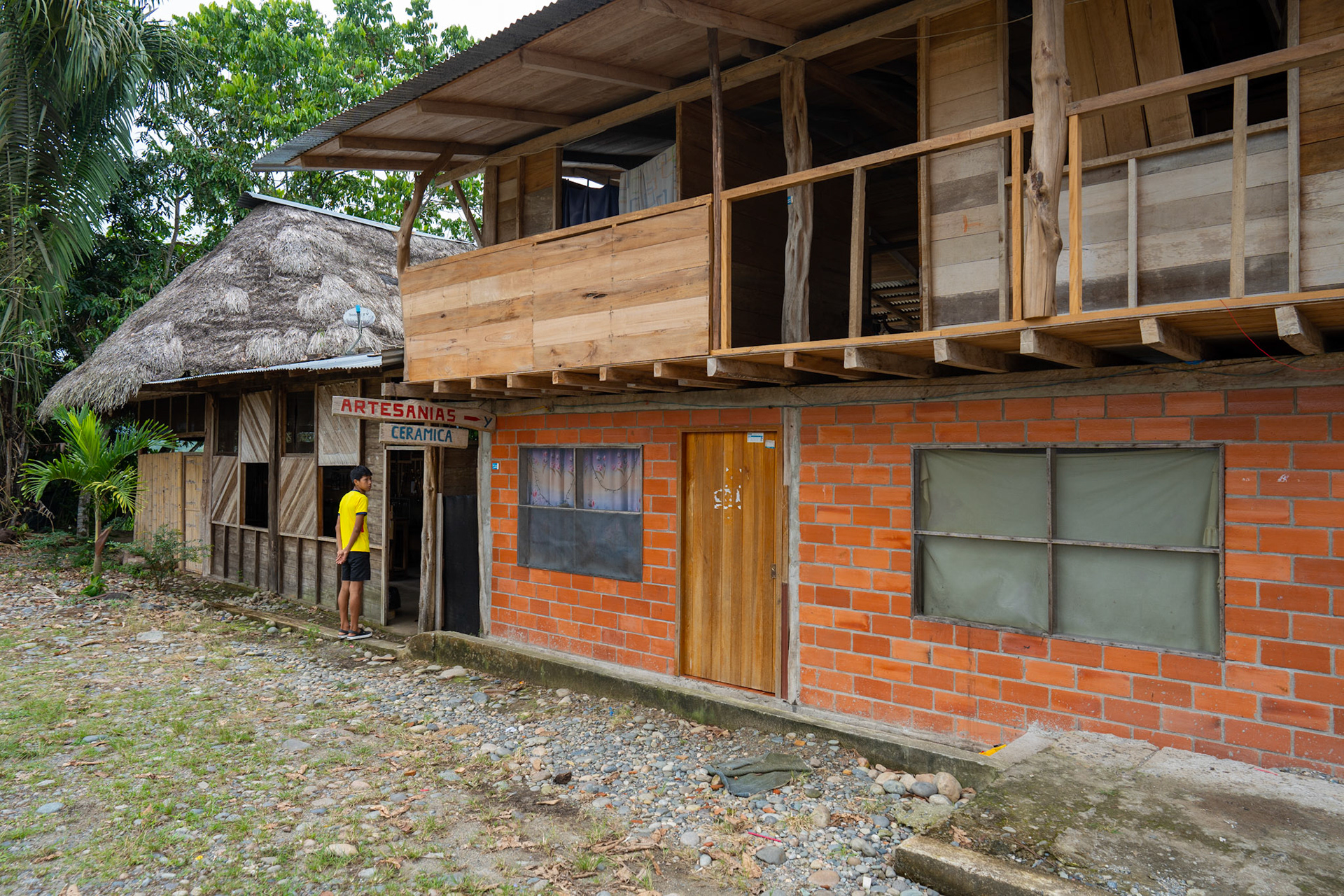
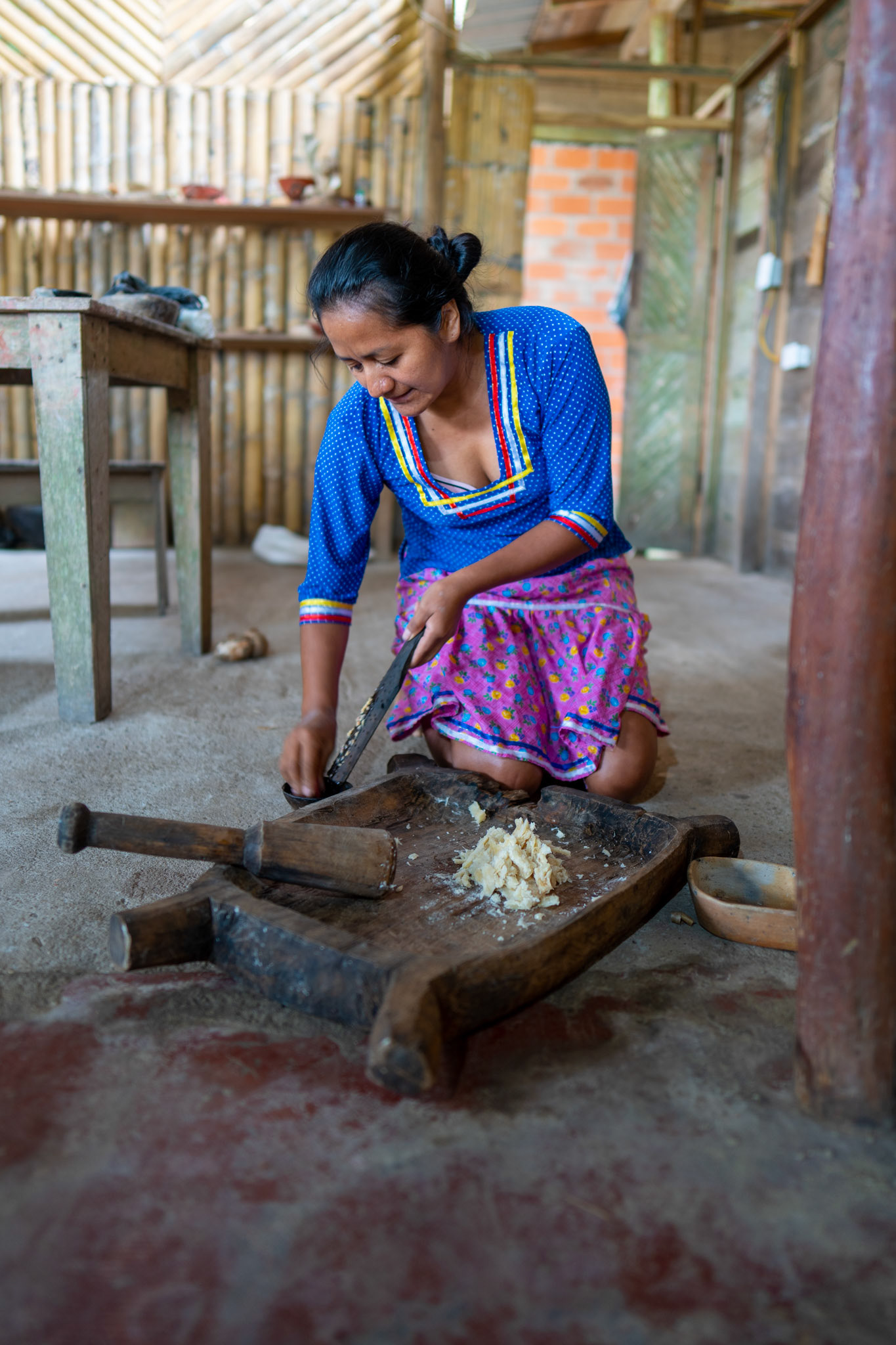
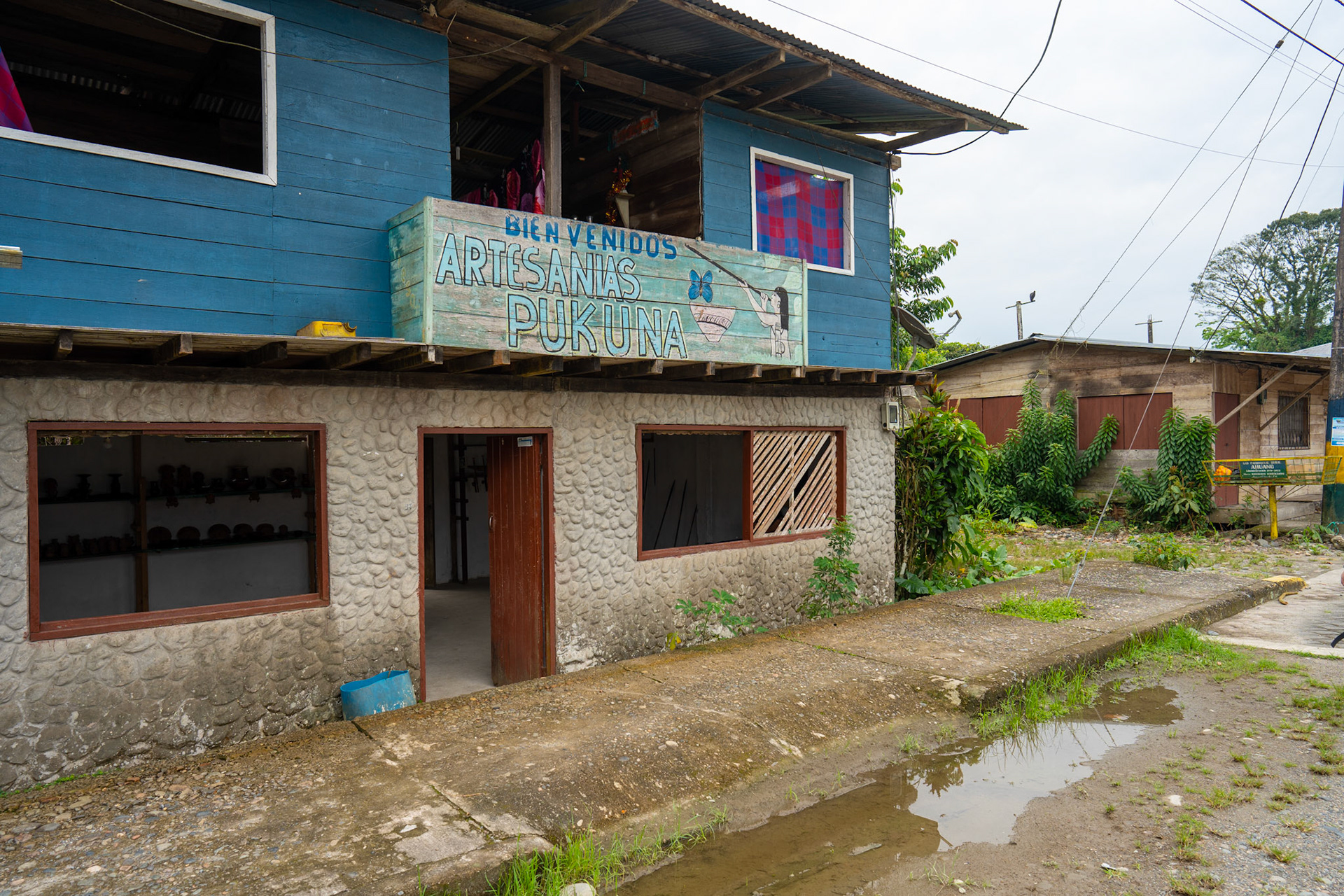

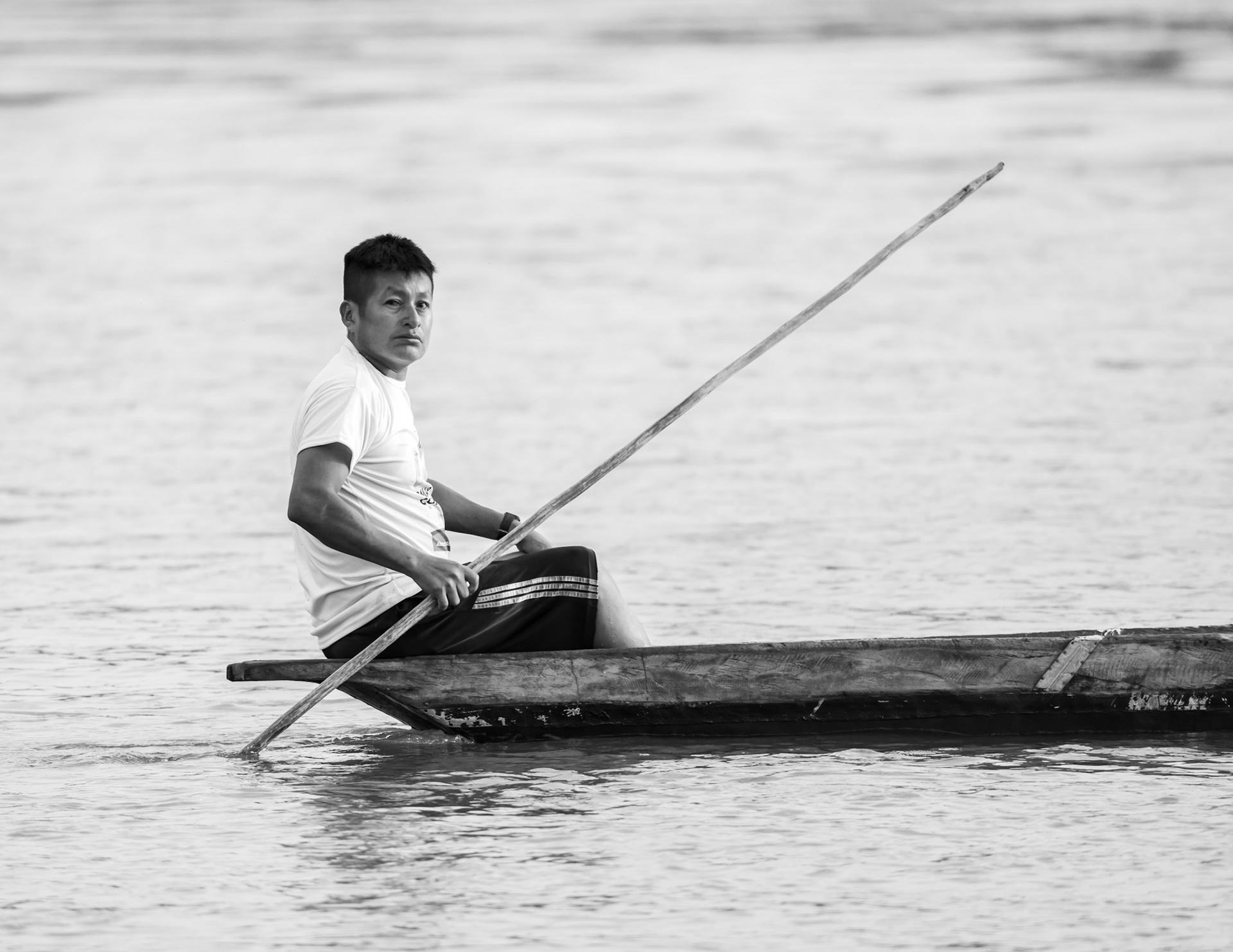

Ahuano and its surroundings
Sony A7 IV
Sony 24 mm. F1.4 GM
Sony 24-240 mm. F3.5-6.3
Sony 200-600 mm. F5.6-6.3 G
Sony A7 IV
Sony 24 mm. F1.4 GM
Sony 24-240 mm. F3.5-6.3
Sony 200-600 mm. F5.6-6.3 G
Location of Ahuano
The Role of the Kichwa Women
Kichwa women are skilled craftspeople and are well known for their weaving and traditional jewelry-making. Kichwa women often weave baskets and other items out of local materials such as reeds, palm fibers, and lianas. They also create intricate jewelry and accessories out of precious metals, stones, and other materials. Kichwa women often use their craftsmanship to create items with spiritual significance, such as amulets to ward off bad luck and evil spirits. Pottery is another highly developed skill.
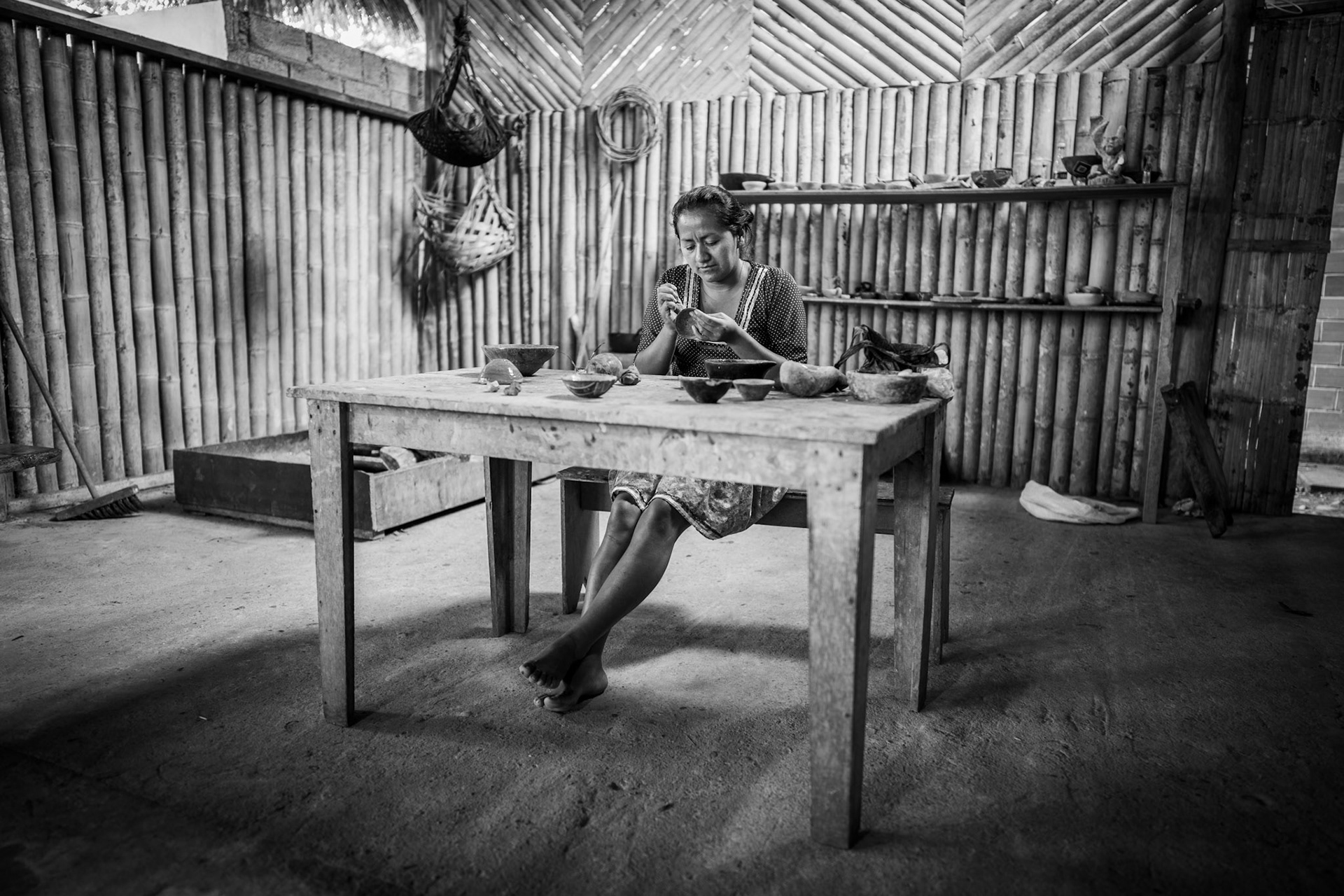
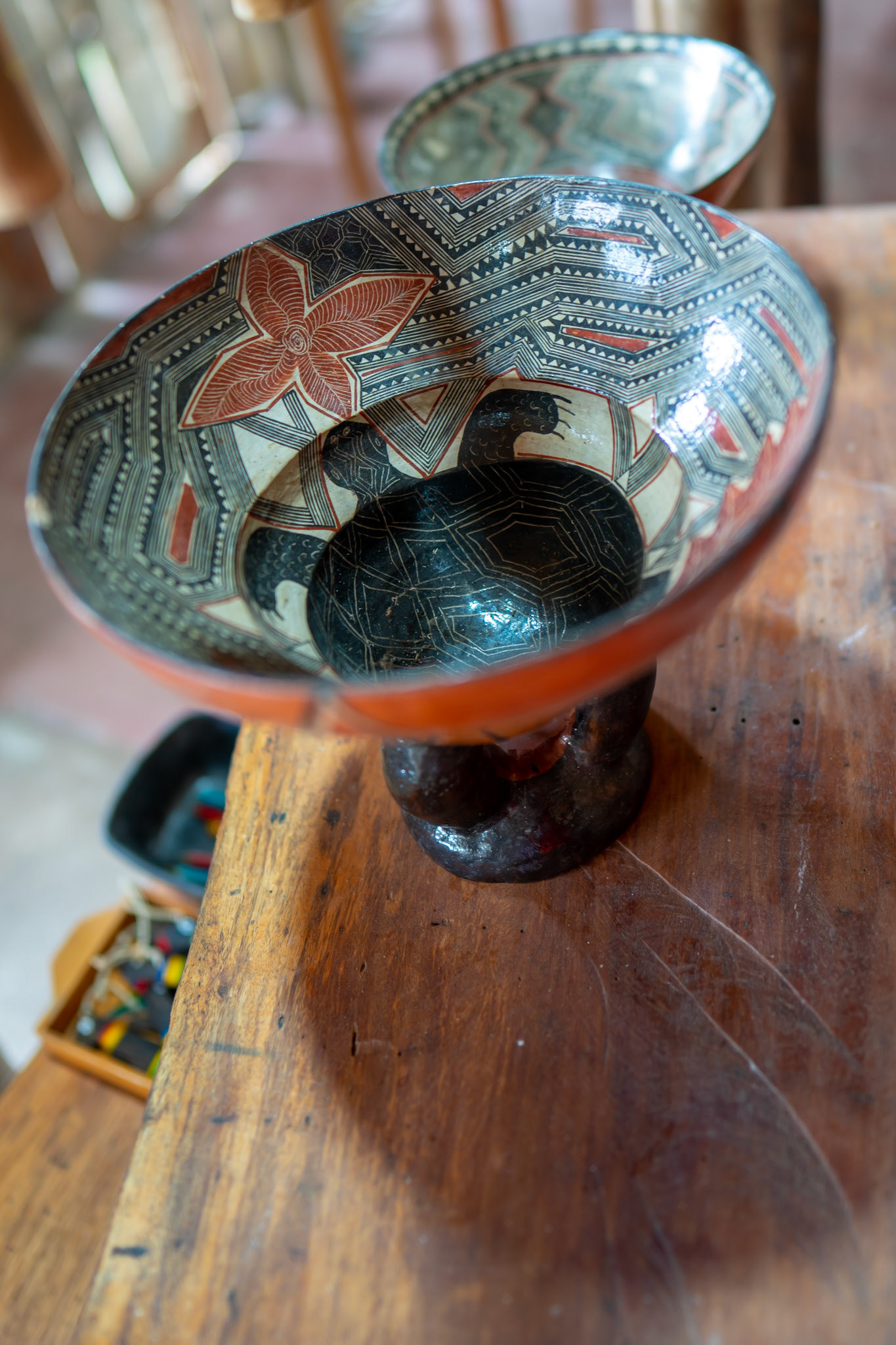
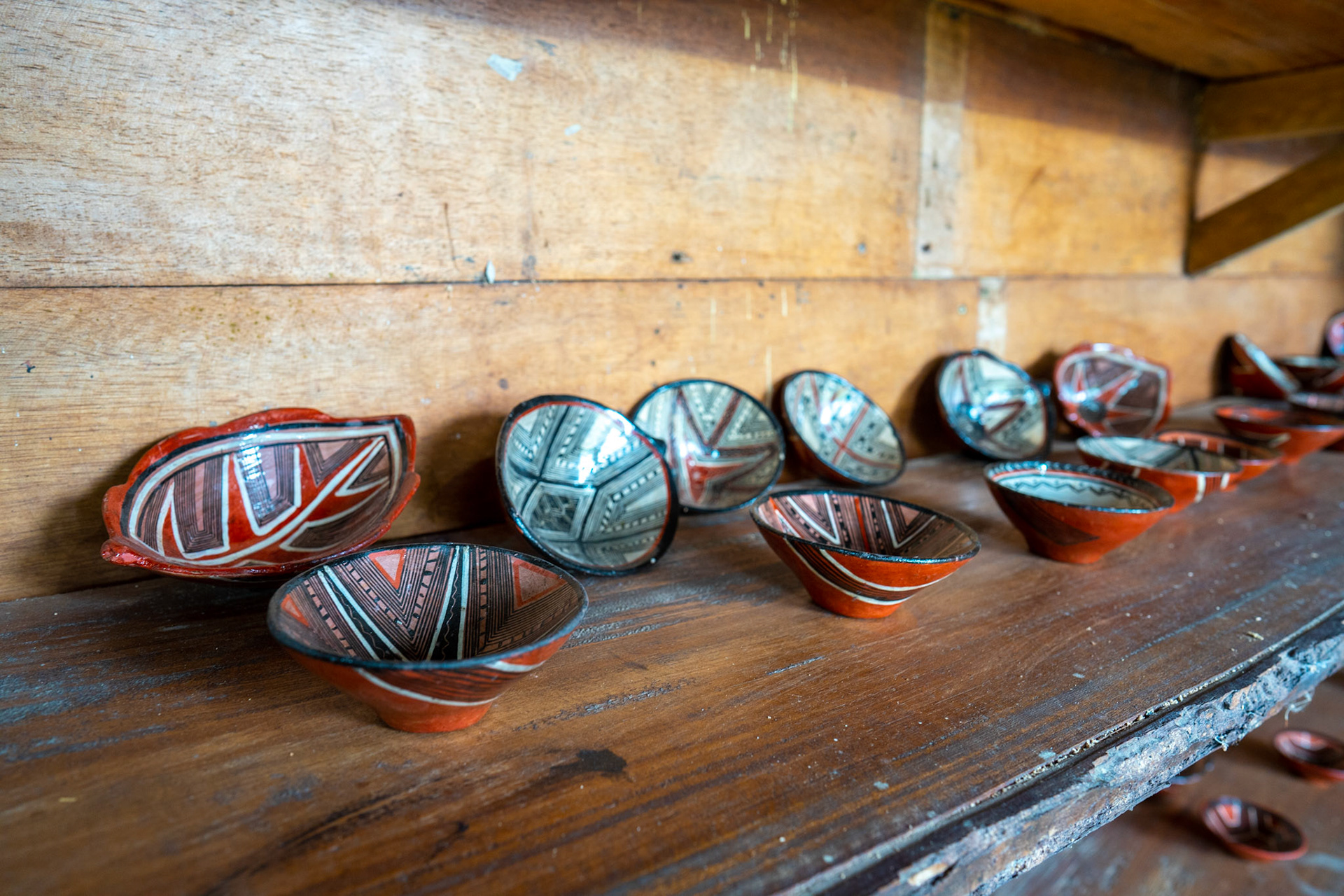
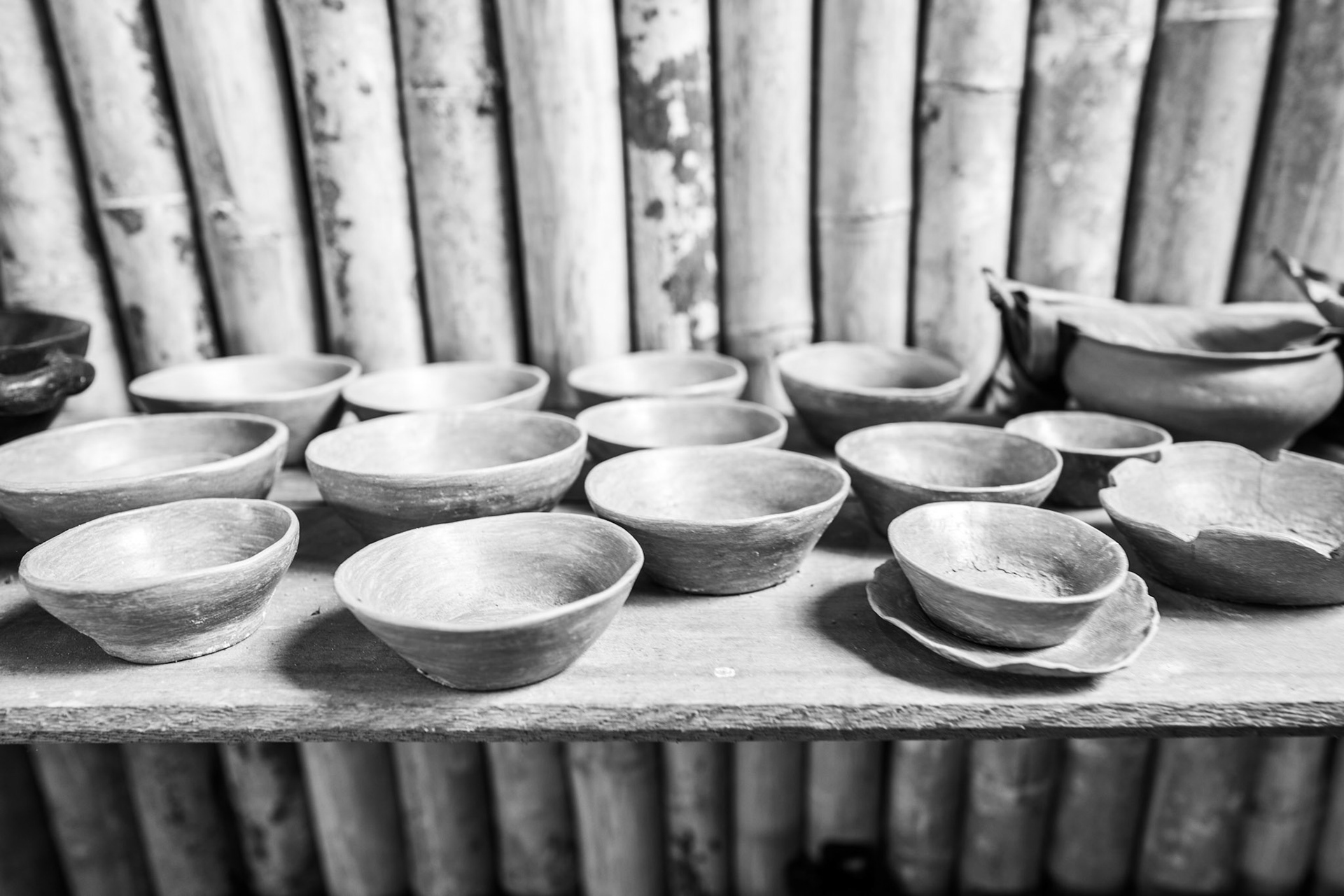
Woman making mocahuas
Sony A7 IV with Sony 24 mm. F1.4 GM
Sony A7 IV with Sony 24 mm. F1.4 GM
Handmade Chocolate
I visited a local cocoa farm venture where its owners are teaching visitors everything about growing and harvesting cocoa beans without using synthetic fertilizers or pesticides.
After learning about high quality cocoa beans, we selected, roasted, pealed, grinded, and prepared chocolate in a very traditional way using tools and ingredients that were collected within the same farm. We added the cocoa powder to a bowl with boiling water and vanilla leaves. After a few minutes, the powder melted and became a chocolate paste. Finally, we added brown sugar to the mix and it was ready for to be tasted. The owners handed a plate with assorted fruits that was immediately transformed into a chocolate fondue!
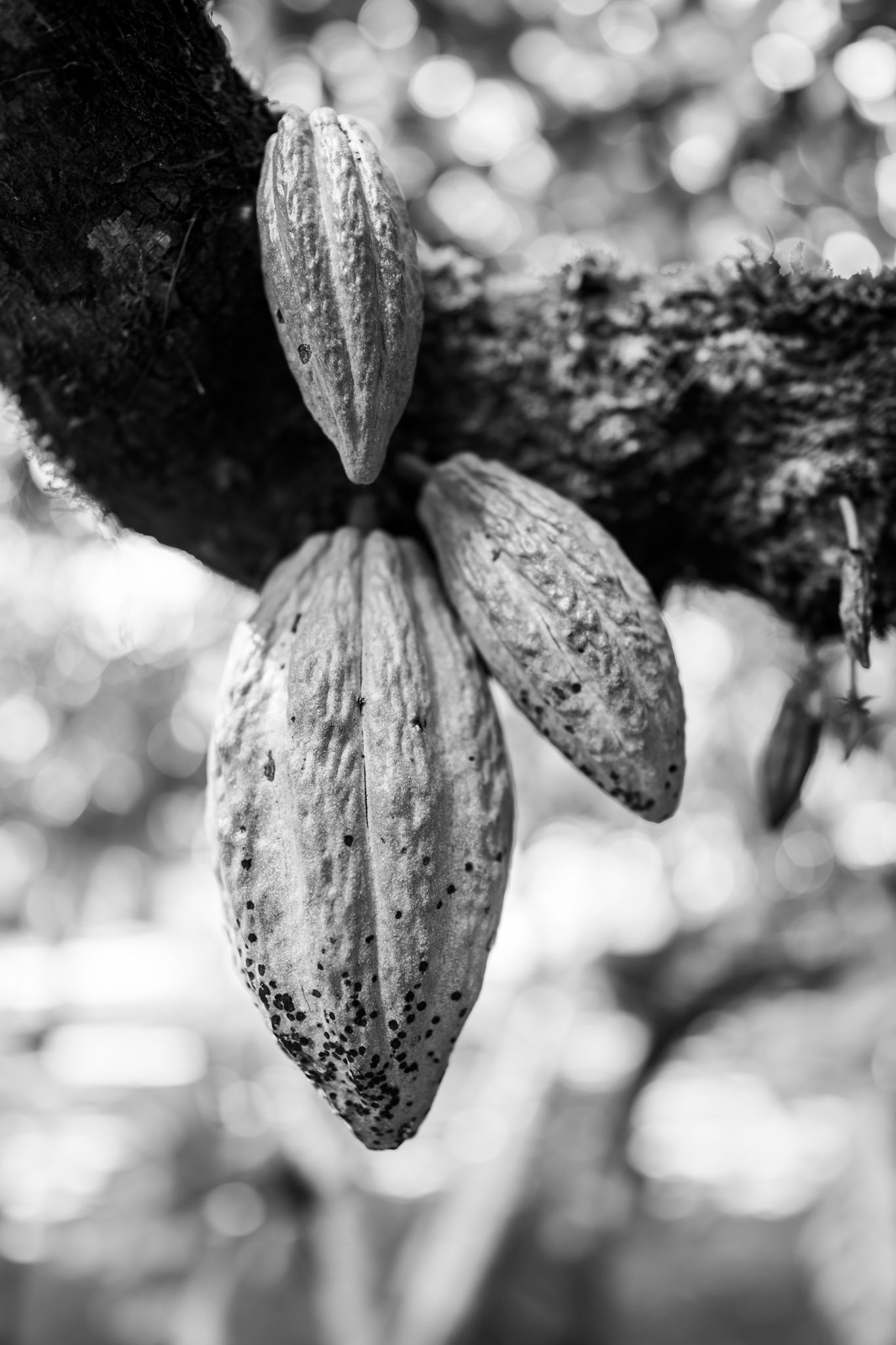
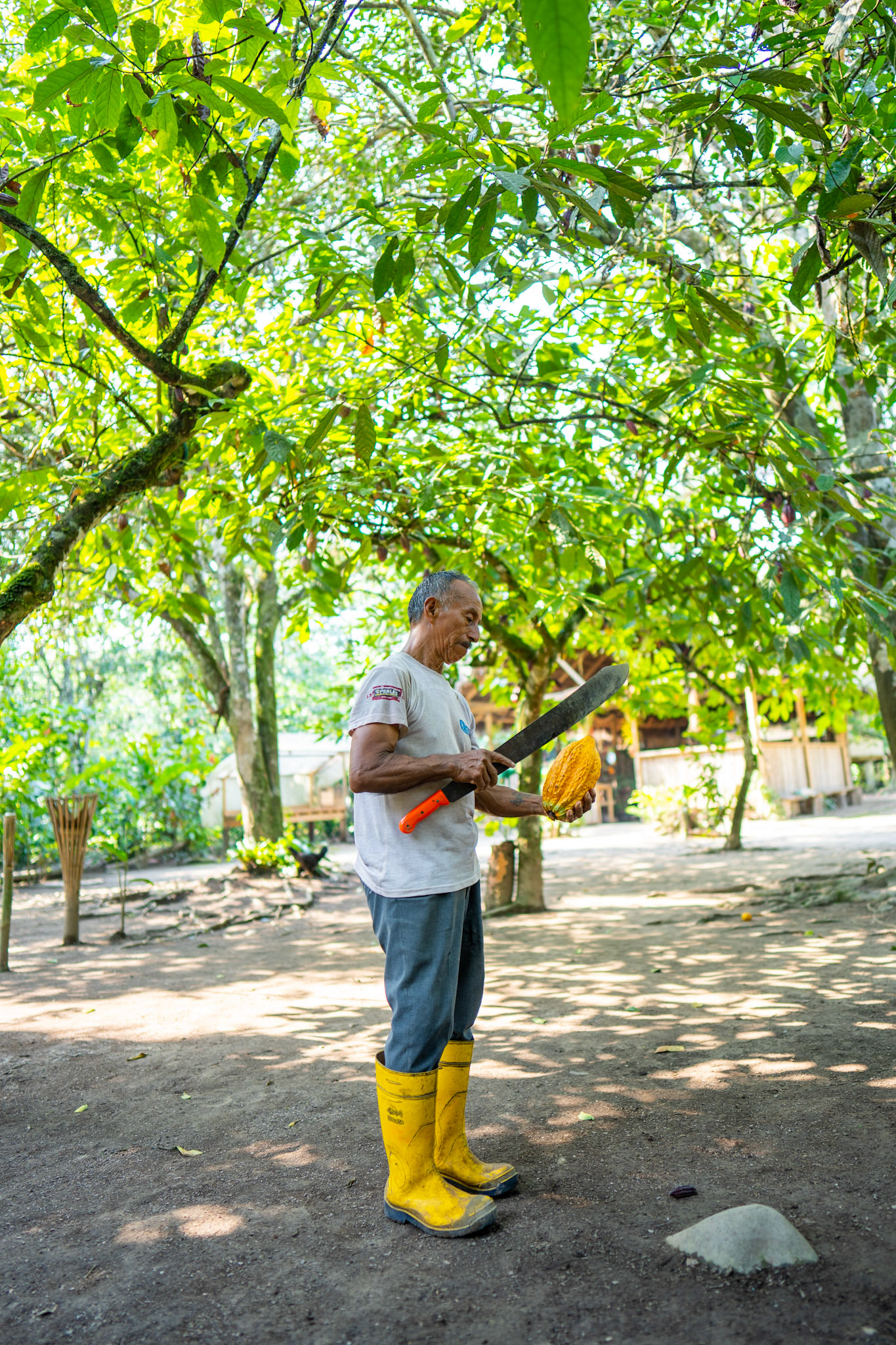
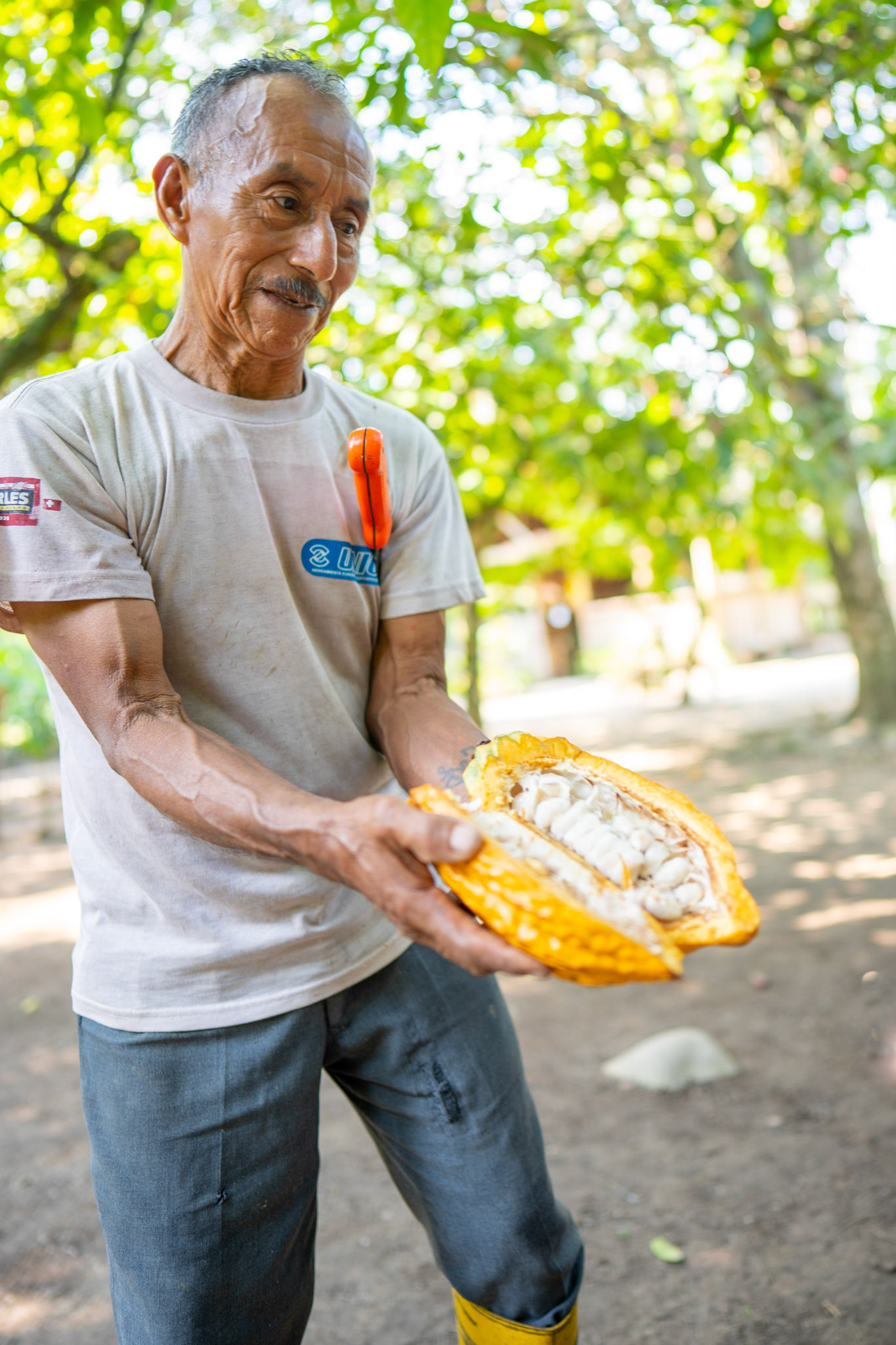
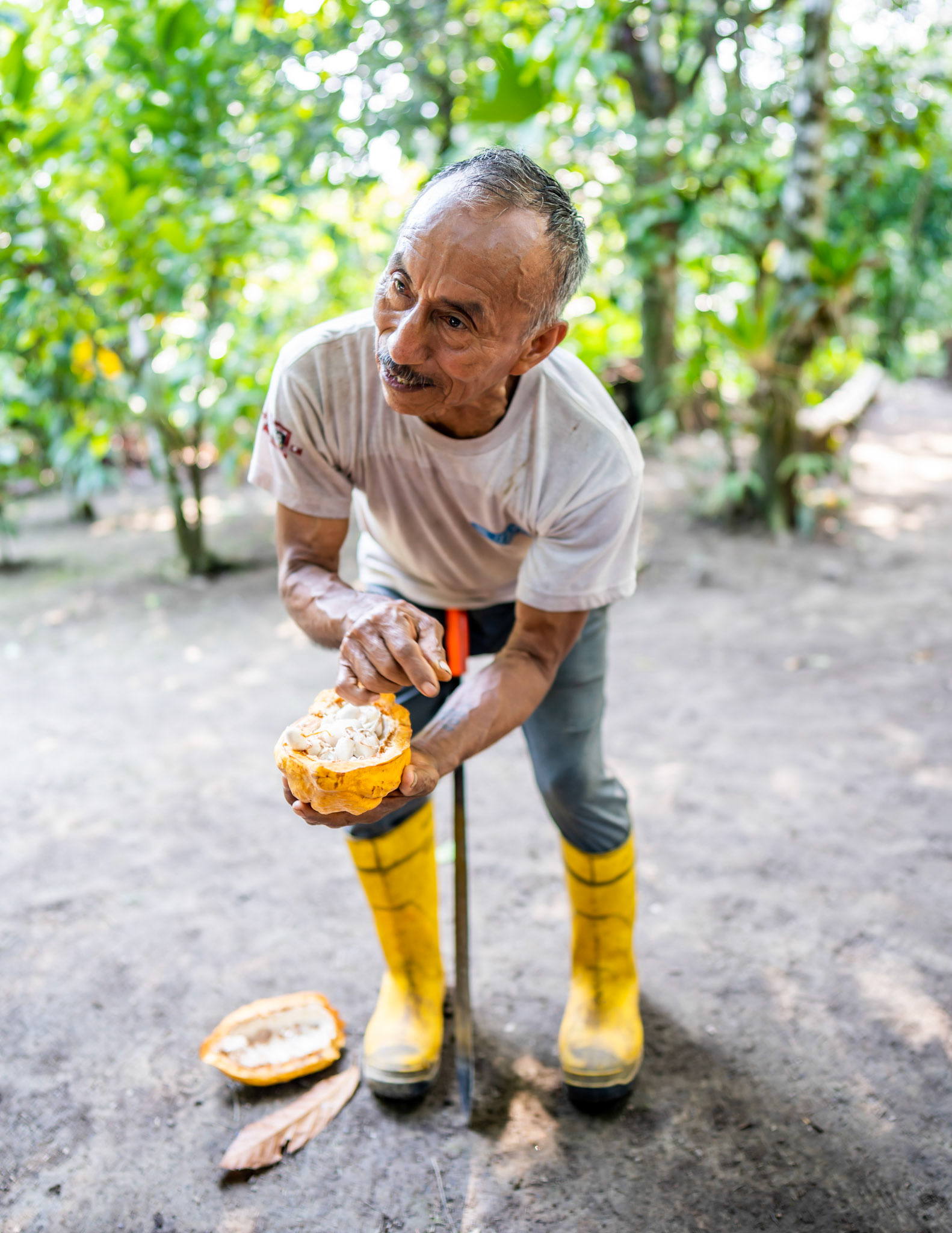
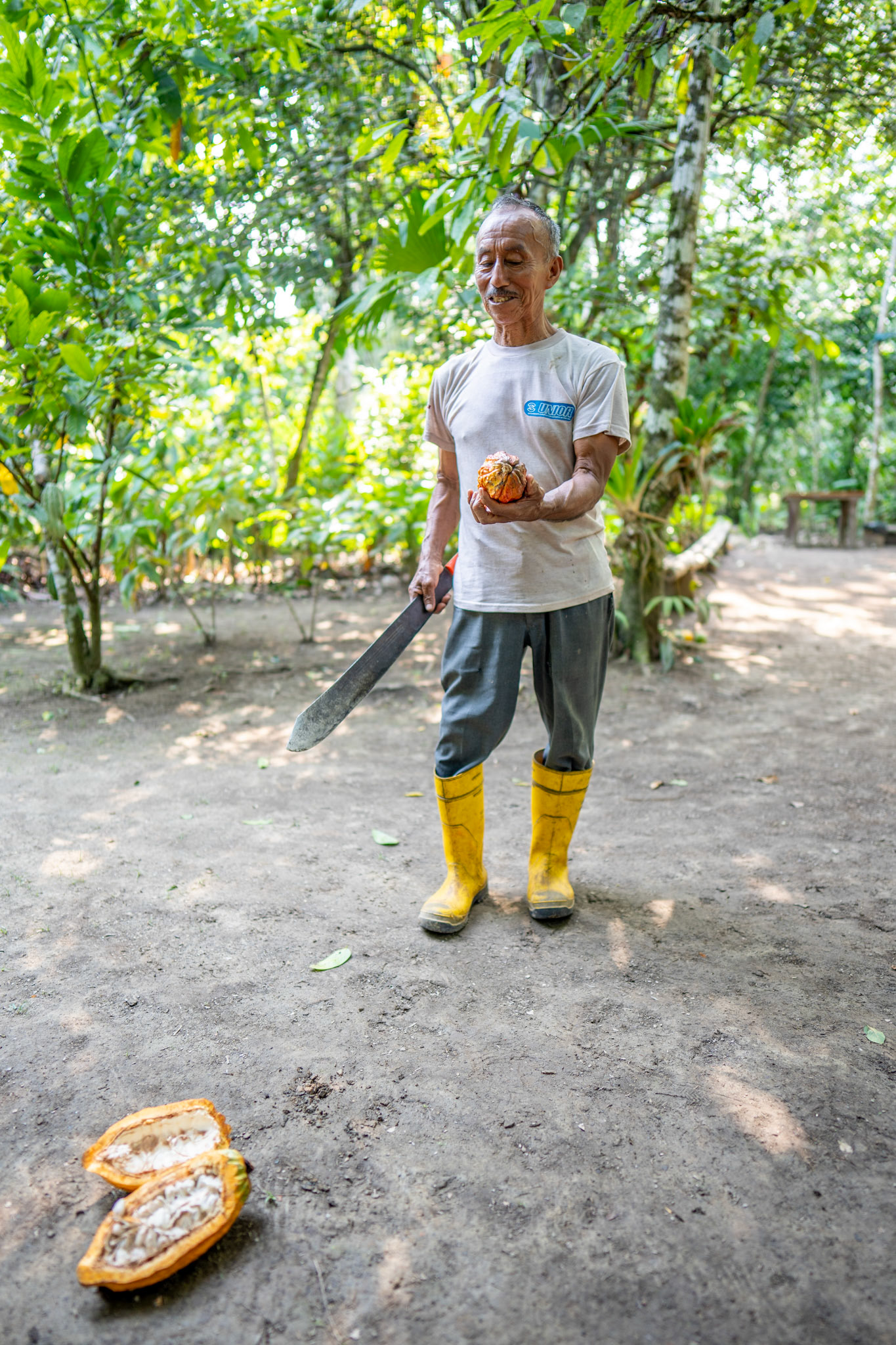
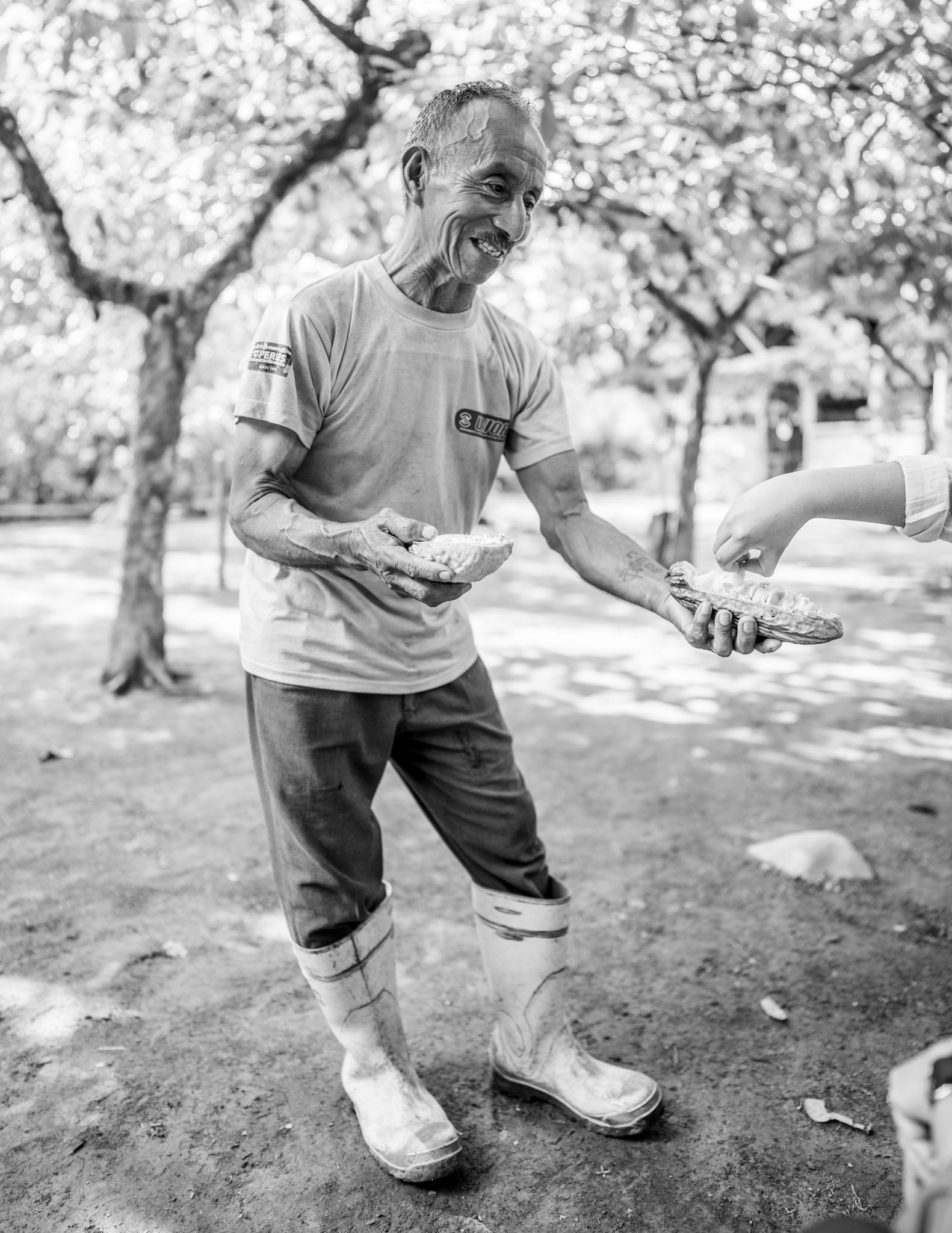
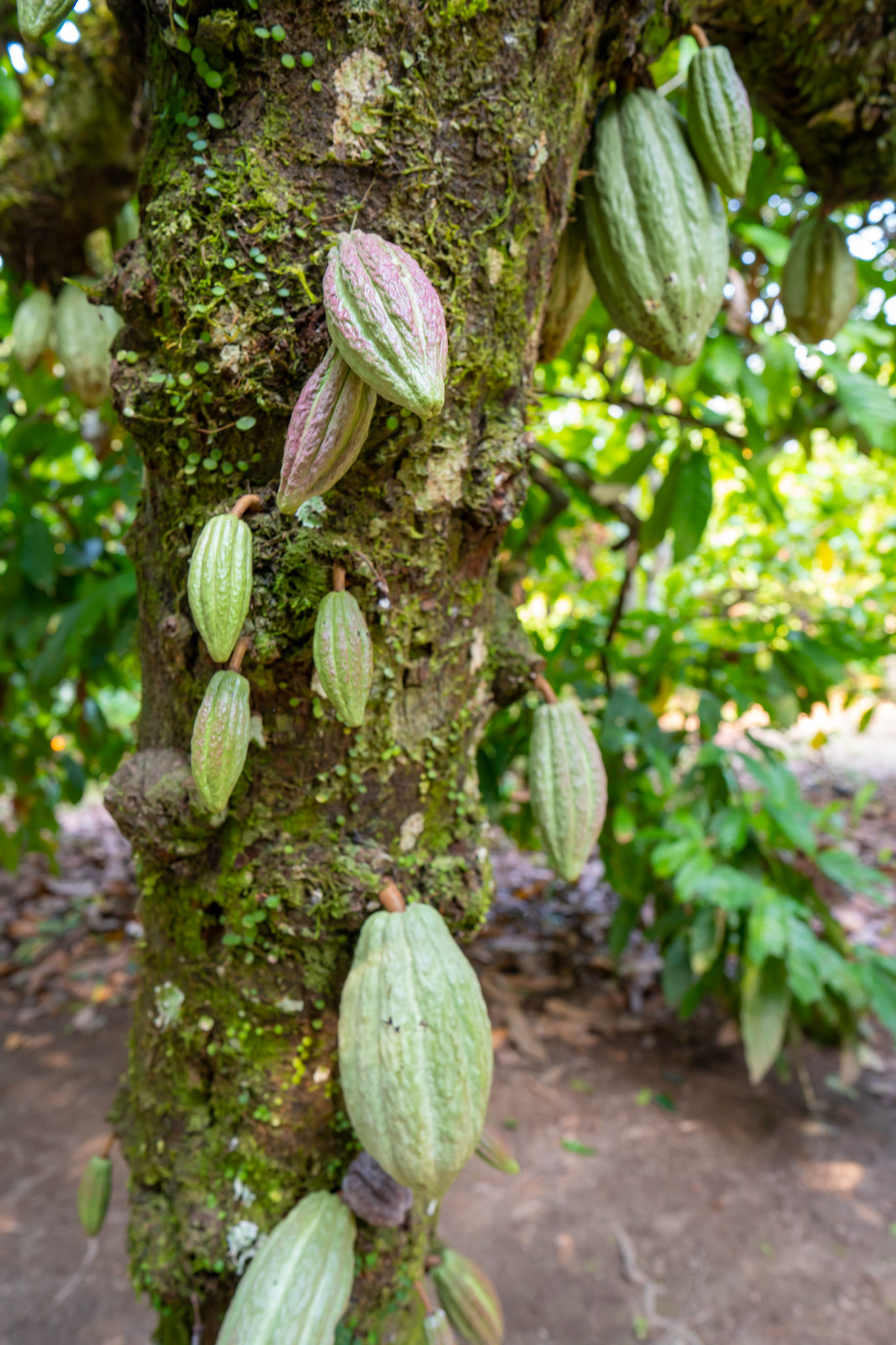
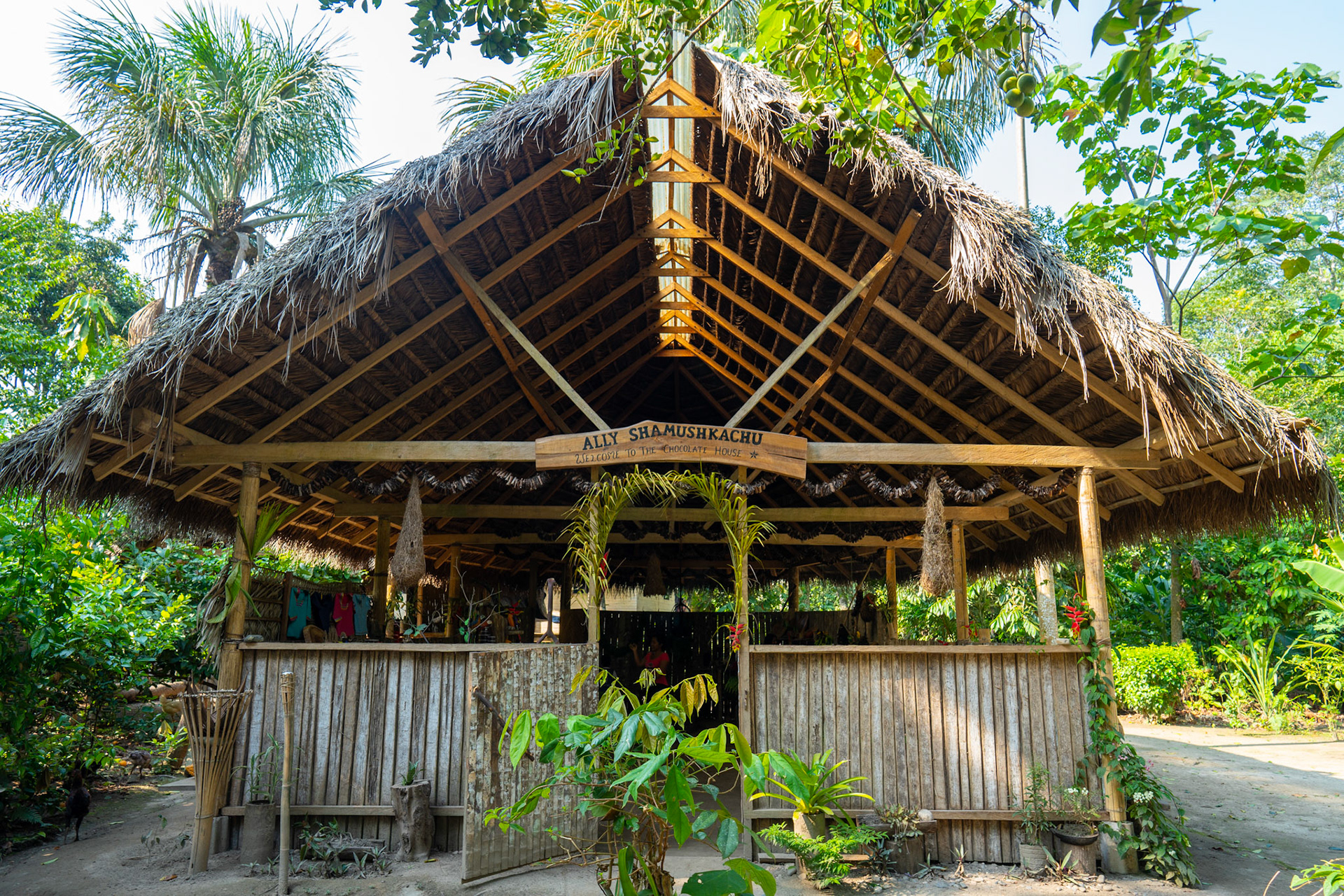
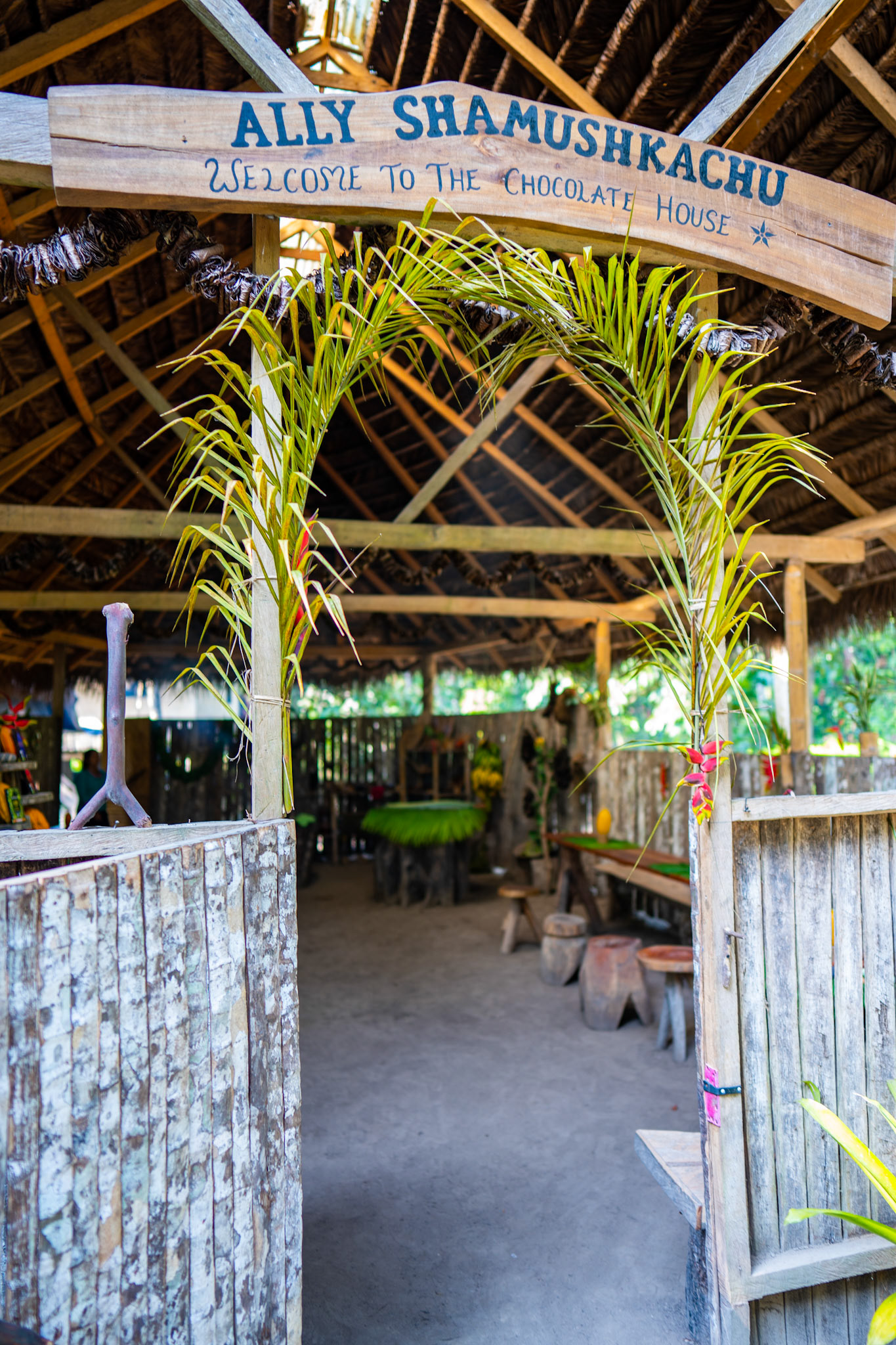

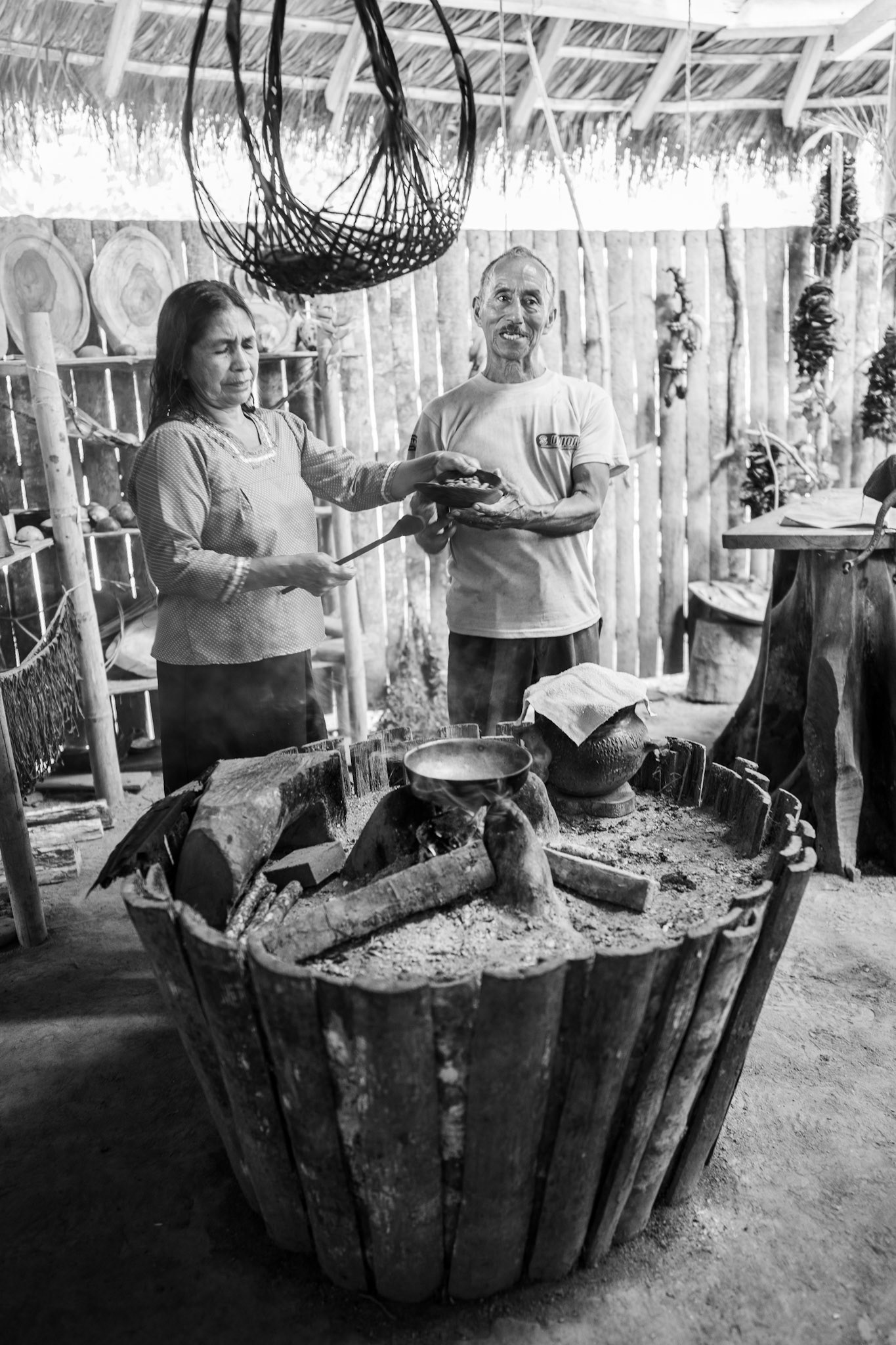
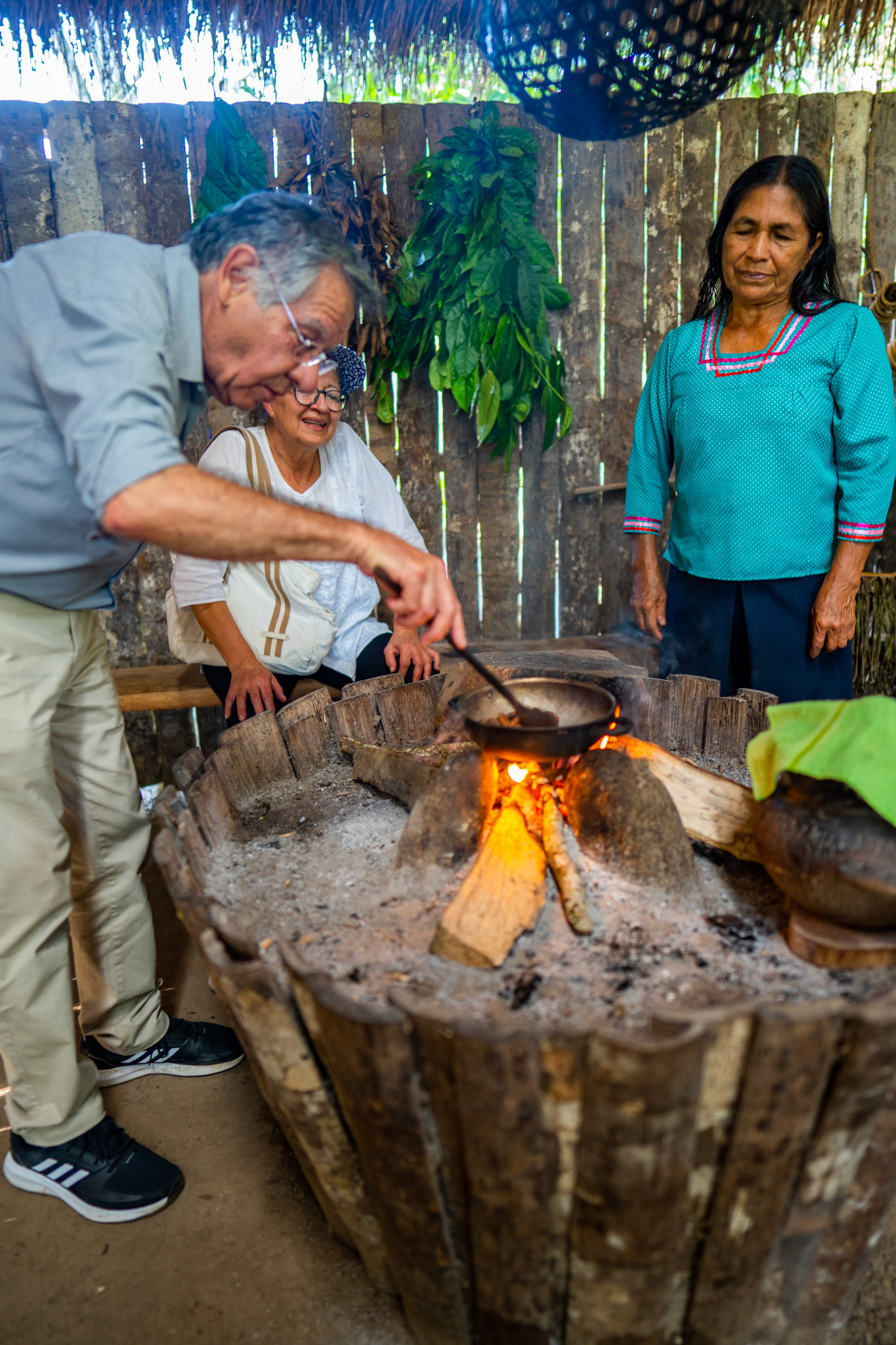
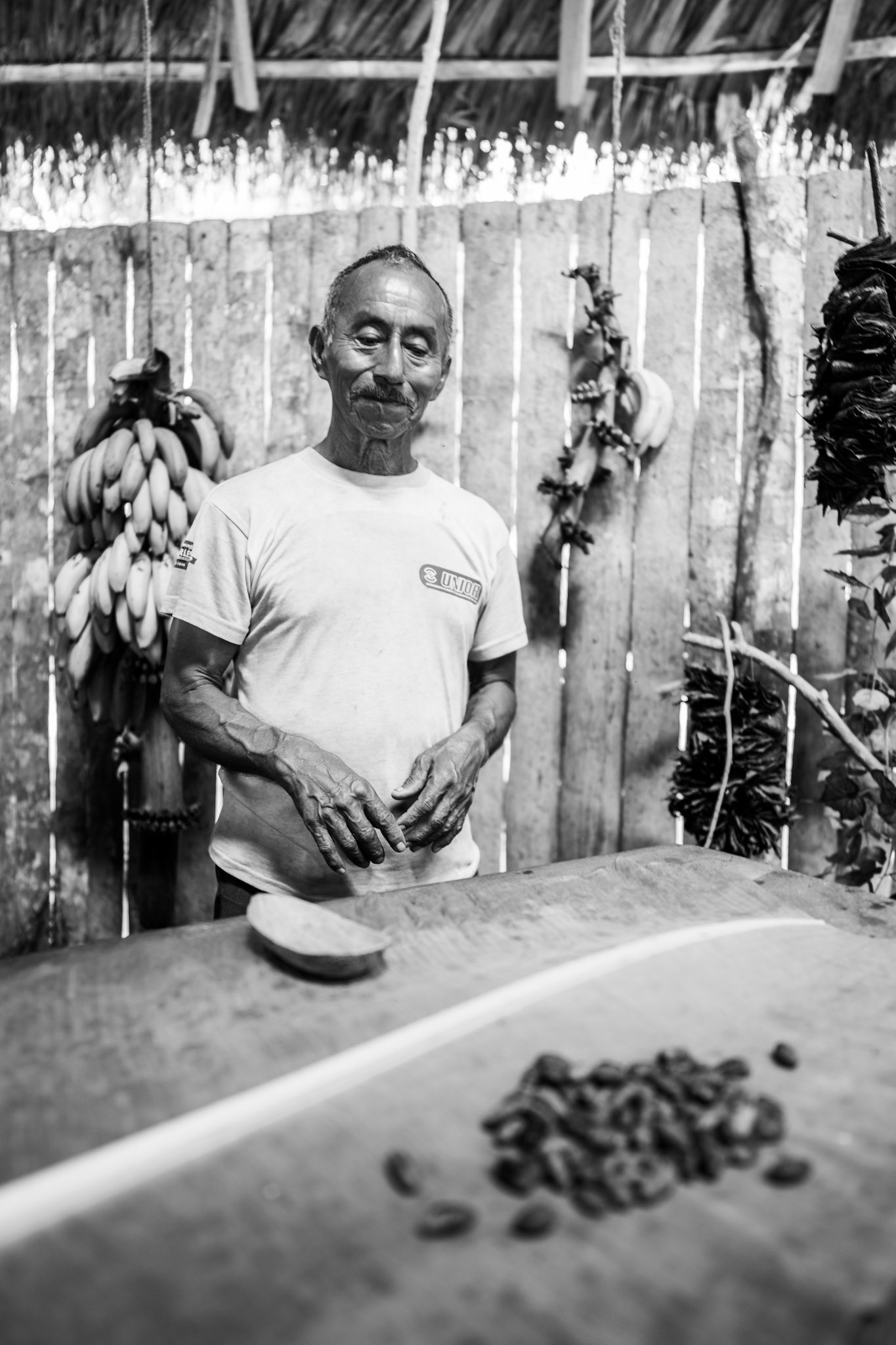
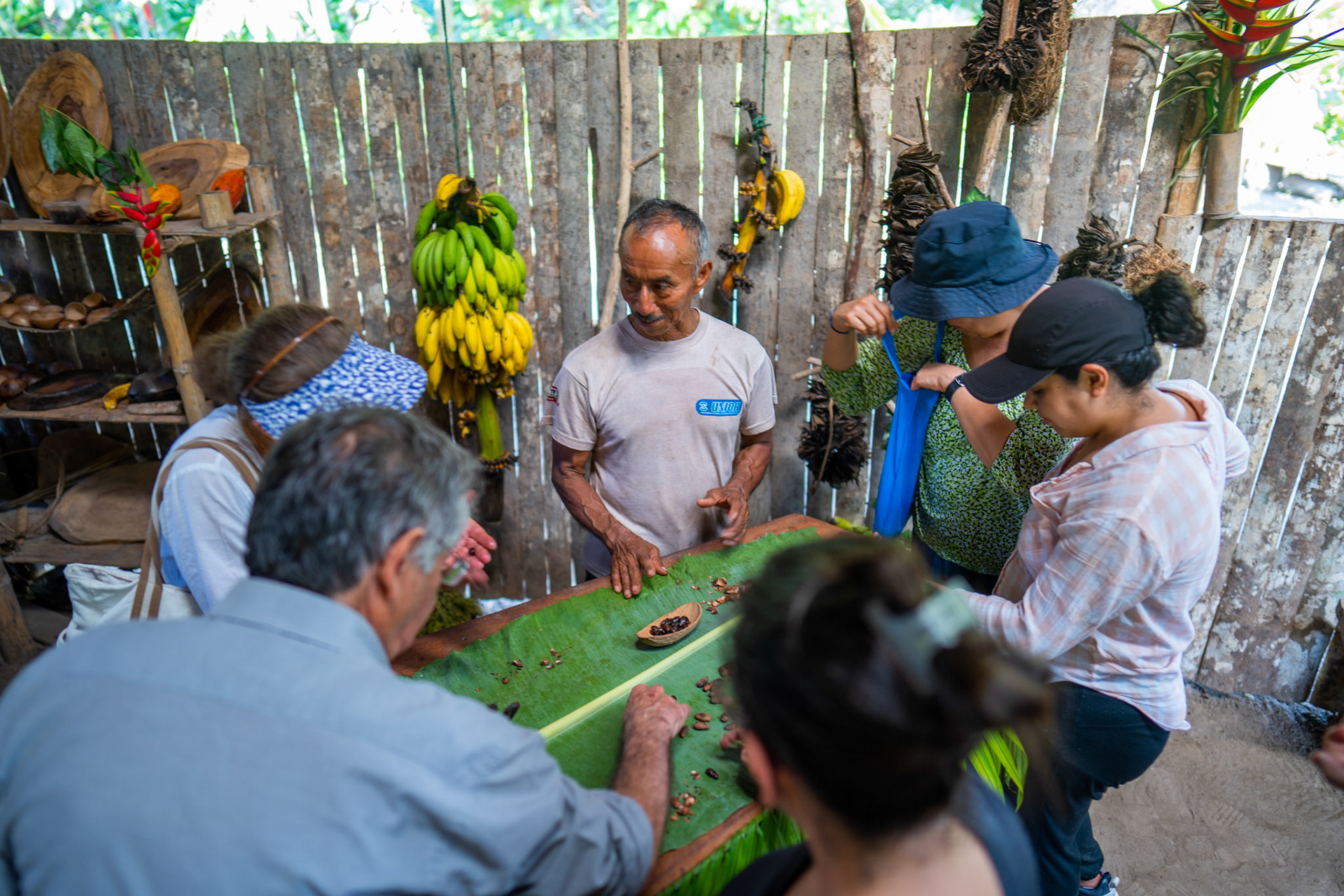
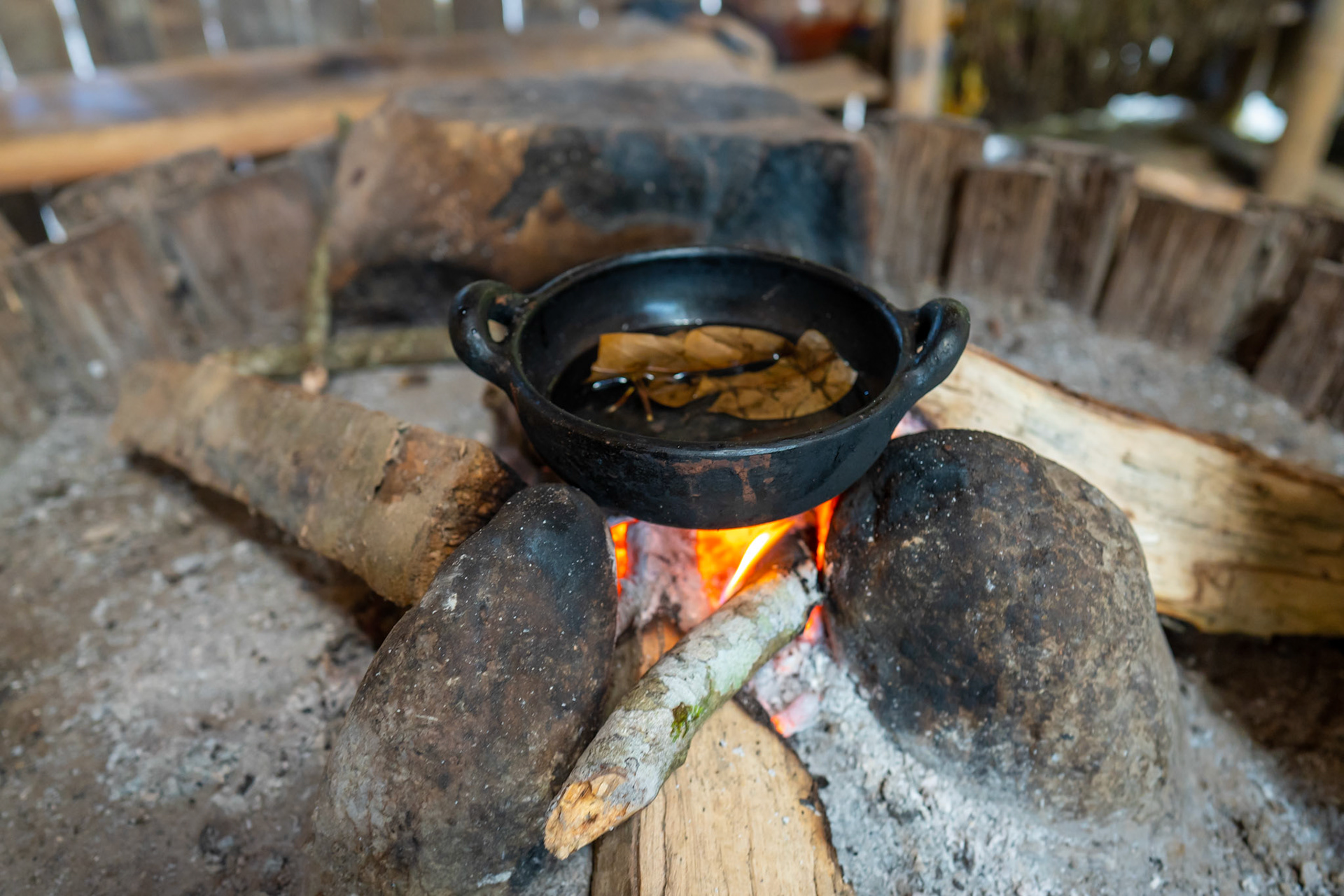
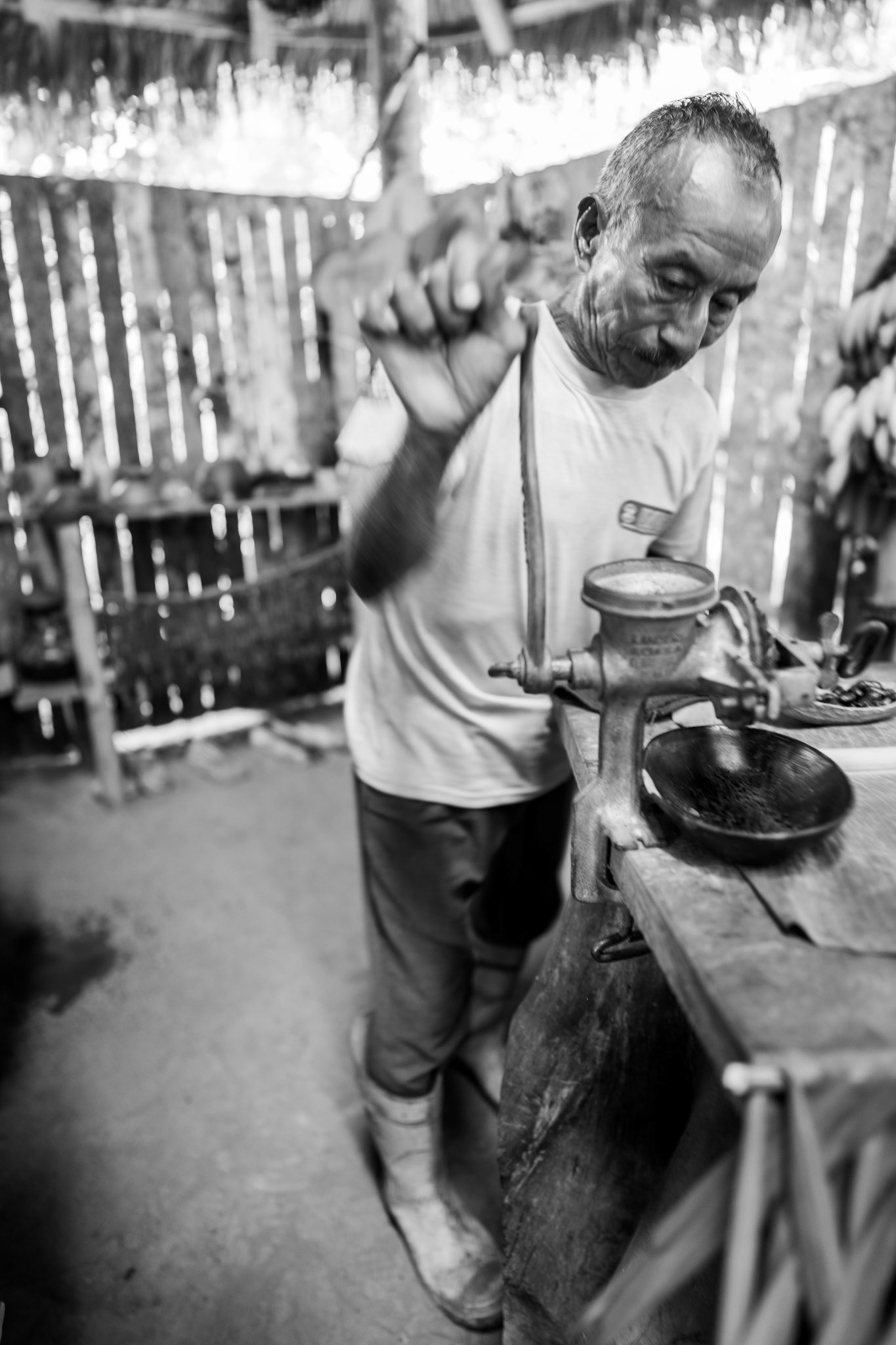
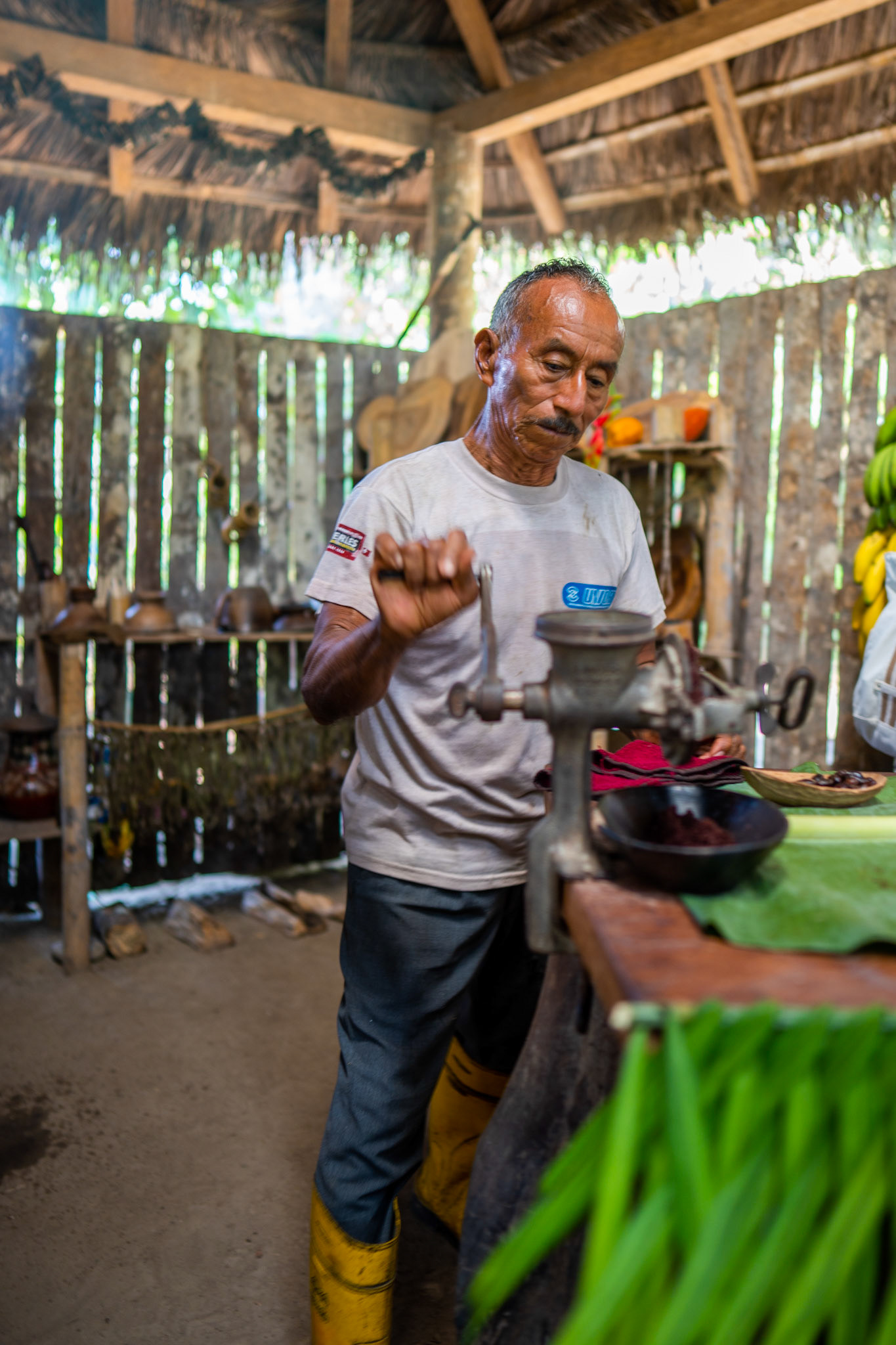
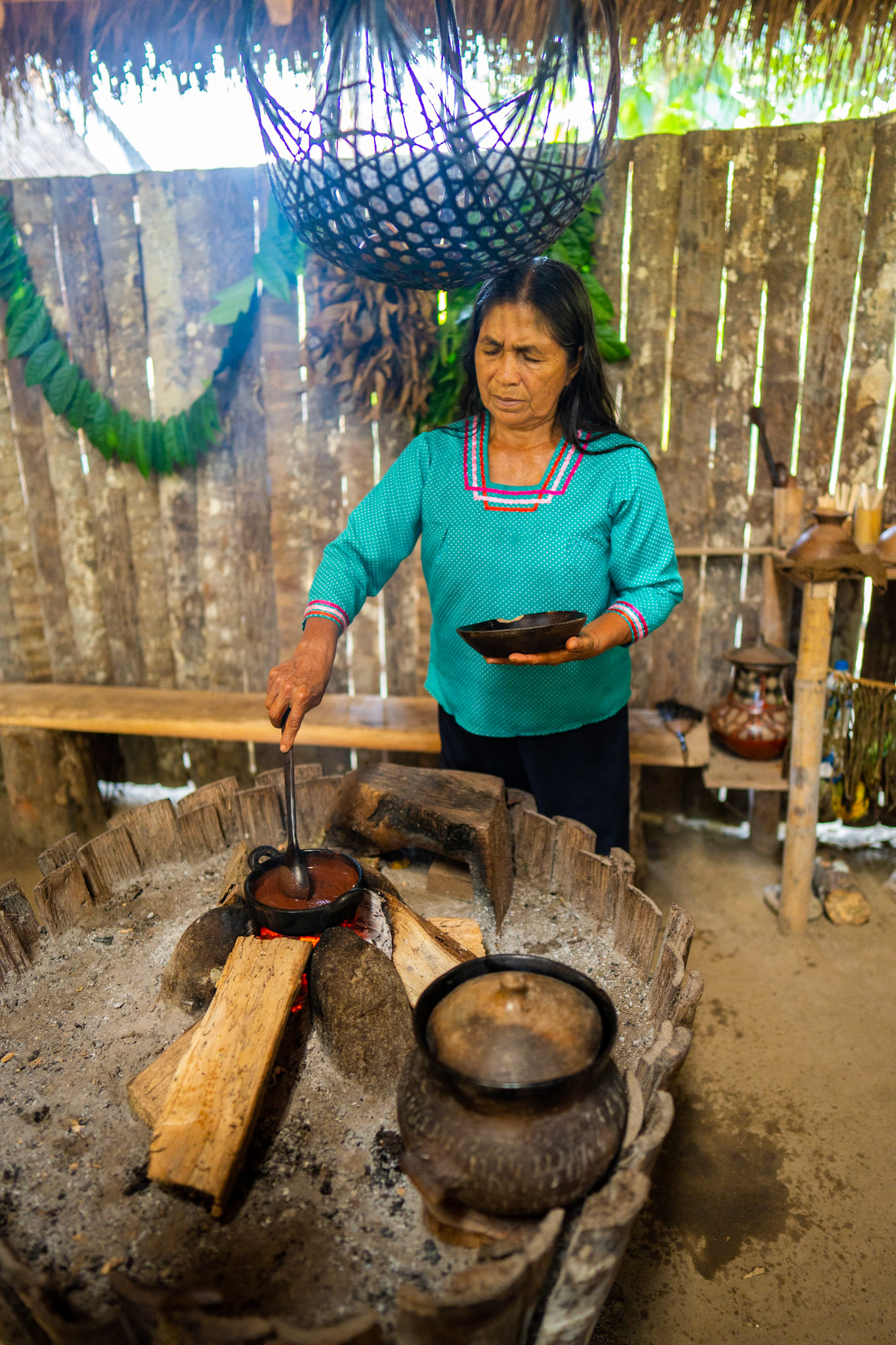
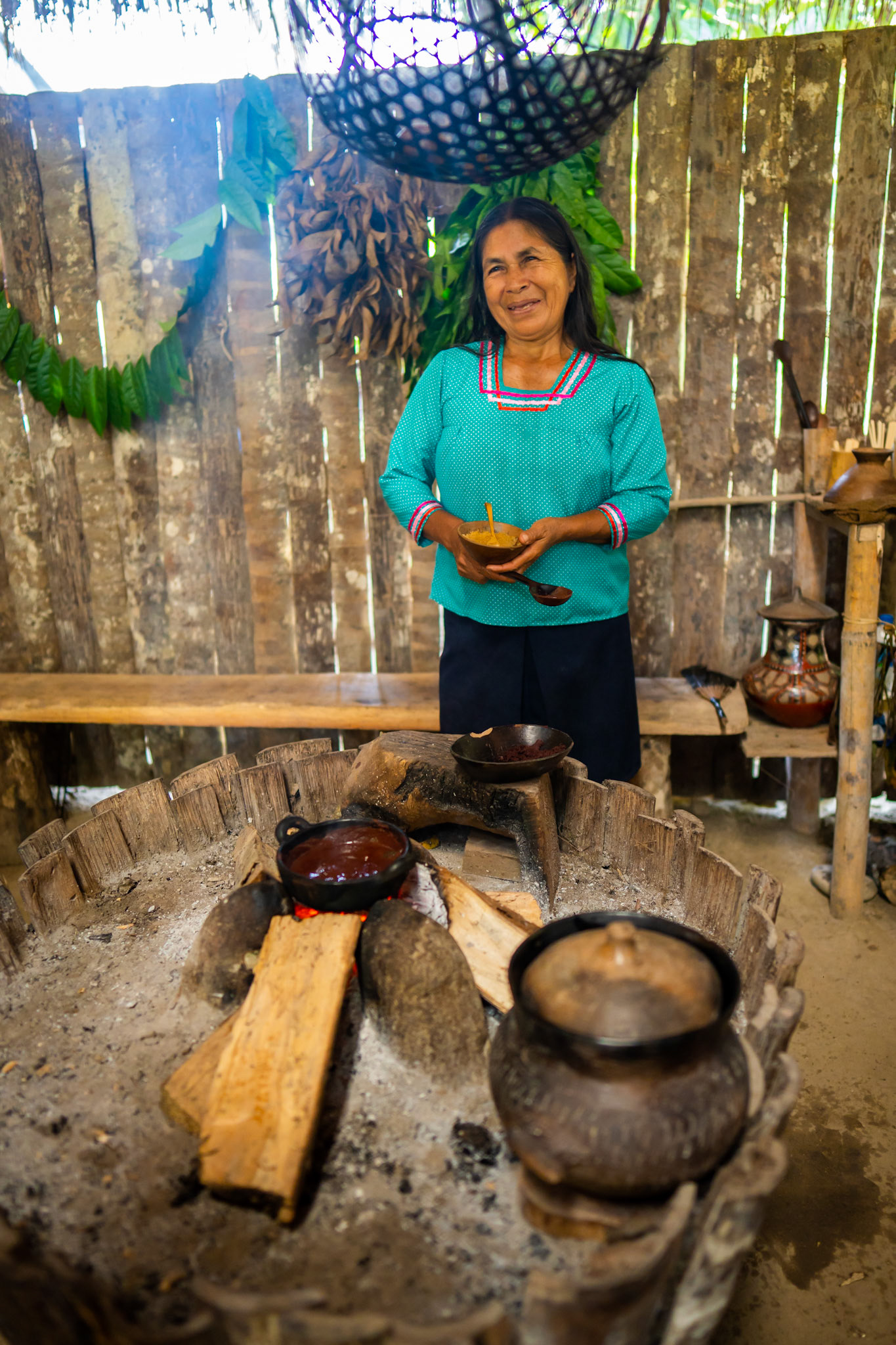
Making traditional chocolate with local ingredients
Sony A7 IV with Sony 24 mm. F1.4 GM
Sony A7 IV with Sony 24 mm. F1.4 GM
Butterfly Farm
In the town of Ahuano, I found a butterfly farm managed by members of the local community. It surprised me how well preserved this place was. The greenhouse-like structure was amazing and the inner gardens were colorful, providing shelter to more than 25 varieties of butterflies. I do not have much knowledge about entomology, but I will try to provide the name of each species that is part of this gallery as soon as possible.
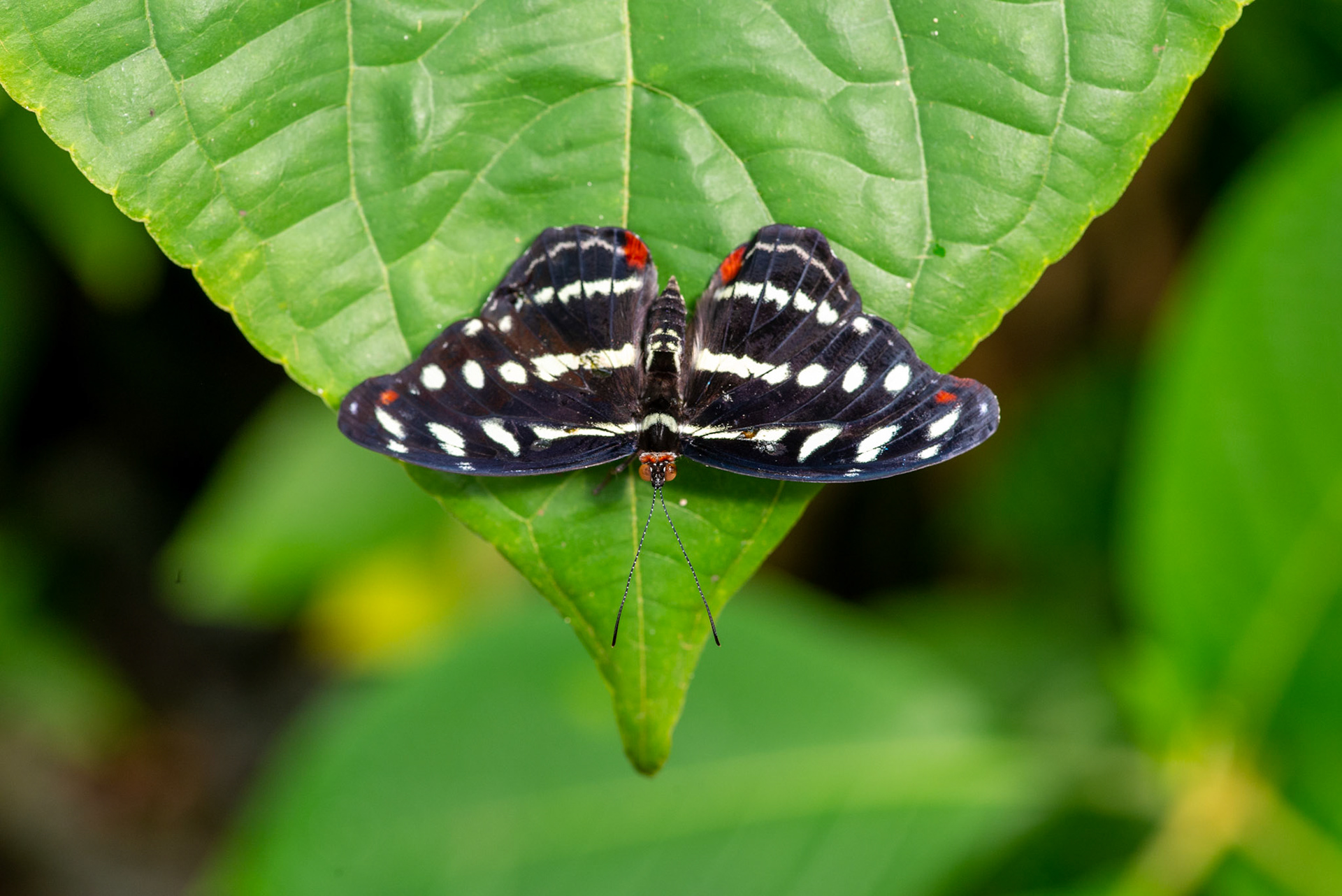

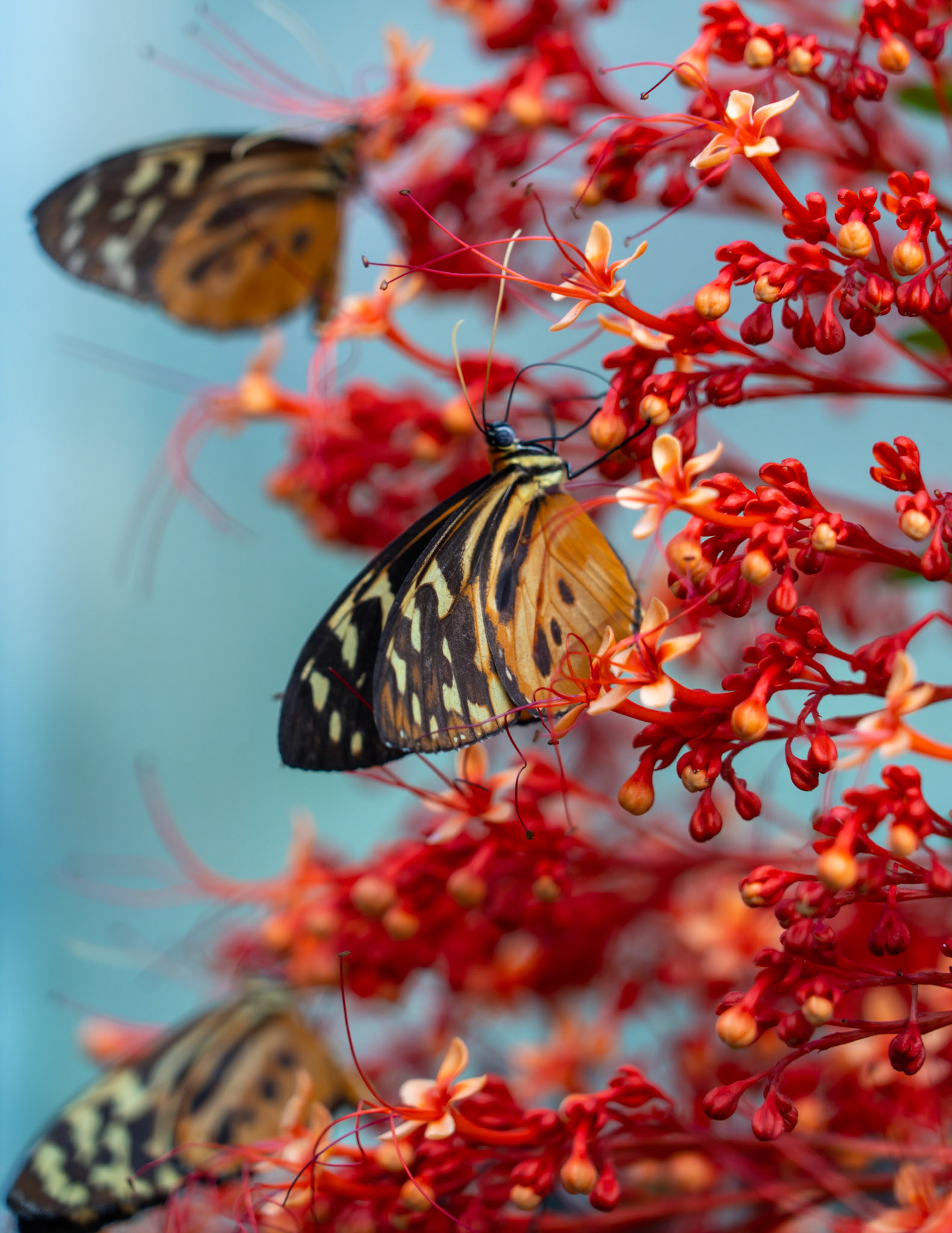
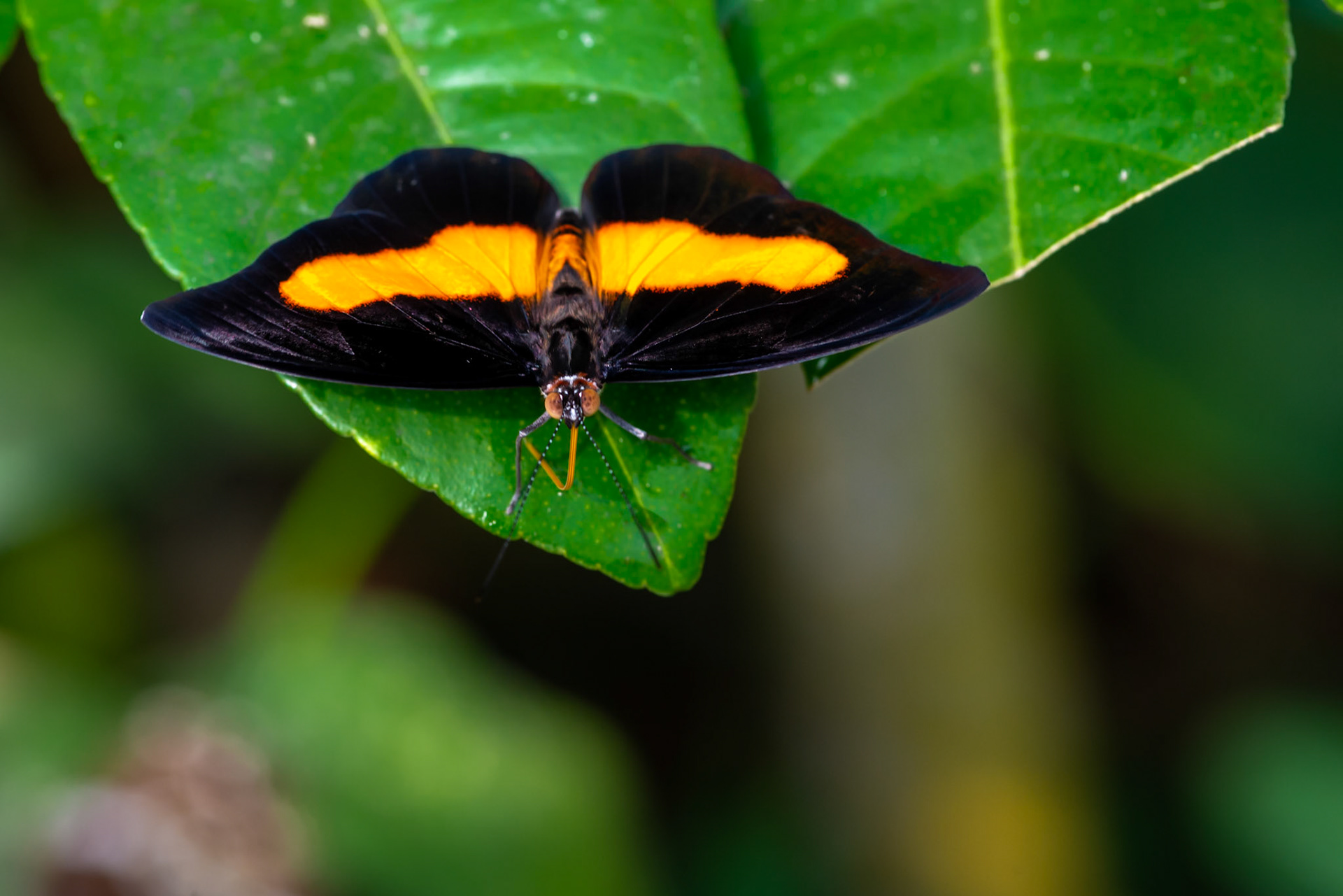
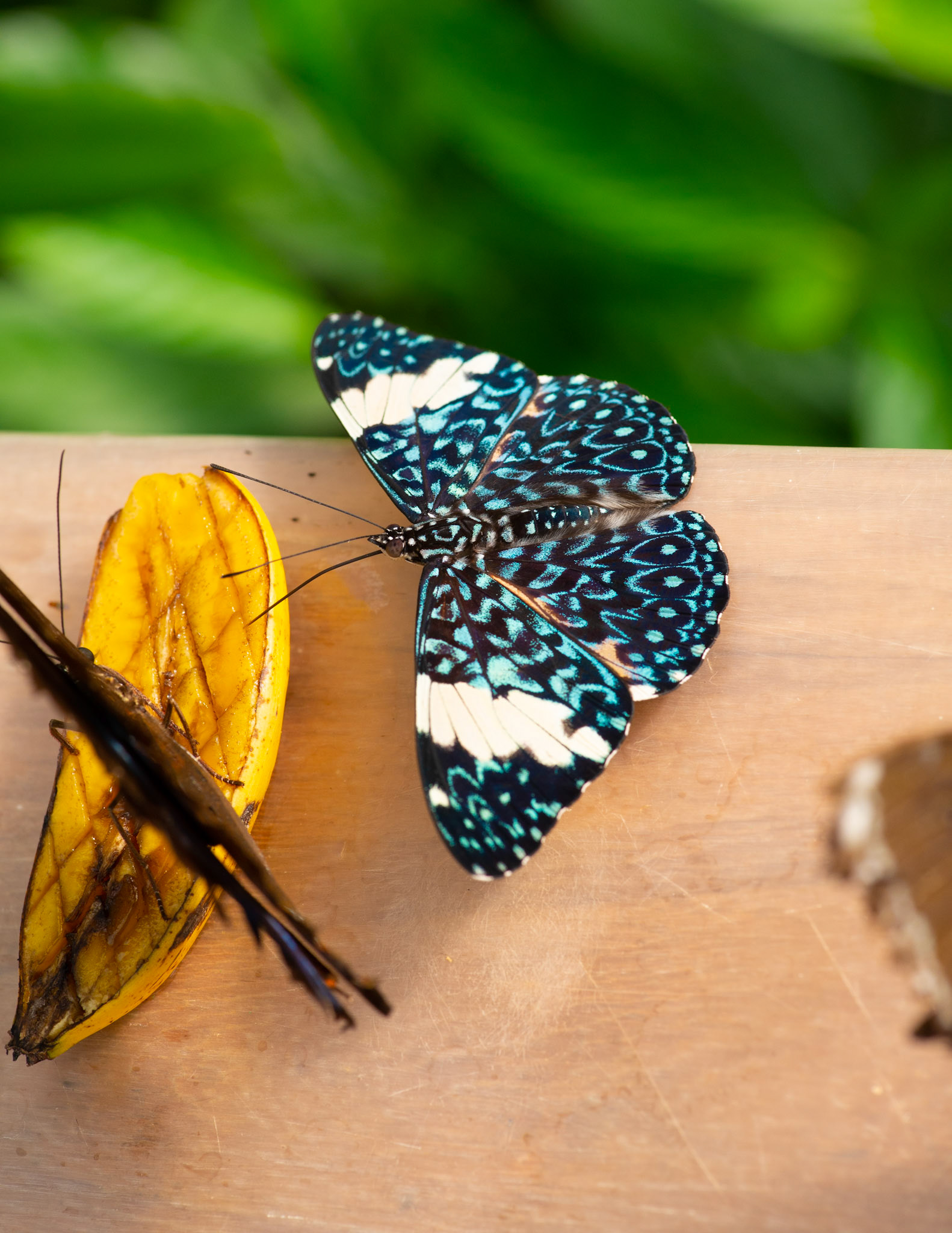
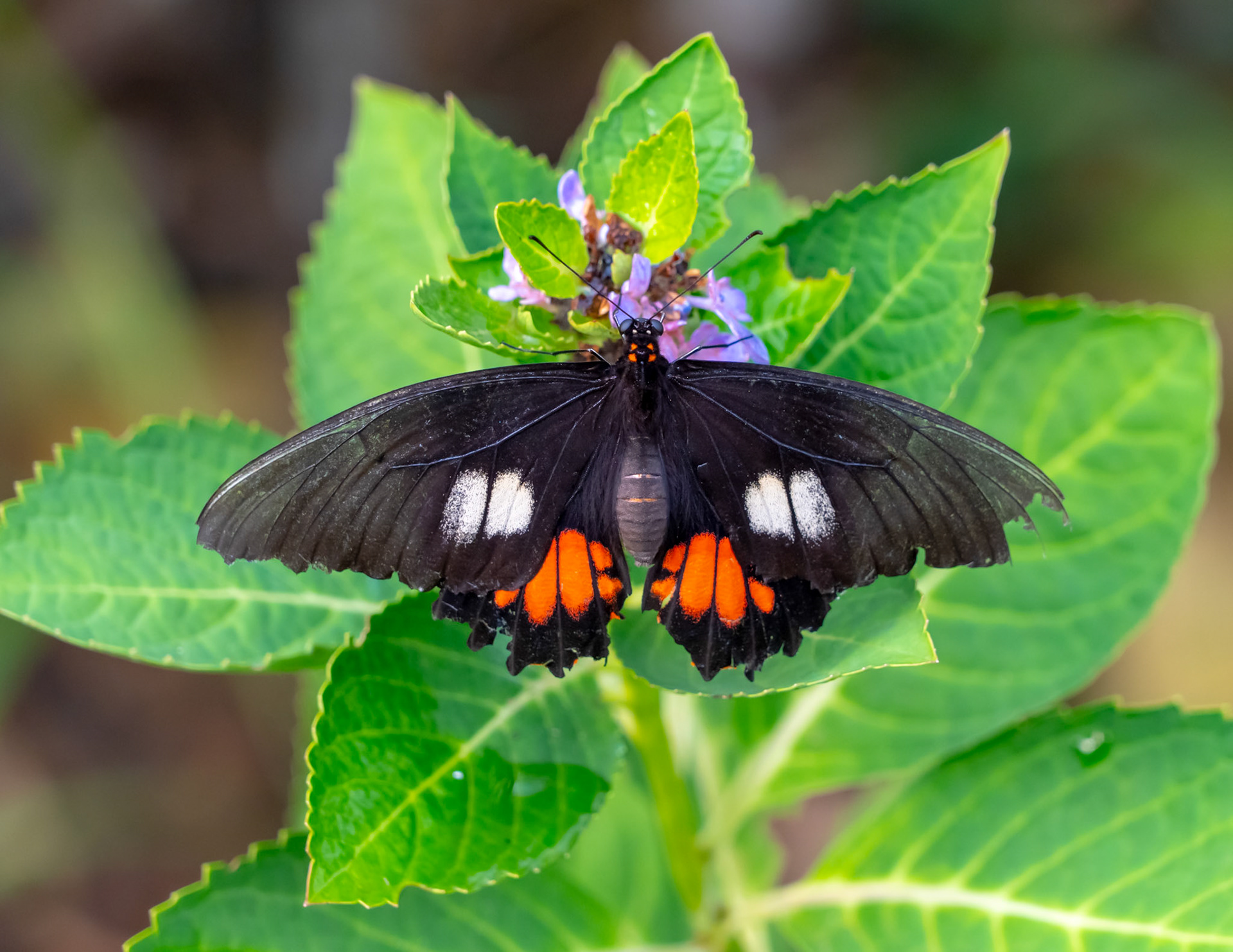
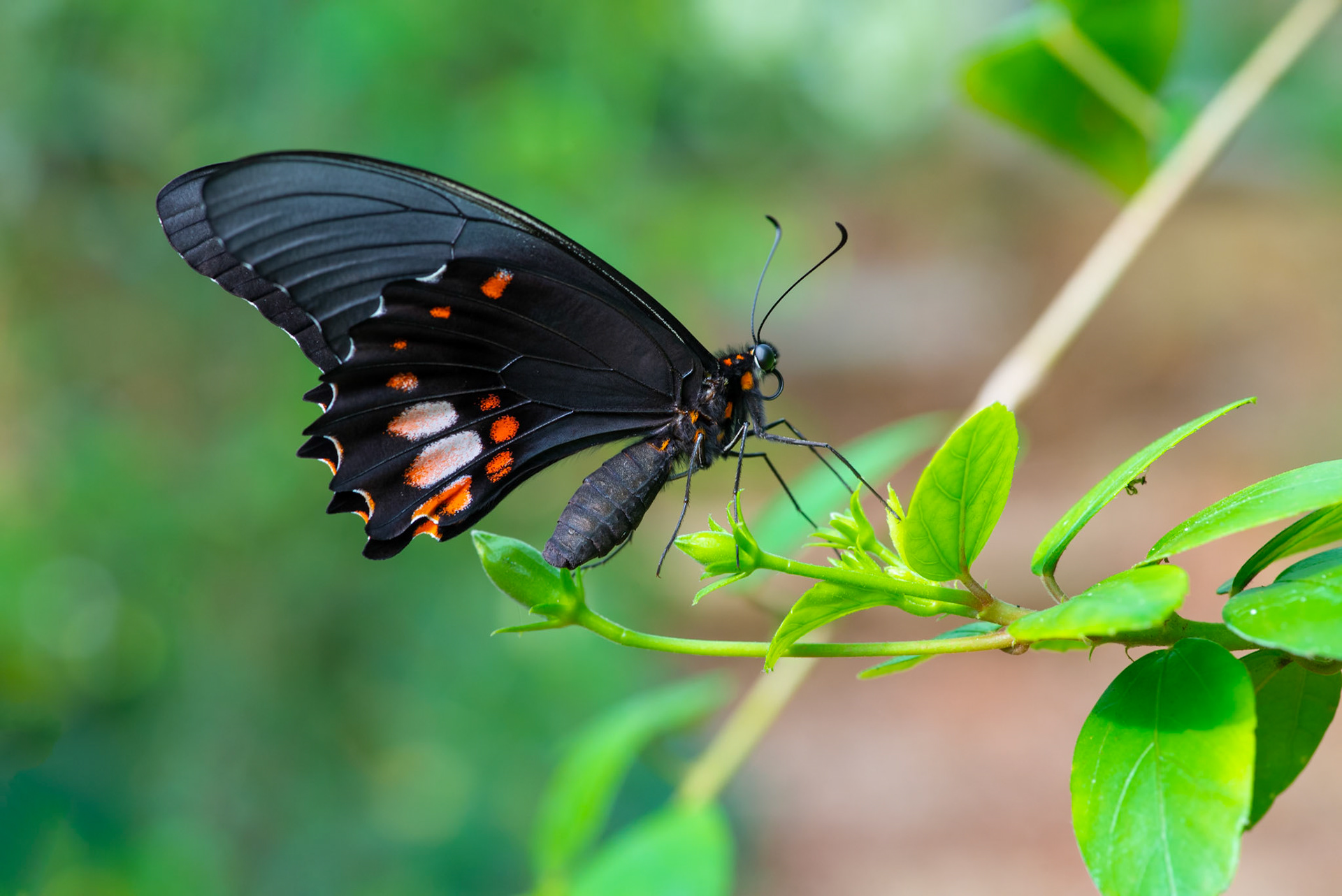
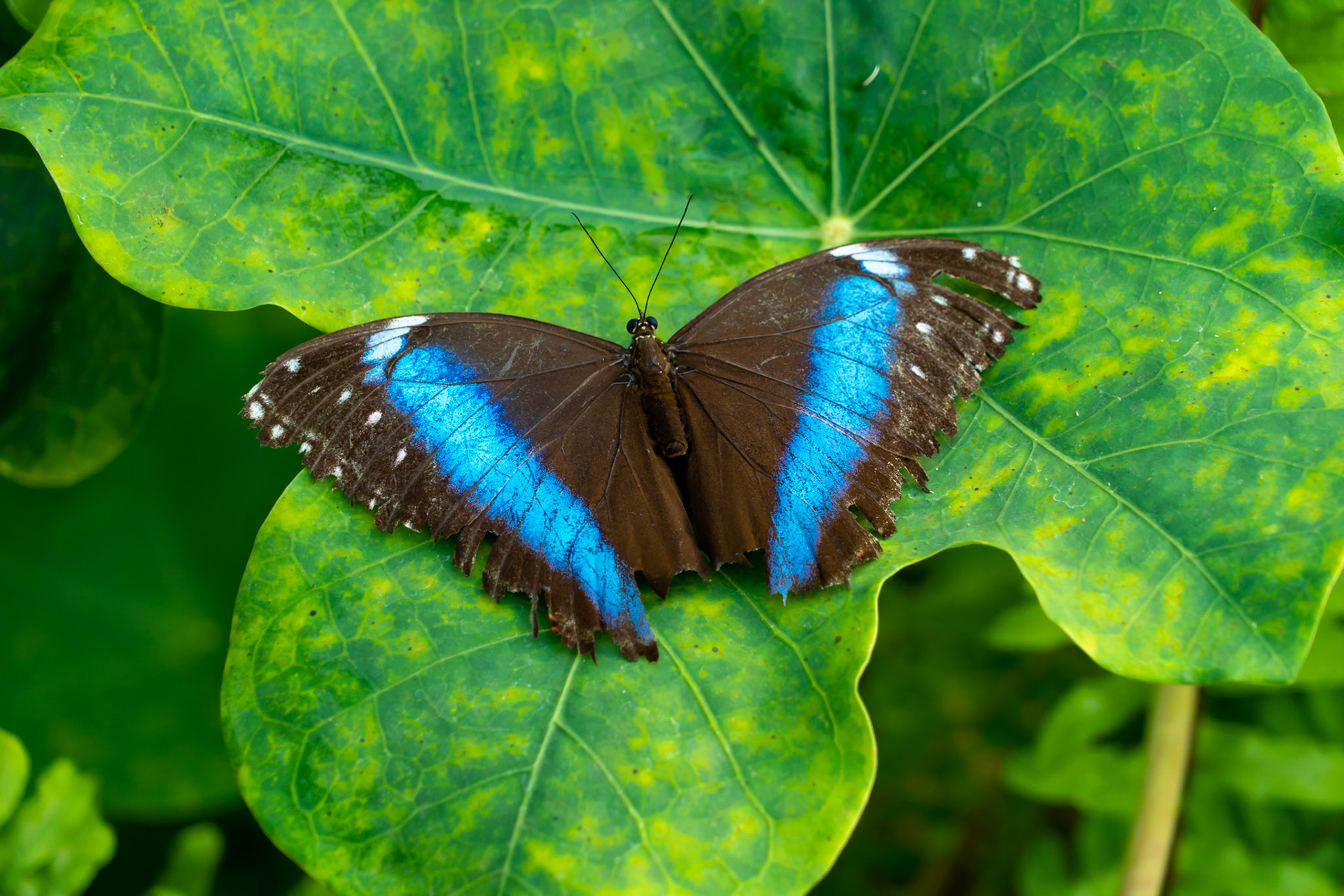
Multiple butterflies
Sony A7 IV with Sony 24-240 mm. F3.5-6.3 GM
Nikon D600 with Tokina AT-X Pro Macro 100 mm F2.8 D
Sony A7 IV with Sony 24-240 mm. F3.5-6.3 GM
Nikon D600 with Tokina AT-X Pro Macro 100 mm F2.8 D
The Napo River
The Napo River is a major river in Ecuador, located in the Amazon Basin. Along its course, it passes through the provinces of Sucumbios, Napo, and Orellana. The river is part of an important ecological corridor, home to a vast array of wildlife, including jaguars, river dolphins, and a variety of birds. It is also an important source of food and livelihoods for local people.
The river is used for fishing, transportation, and recreation, and it is also a popular tourist destination for those interested in adventure and wildlife. The river is known for its rapids and there are many popular rafting and kayaking routes available. It is also a source of water for many of the communities along its banks. The Napo River is an integral part of the Amazonian ecosystem, providing habitat and resources for a vast array of species and sustaining the many human communities that rely on it.

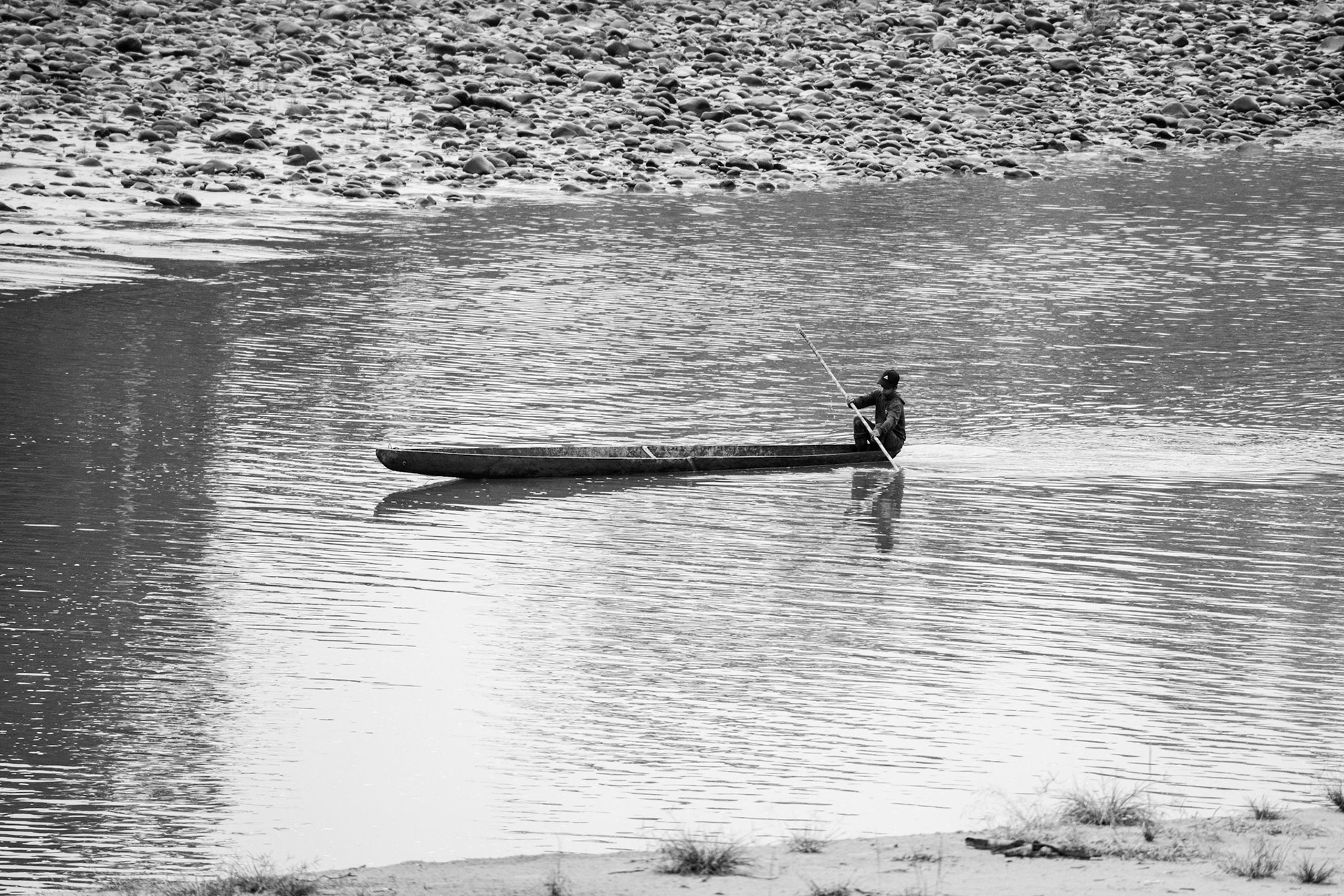

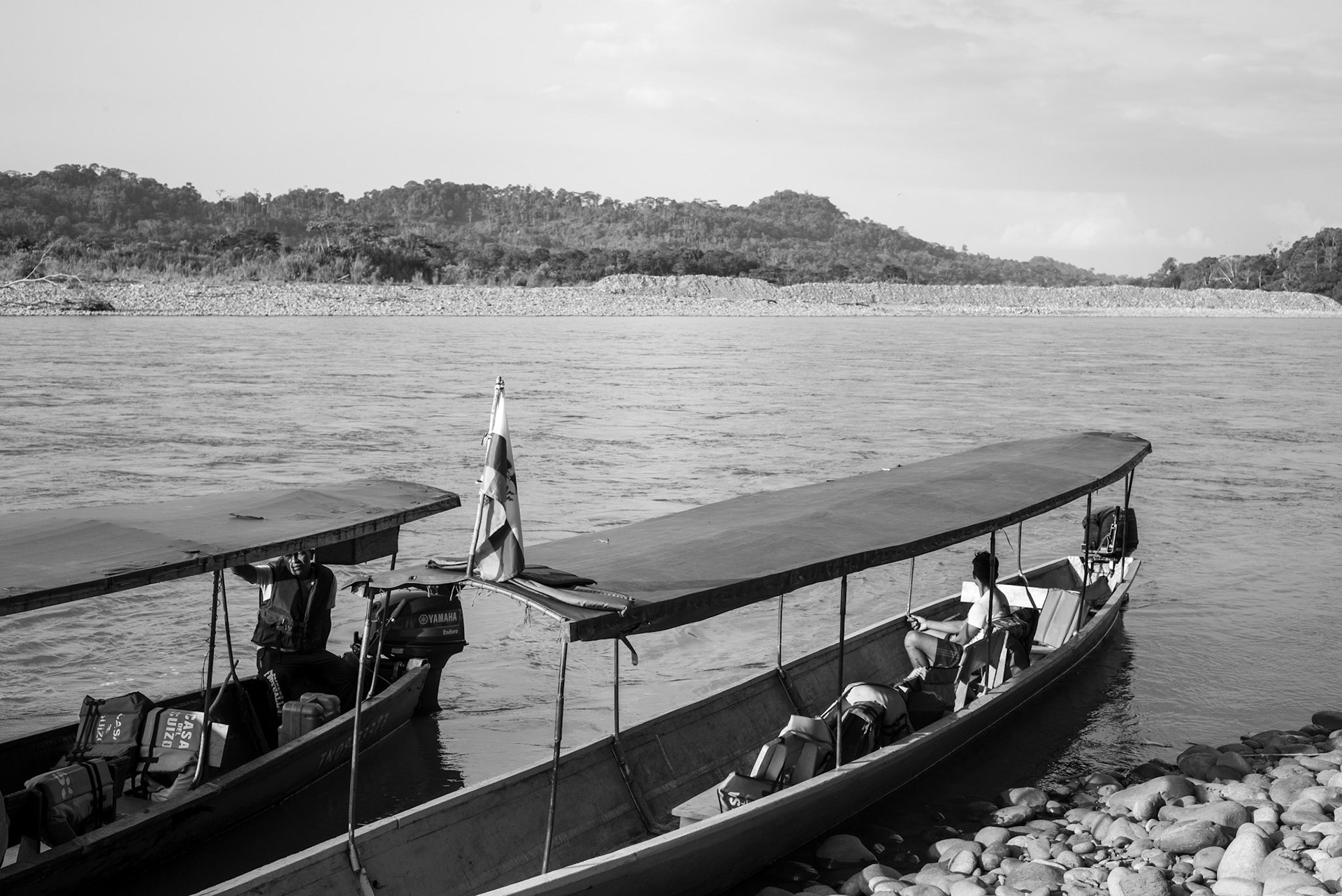
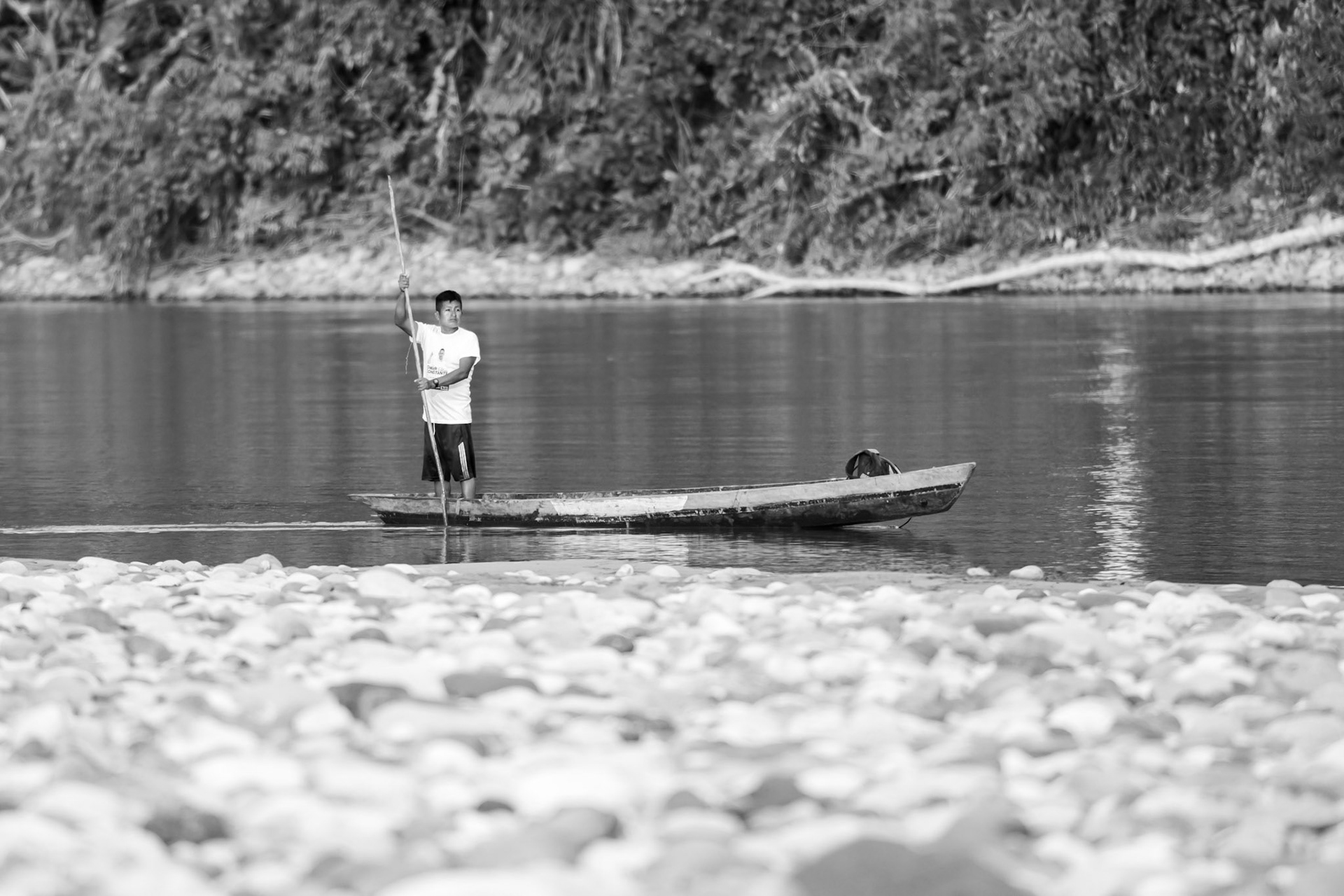
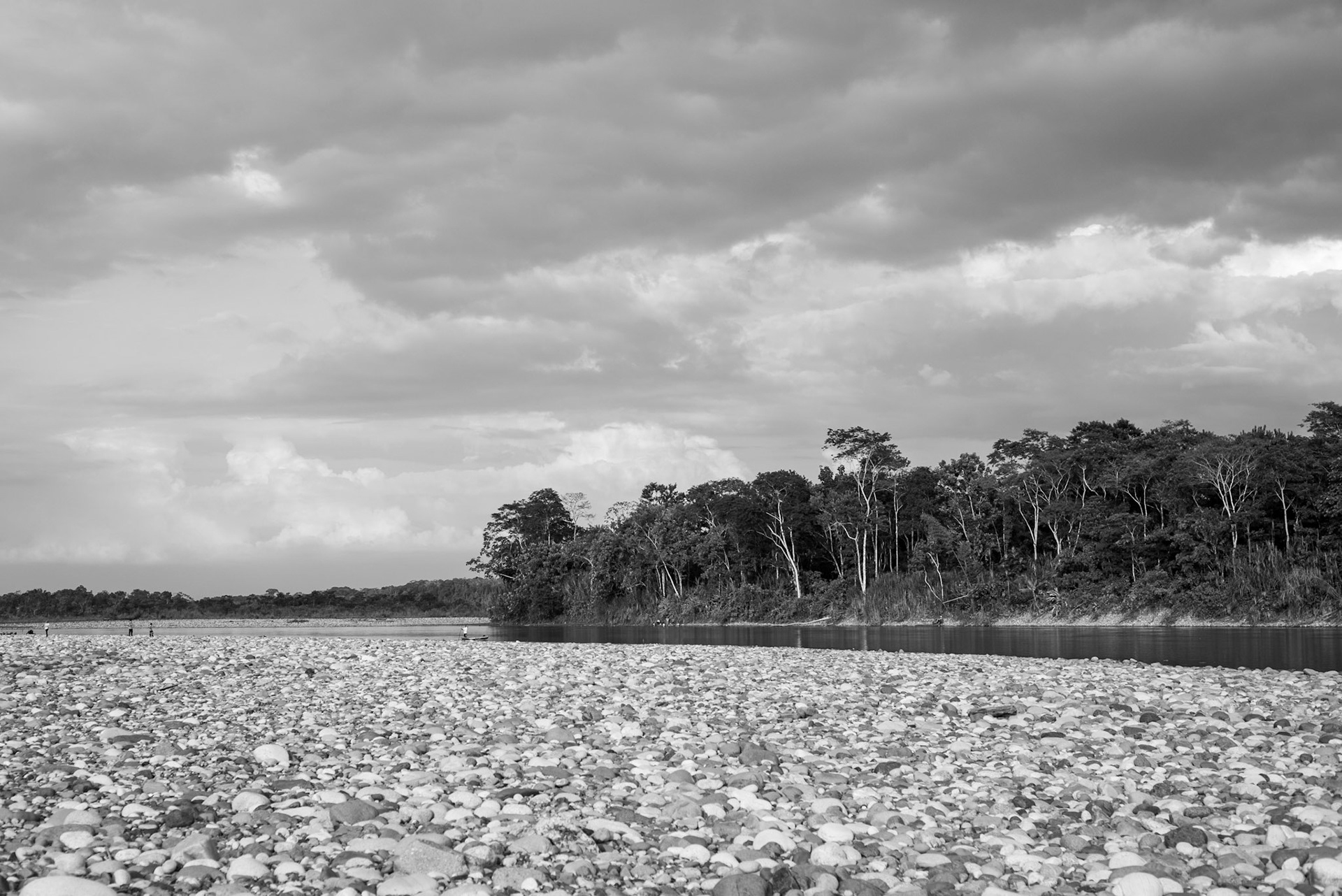
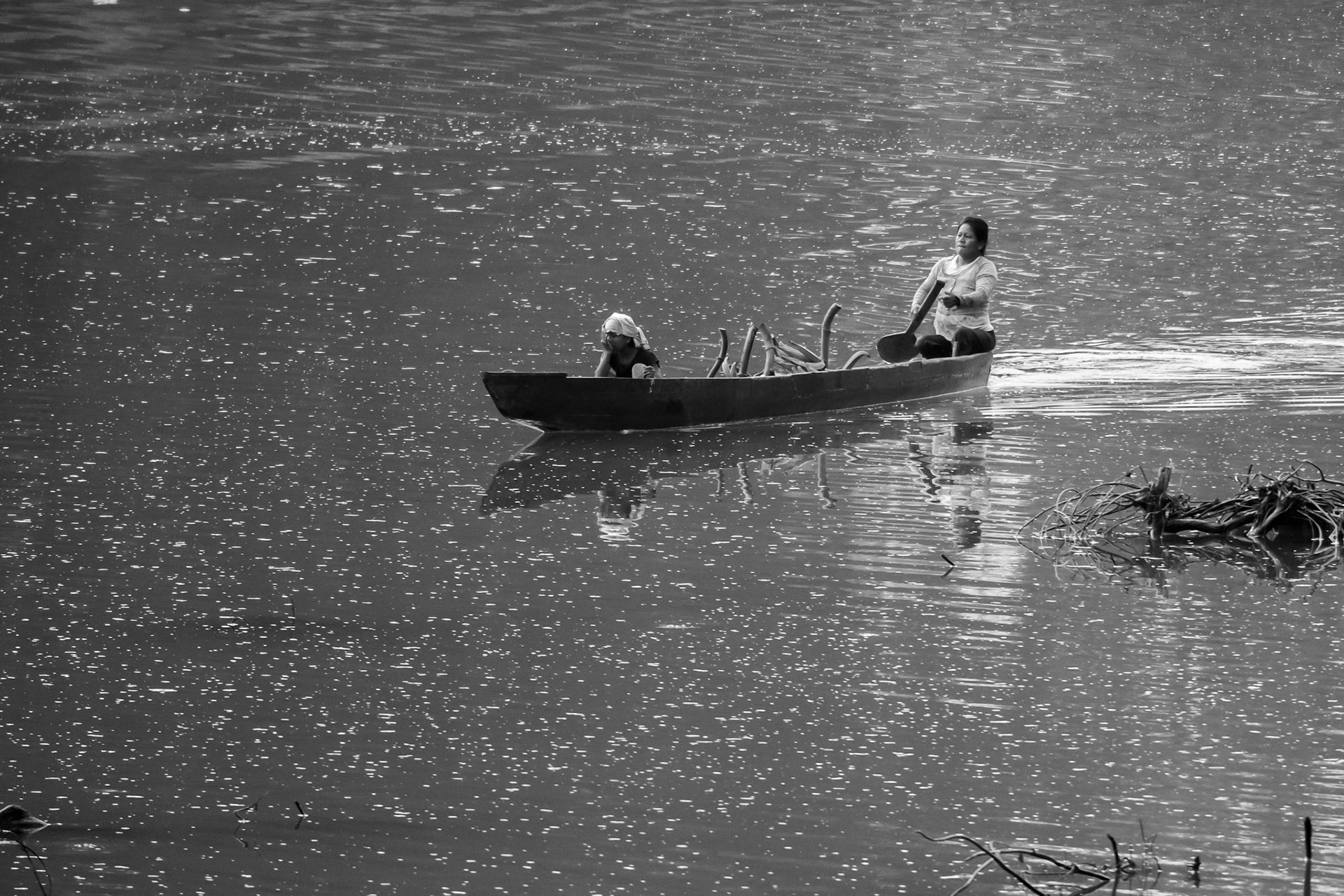

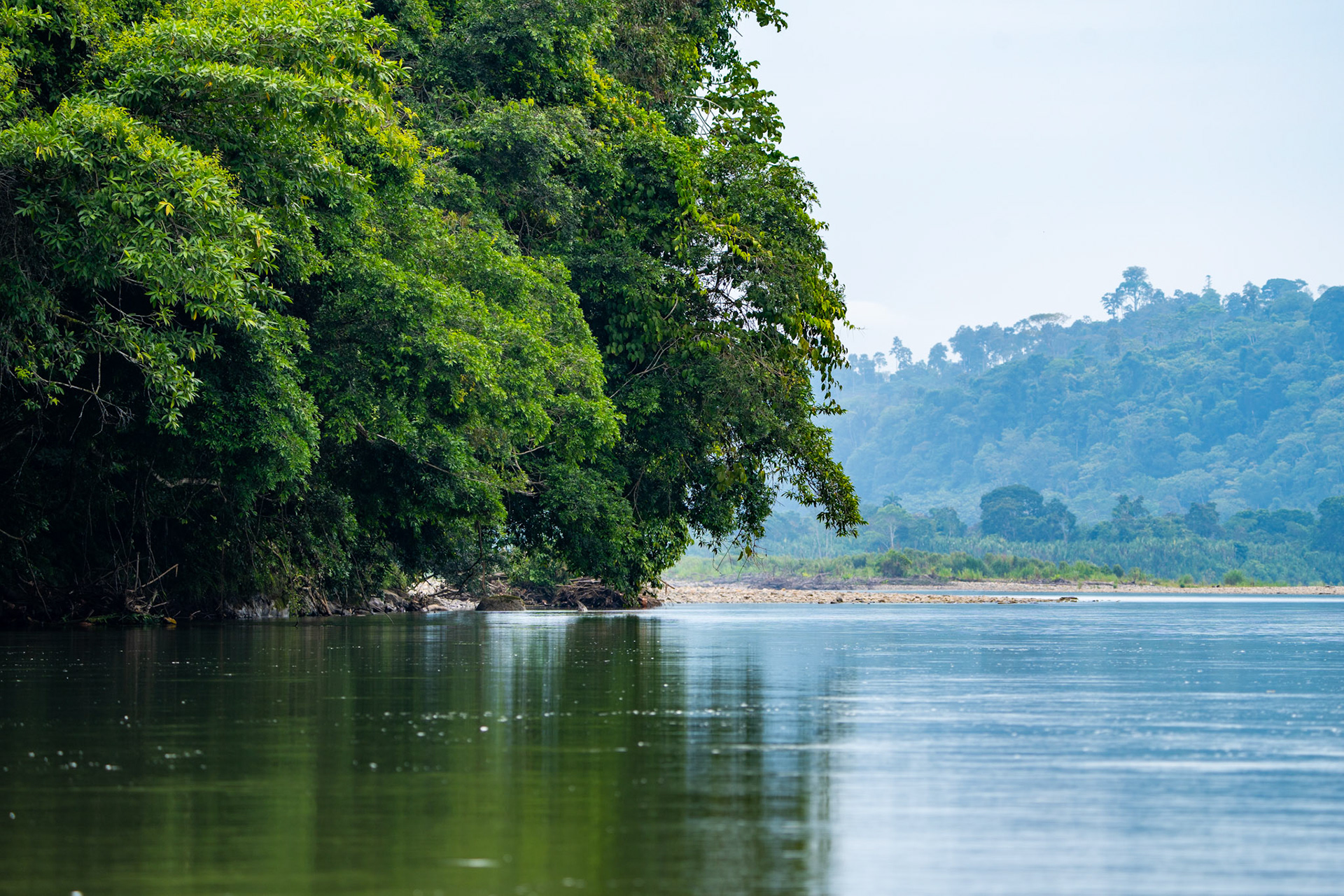
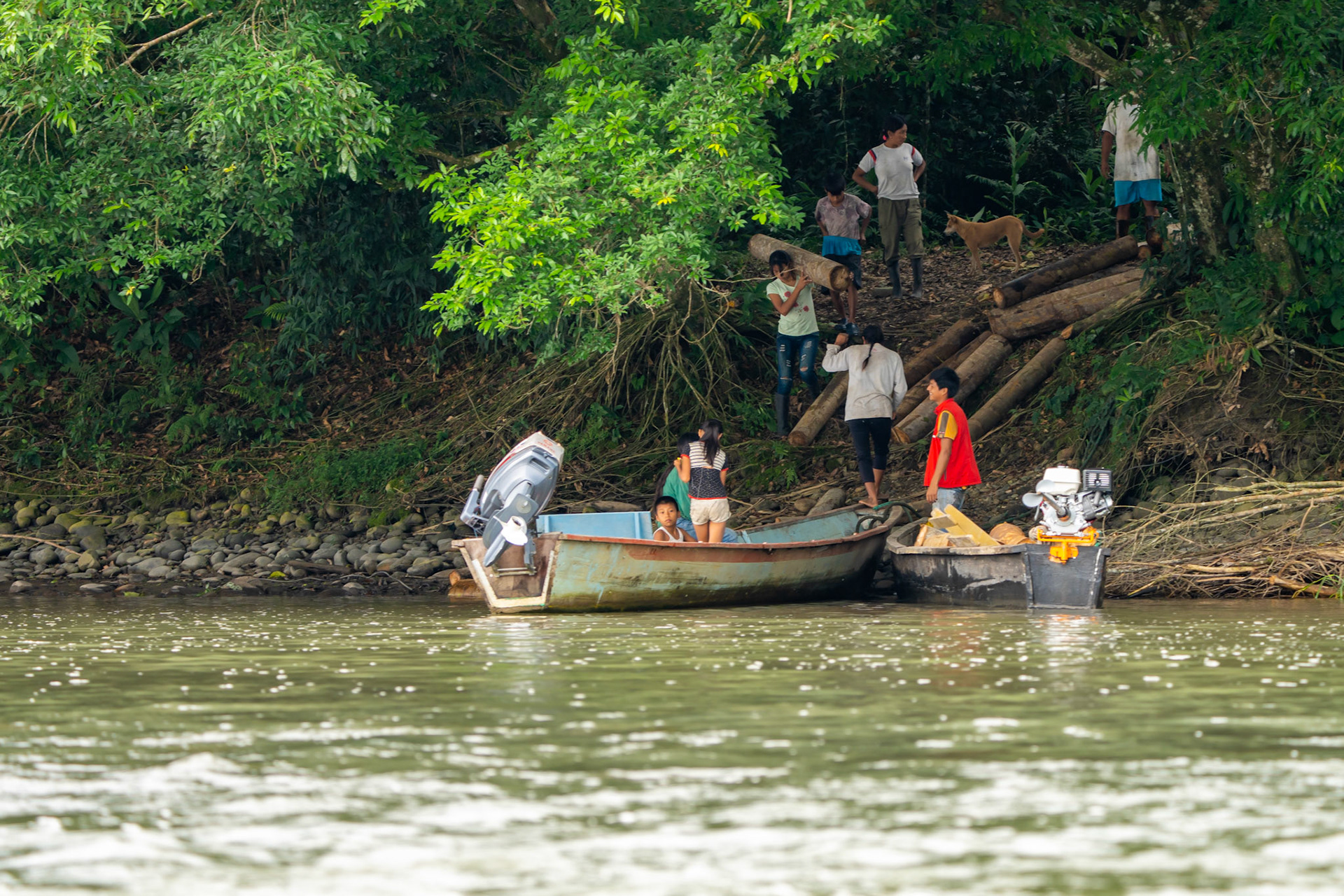
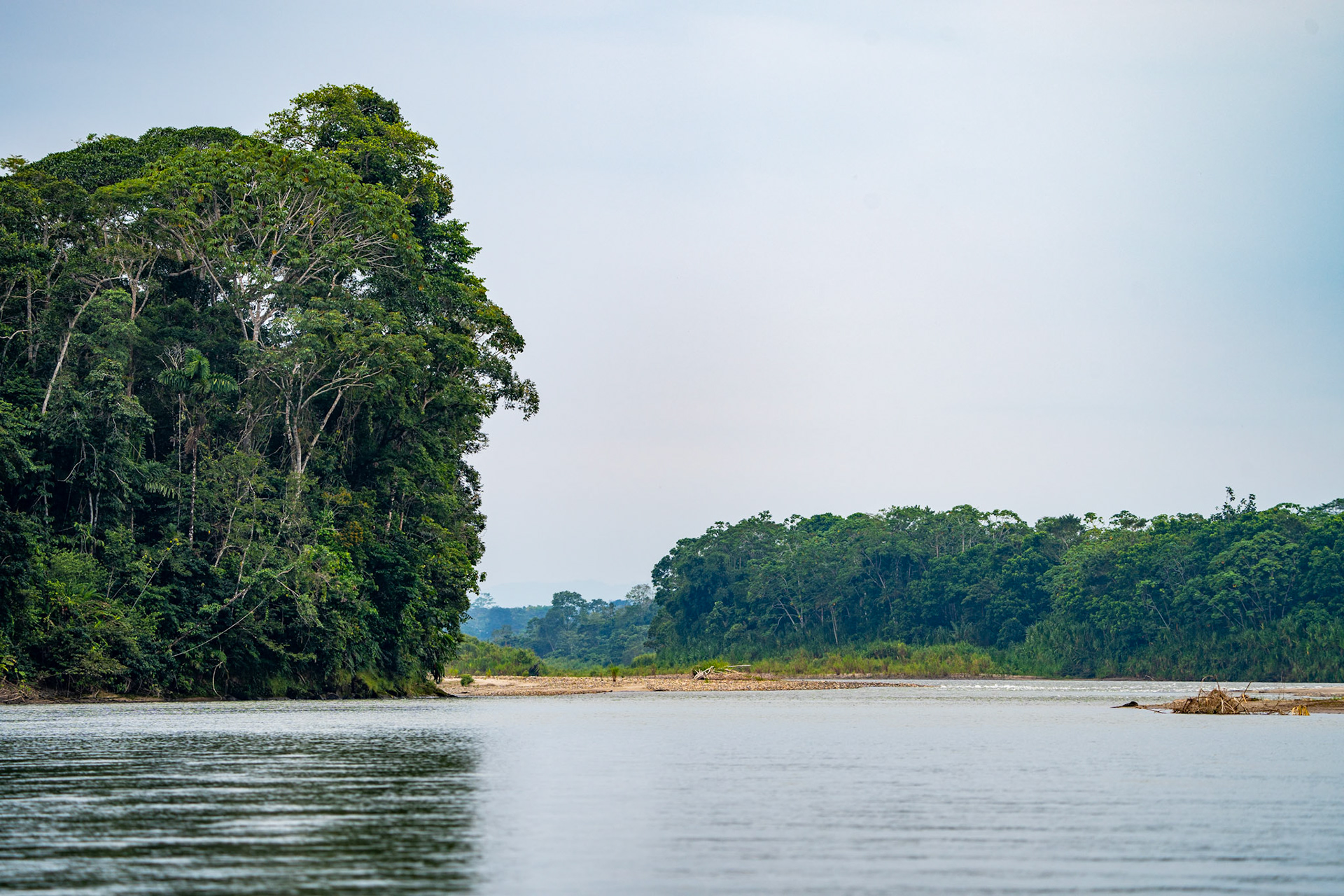

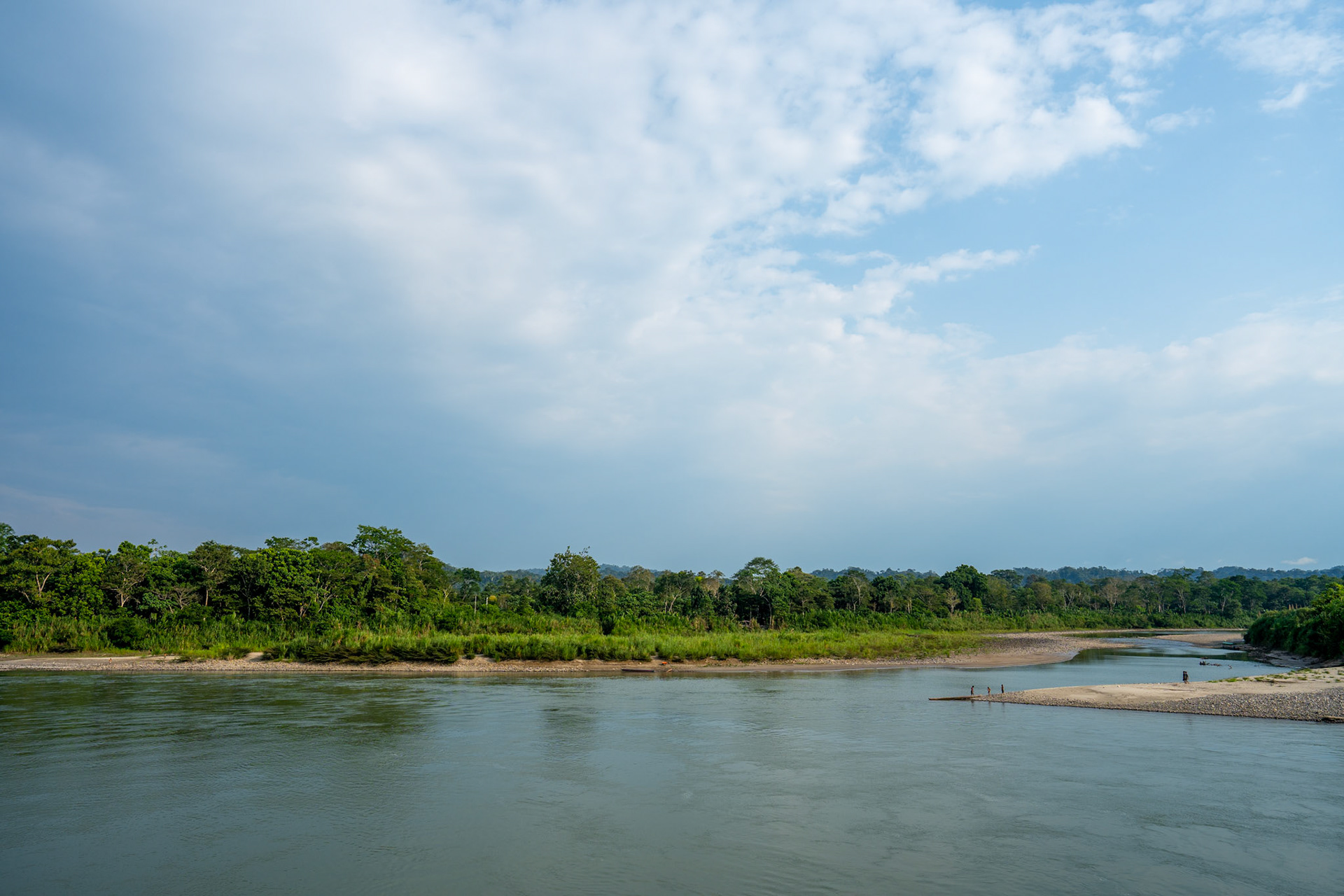
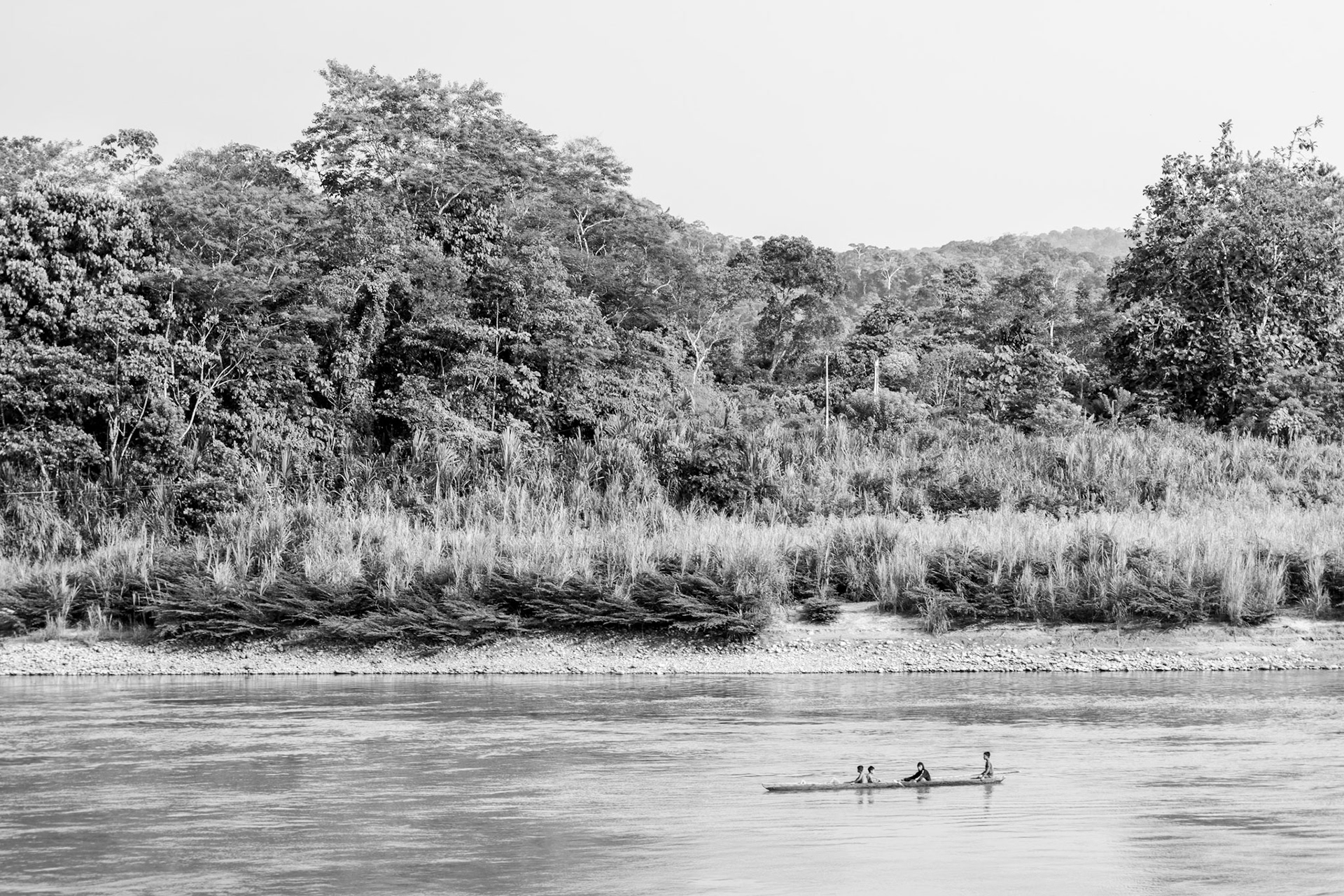
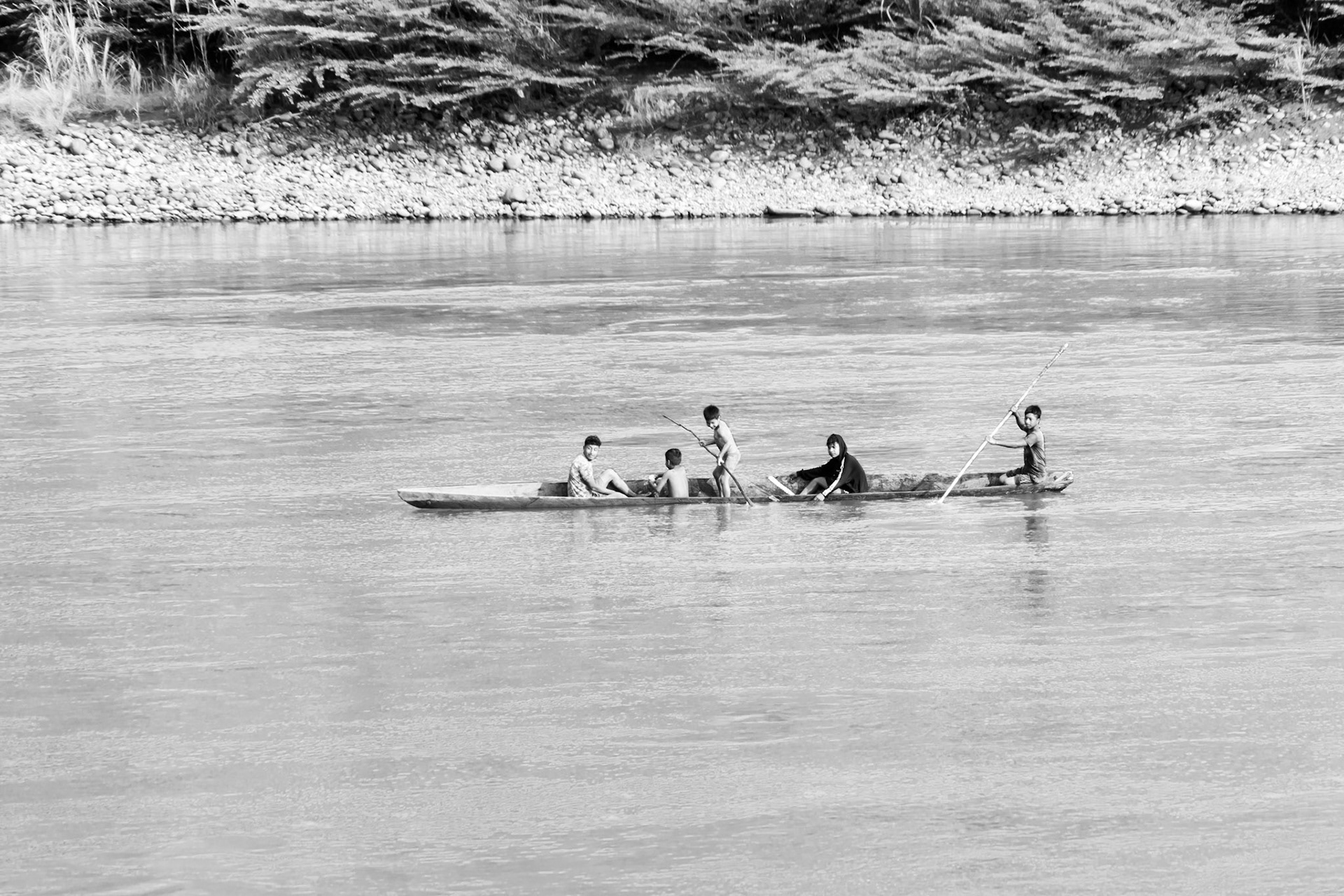
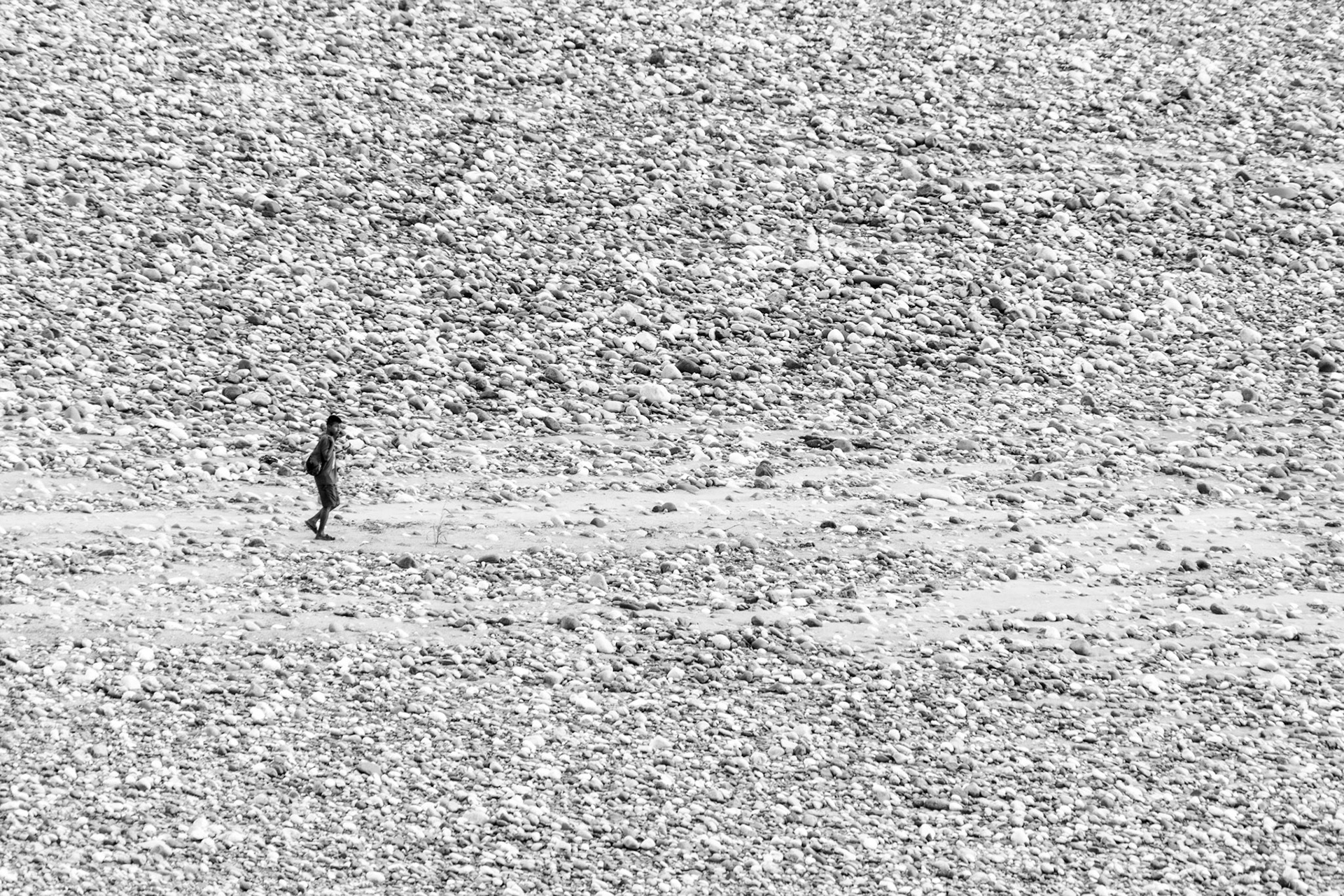
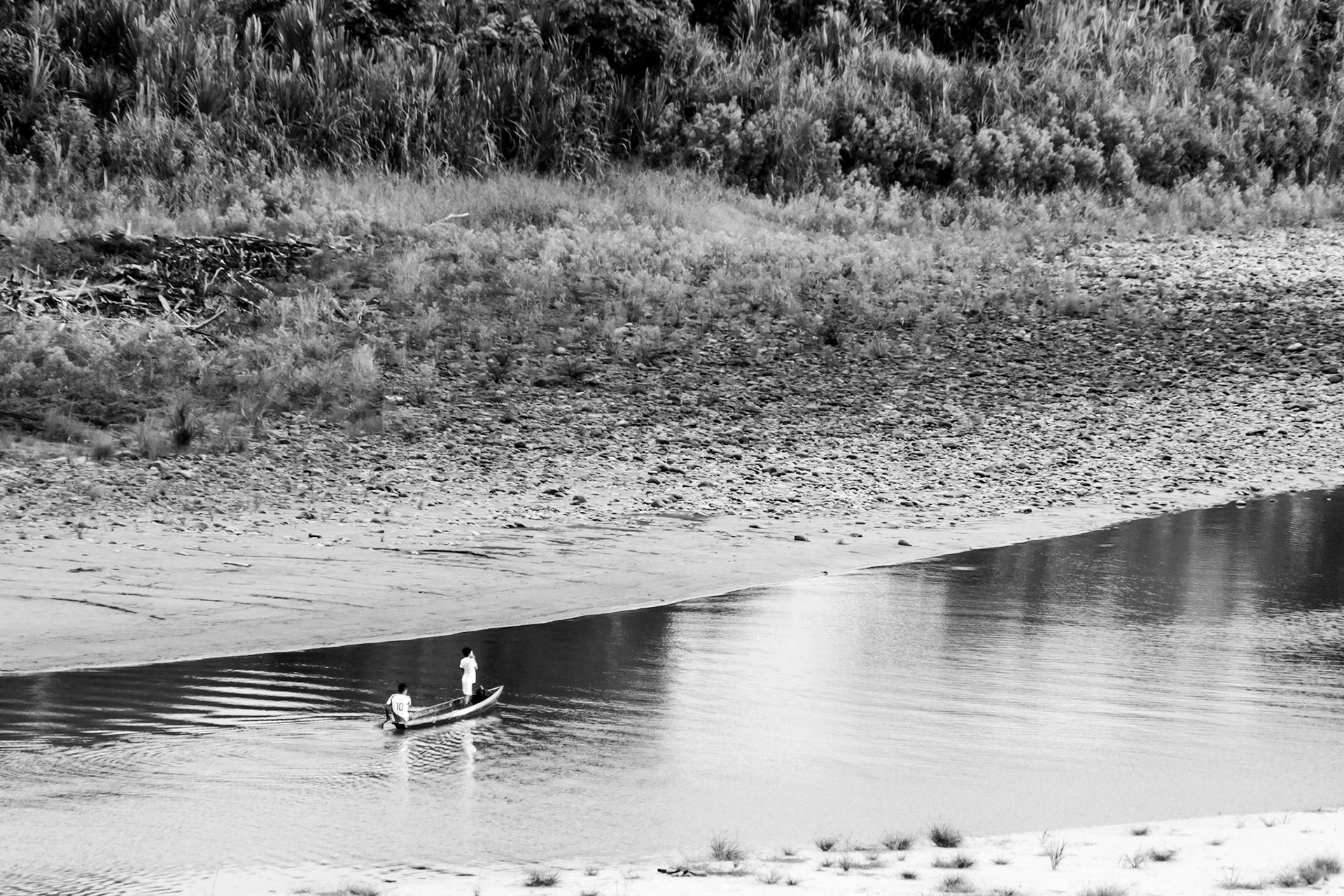
Ahuano and its surroundings
Sony A7 IV with Sony 200-600 mm. F5.6-6.3 G
Sony A7 IV with Sony 200-600 mm. F5.6-6.3 G

Clear sky above the Napo river
Sony A7 IV with Sony 24 mm. F1.4 GM
Sony A7 IV with Sony 24 mm. F1.4 GM
Wildlife in Ahuano
Birds are a common sight in Ahuano, including toucans, parrots, macaws, hawks, and eagles. Reptiles, amphibians and insects, such as frogs, lizards, snakes and butterflies, are also found in abundance. Freshwater fish are also common in the region, including piranhas, catfish, and electric eels.
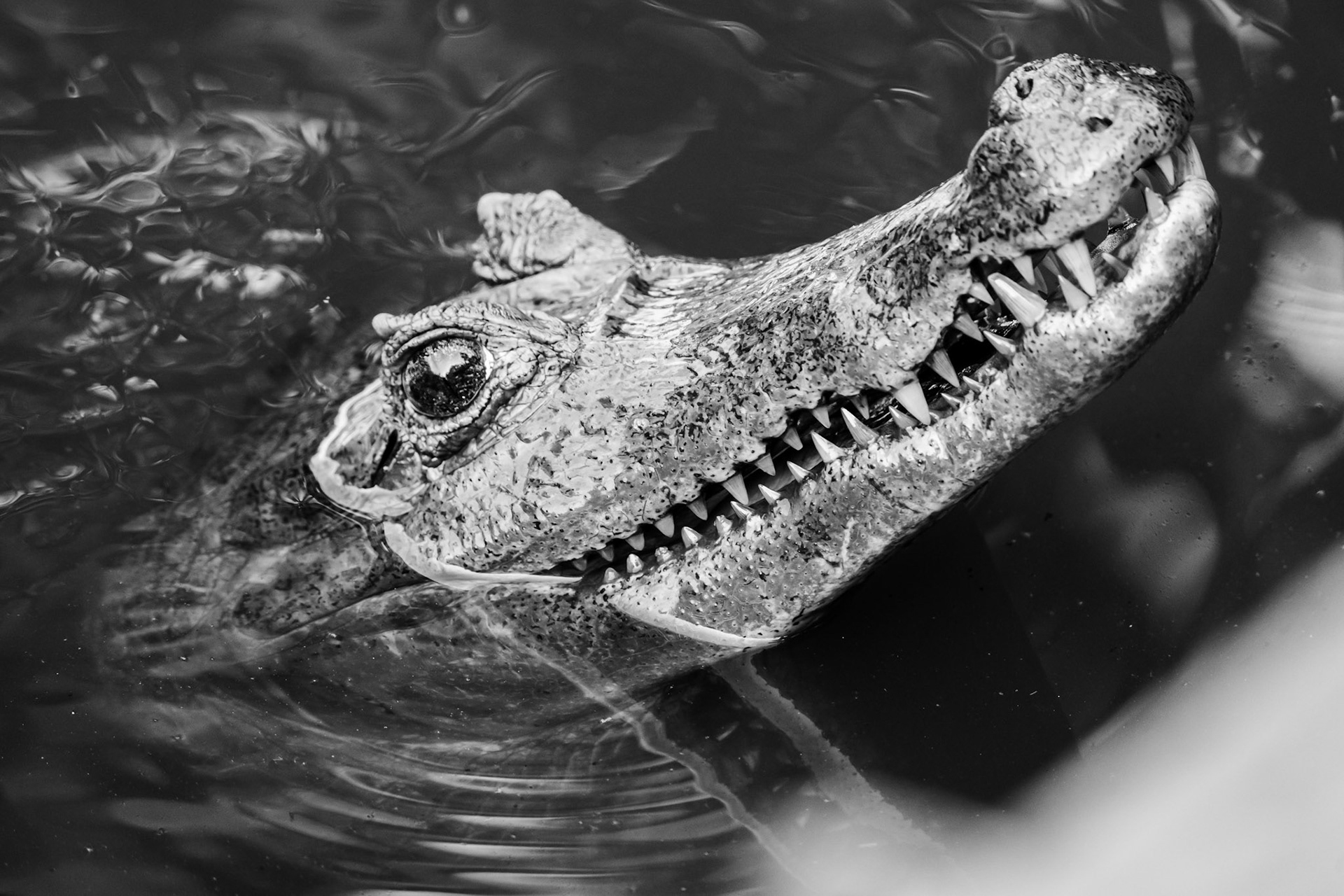
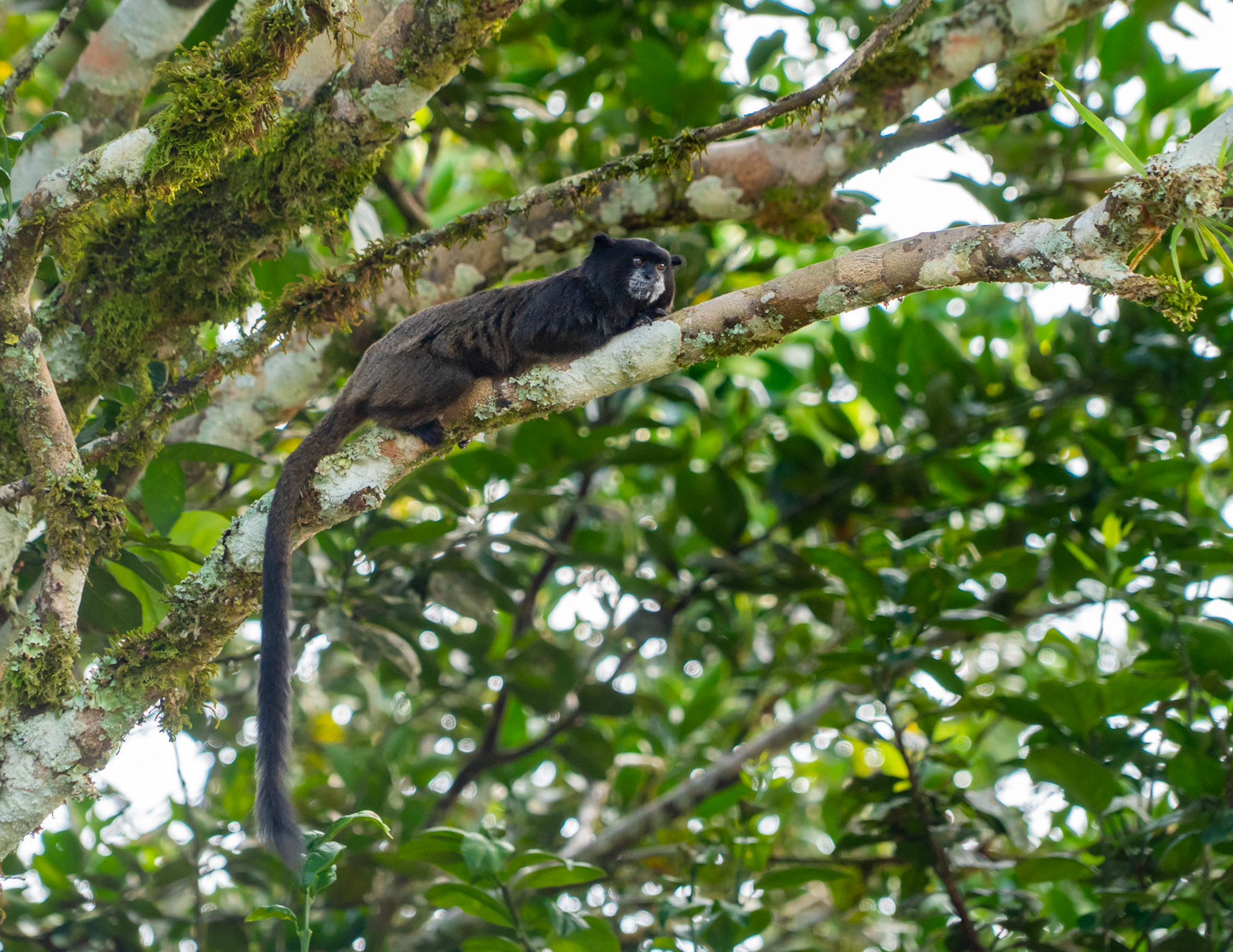
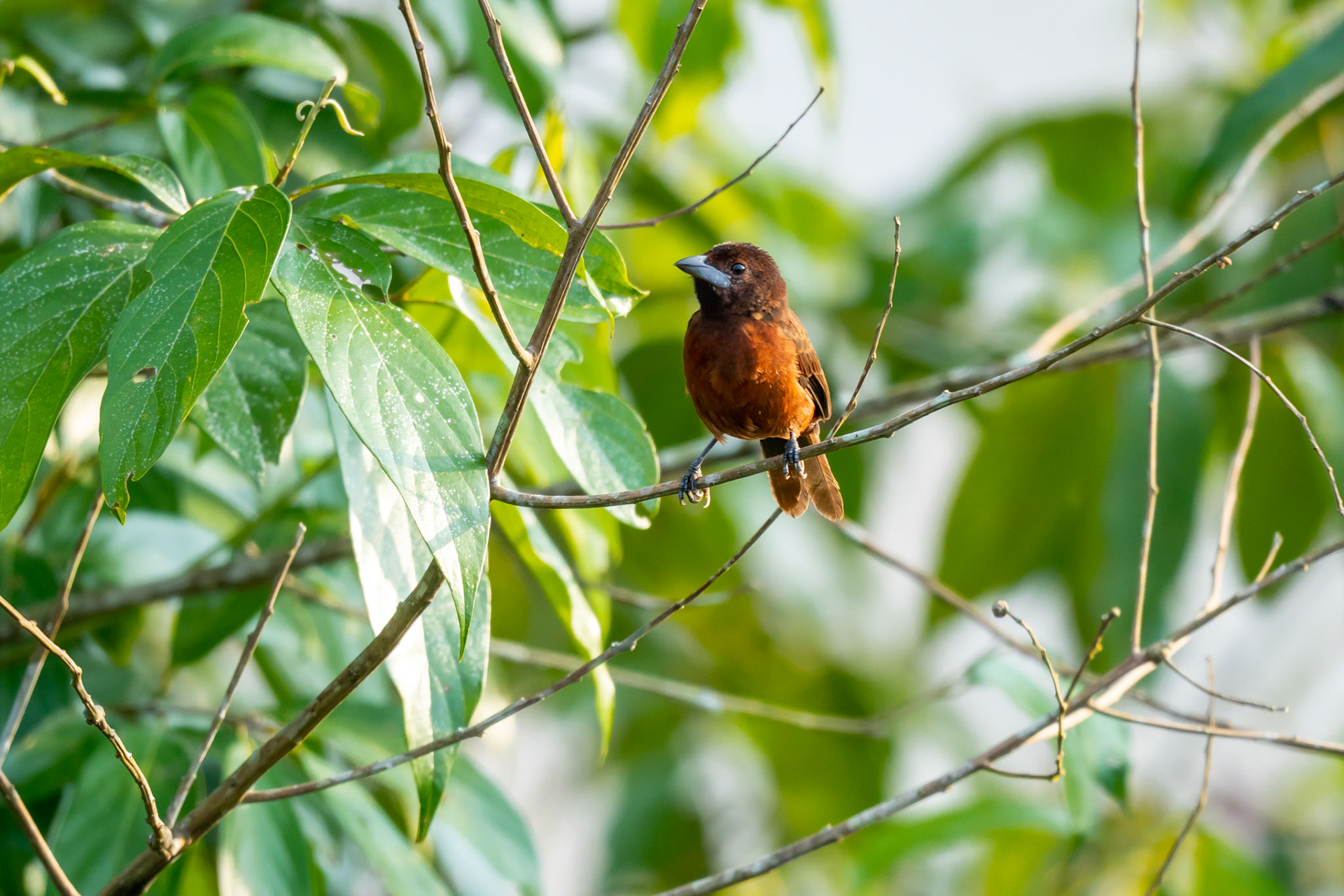
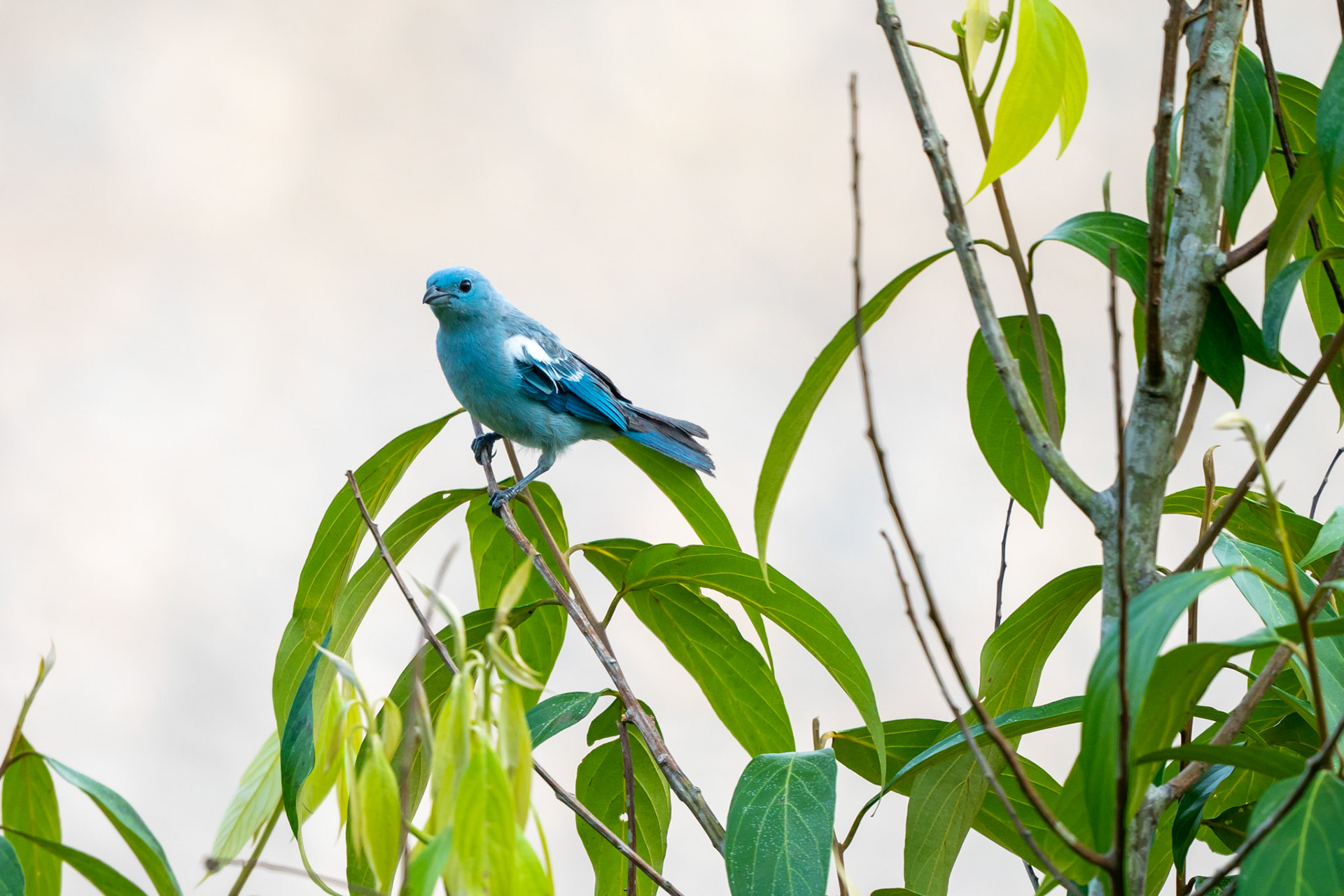
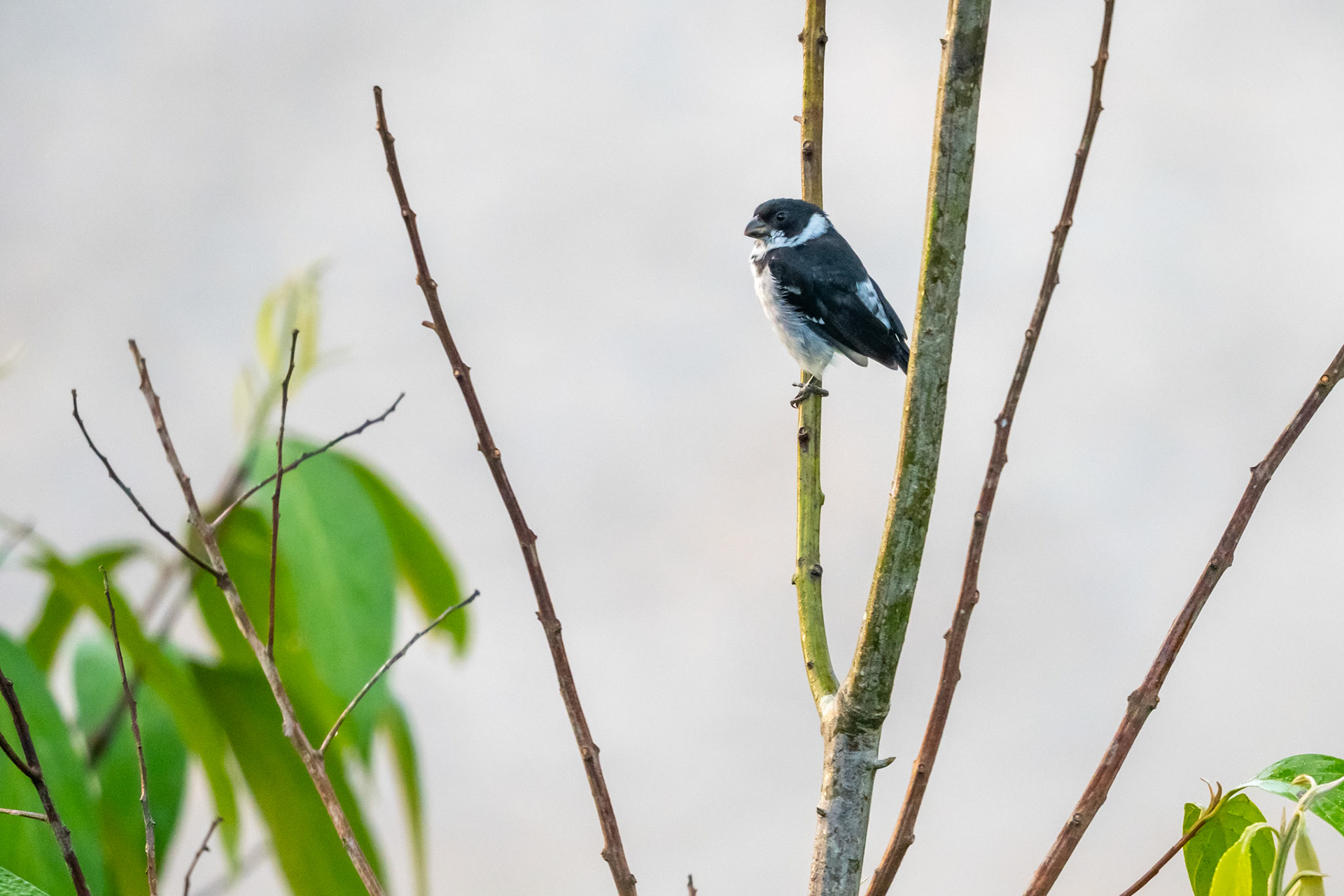
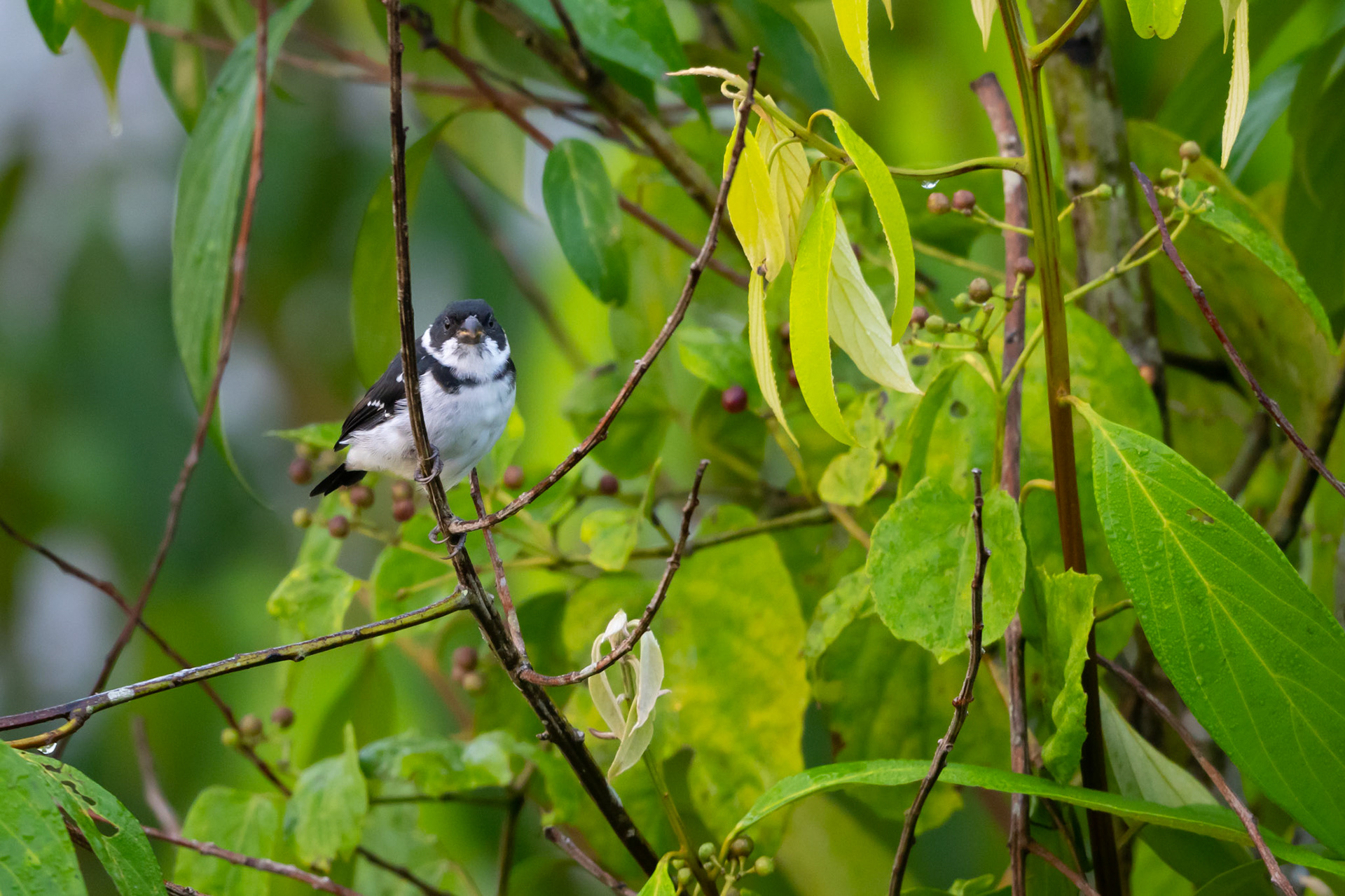
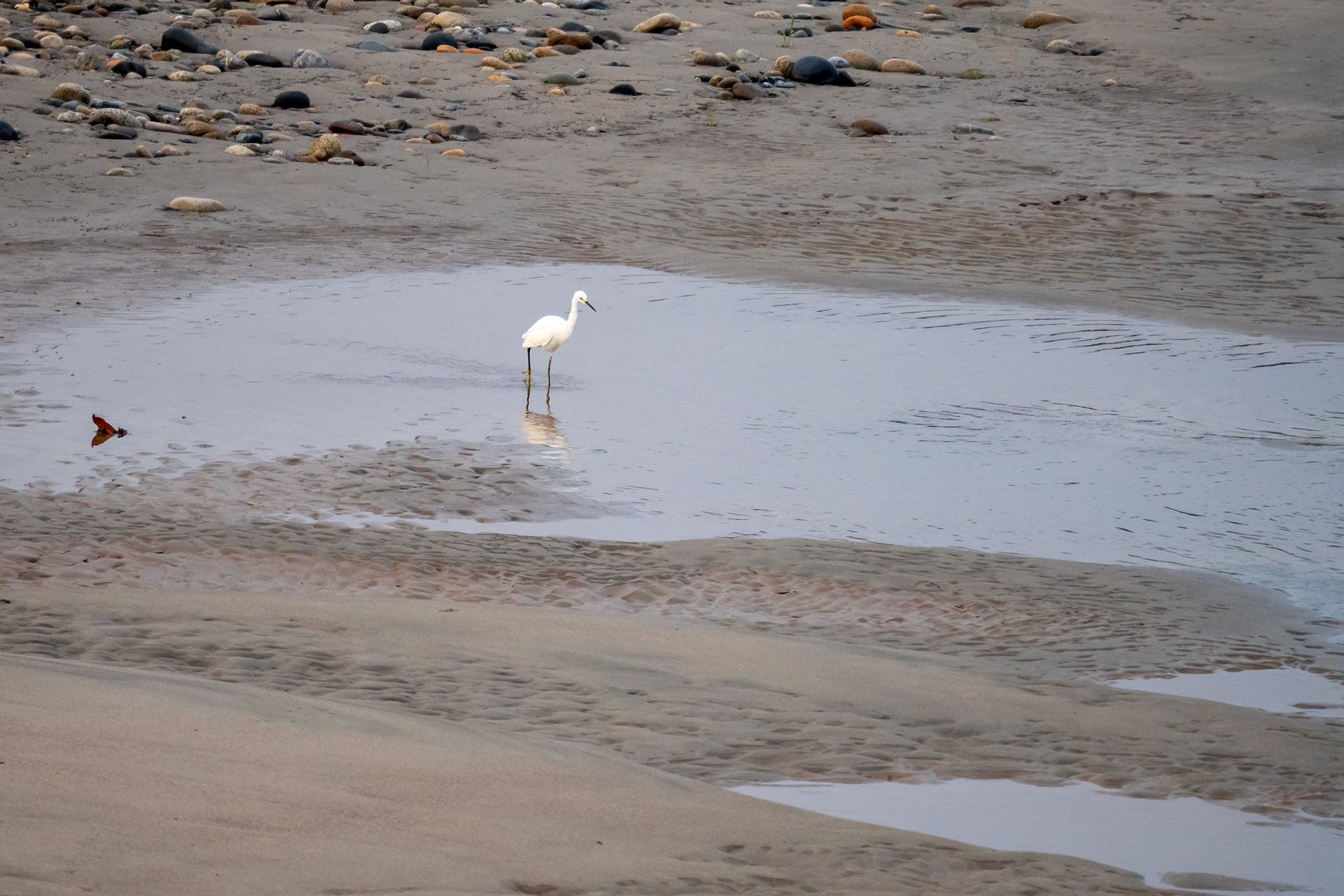
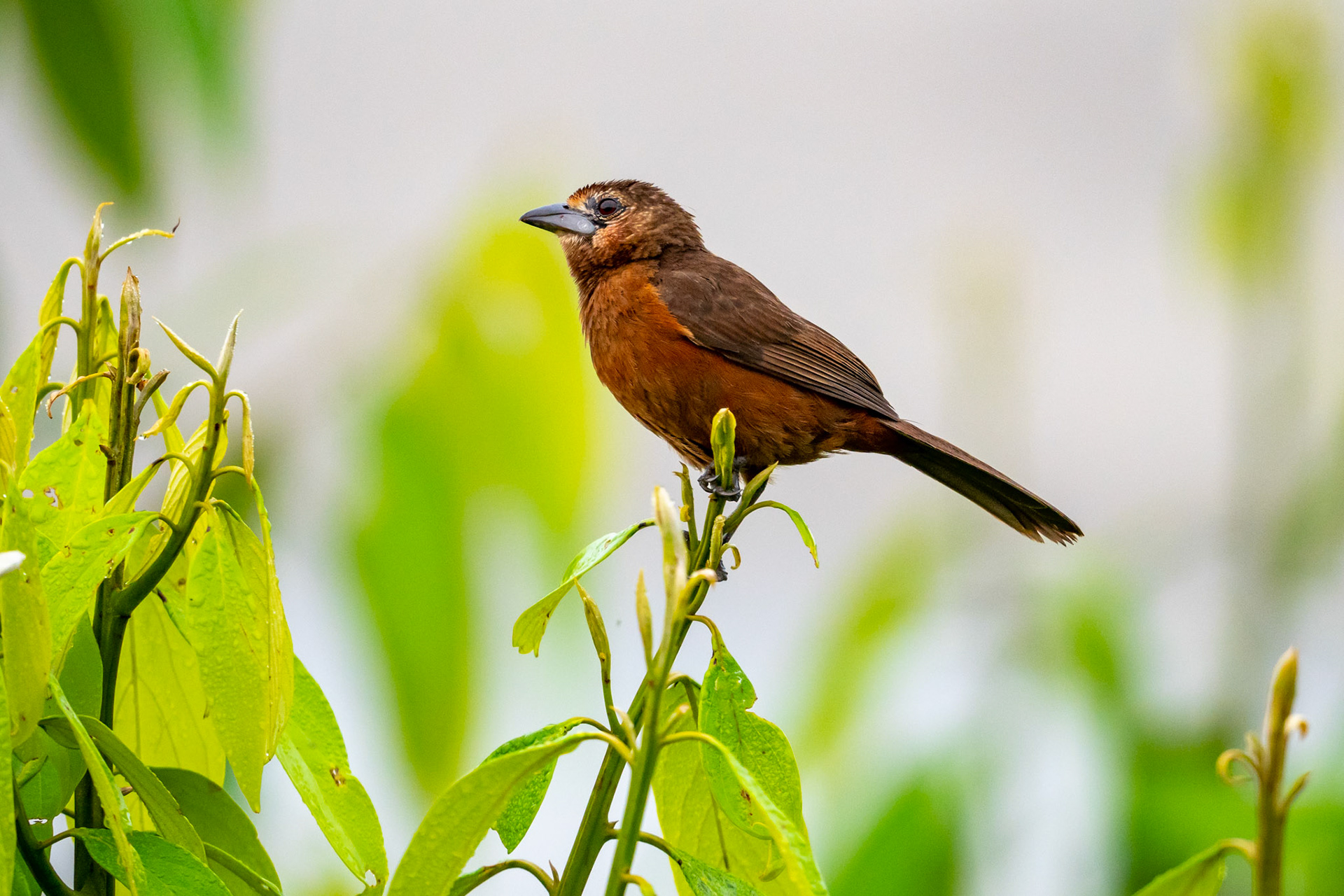
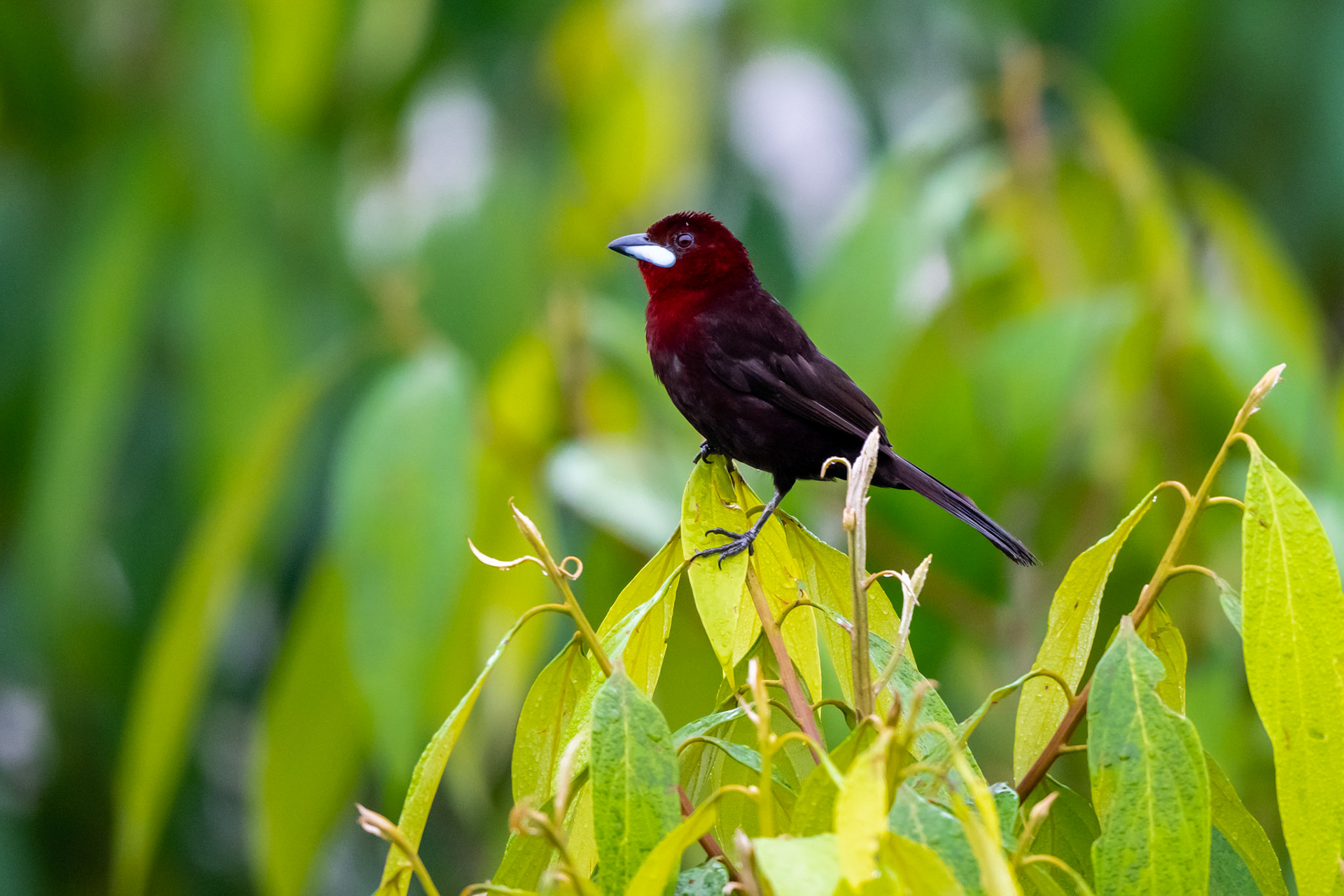
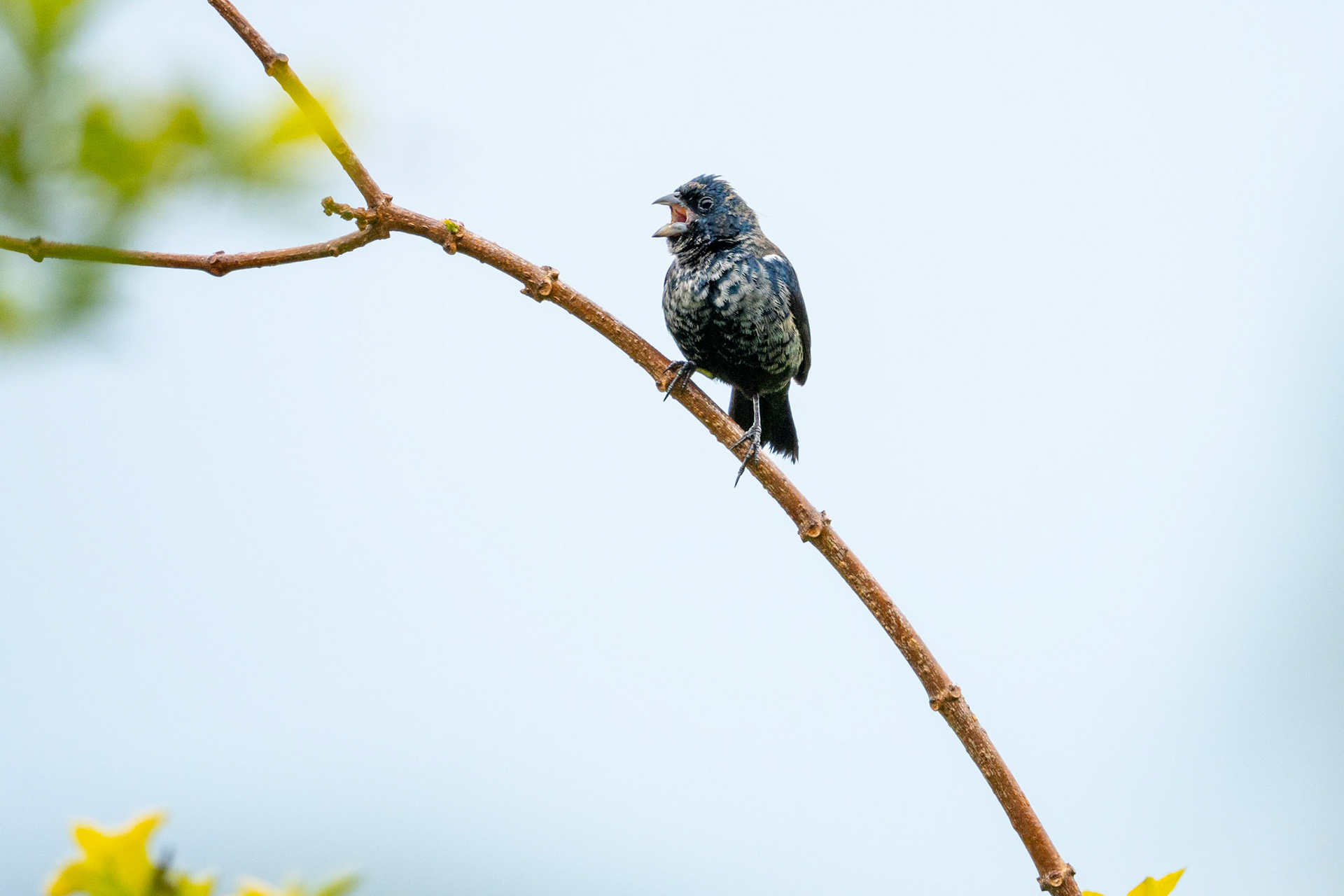
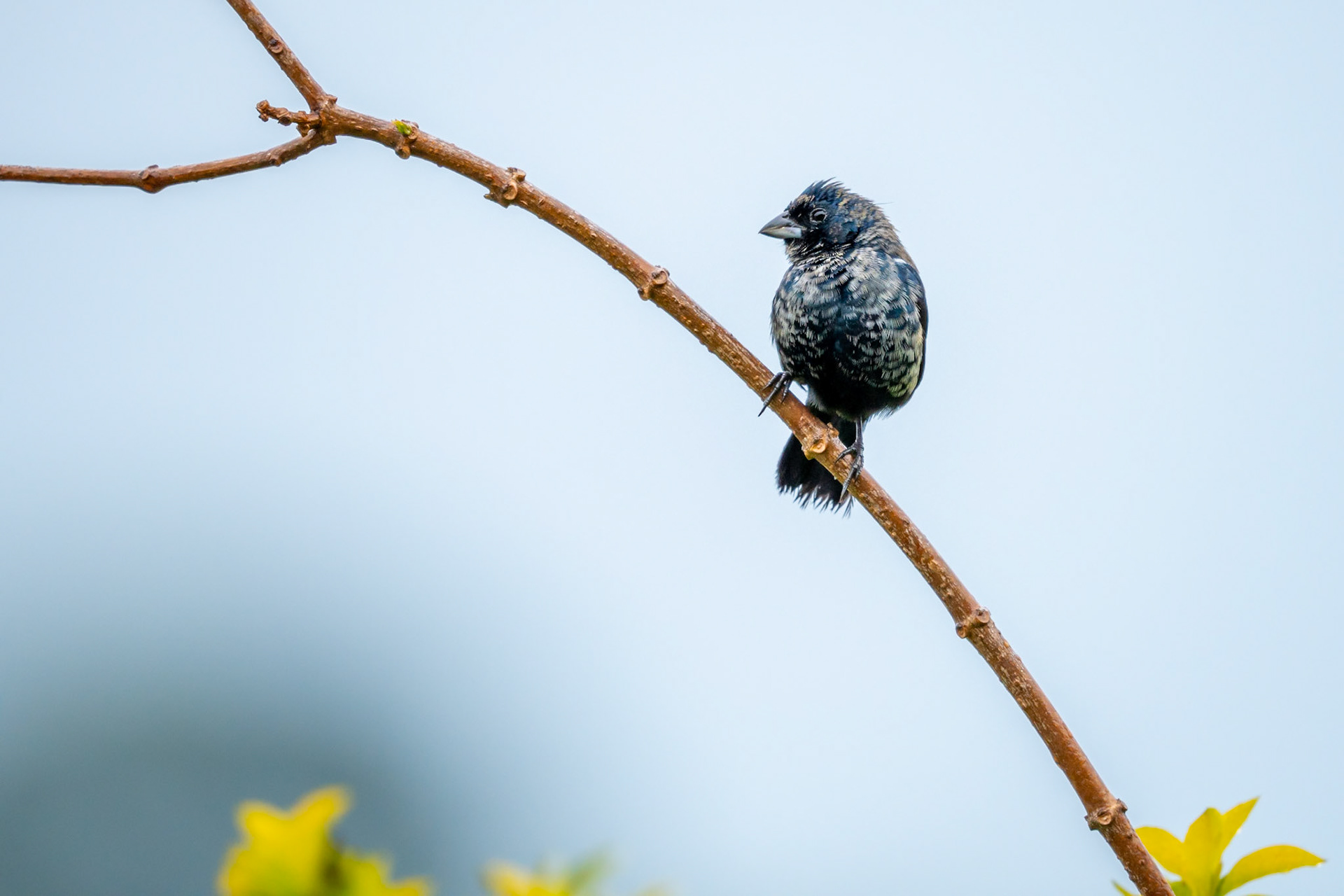
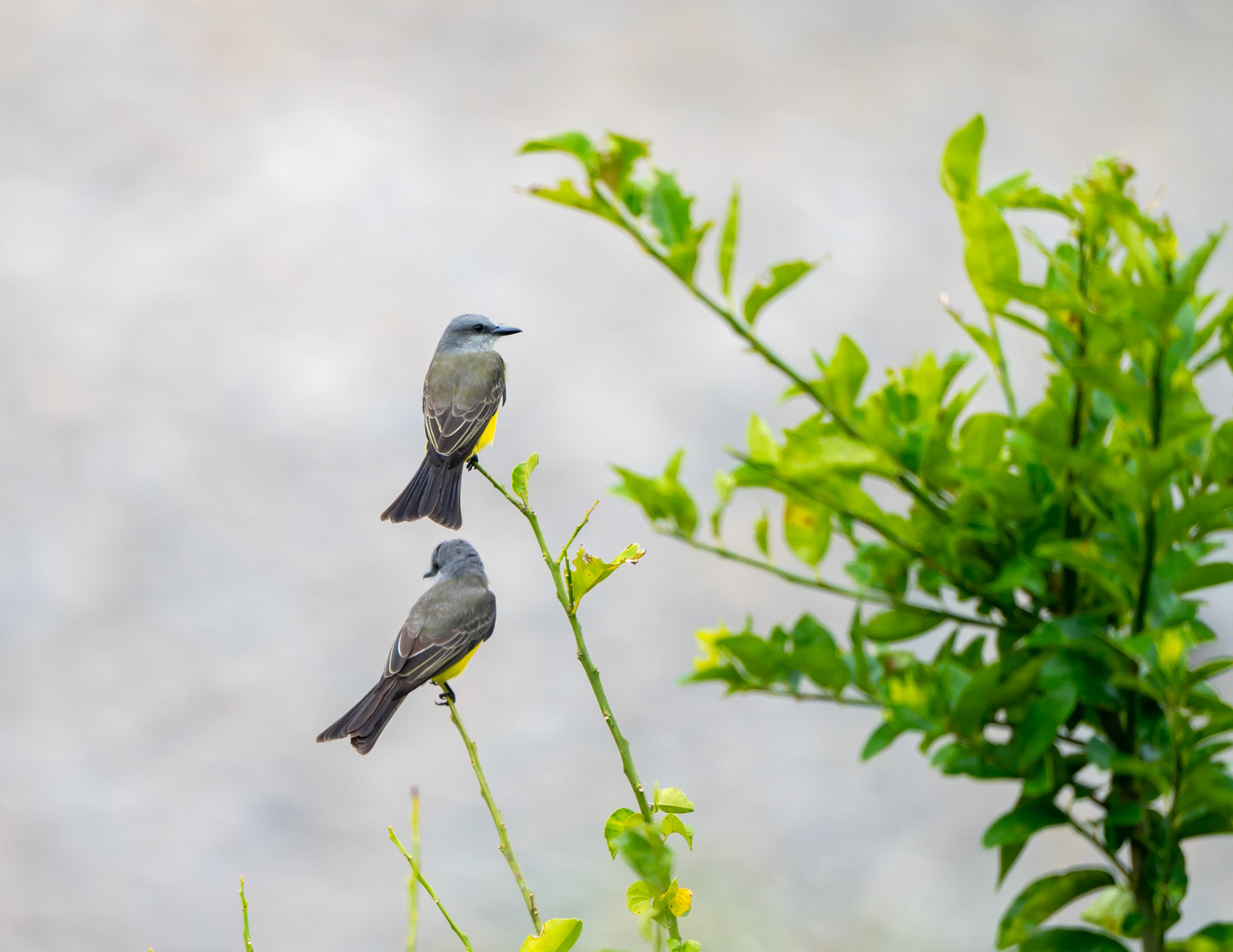
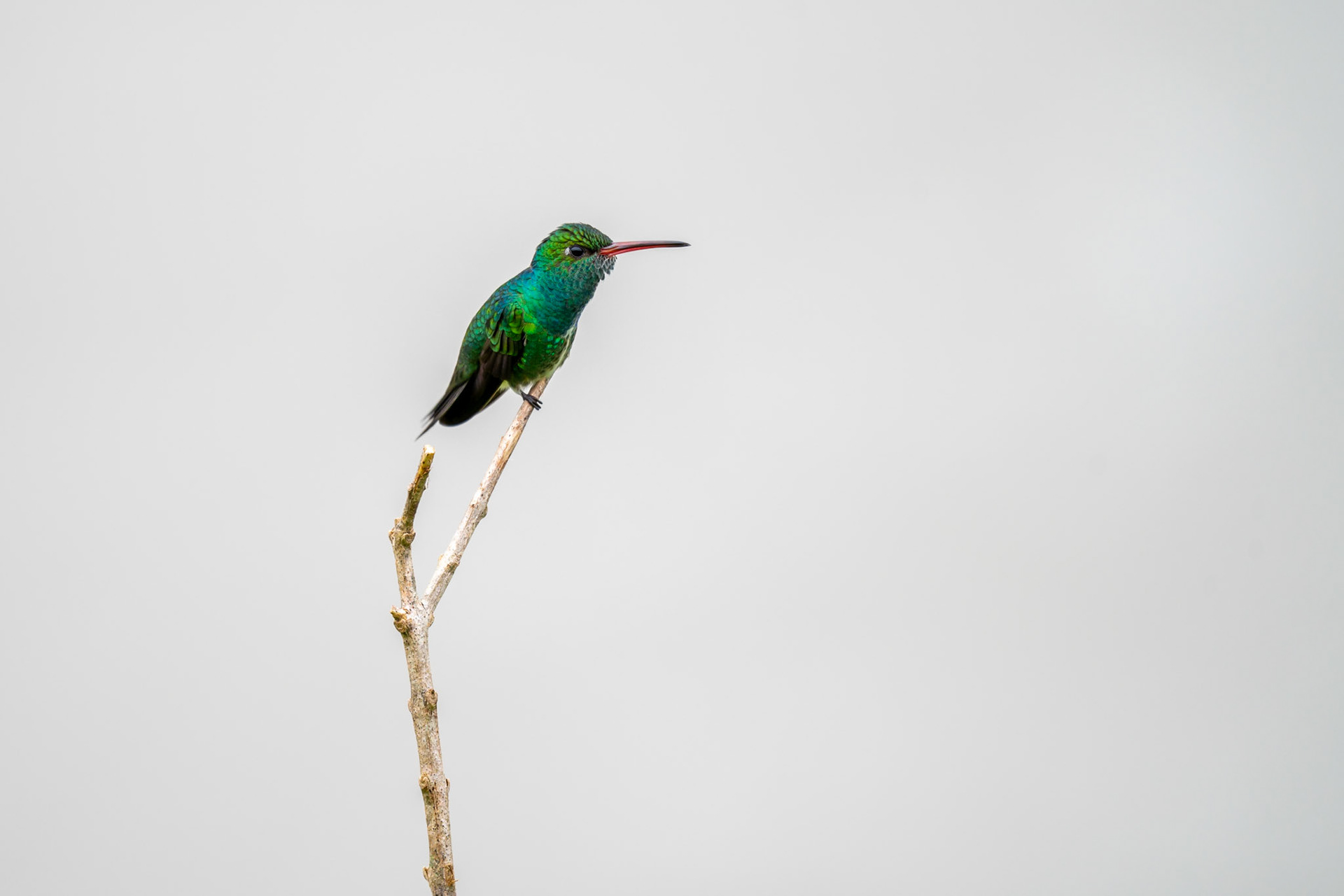

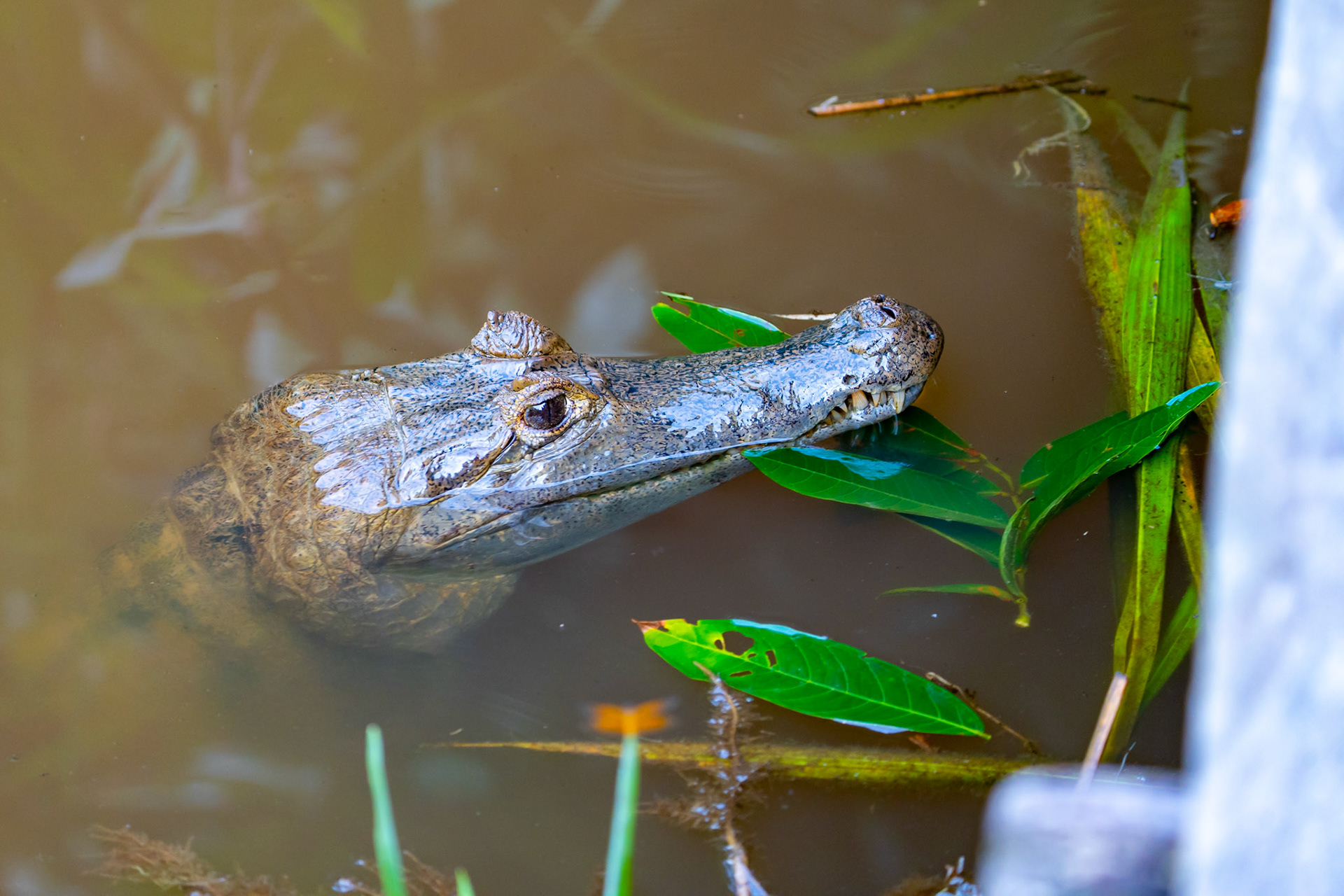
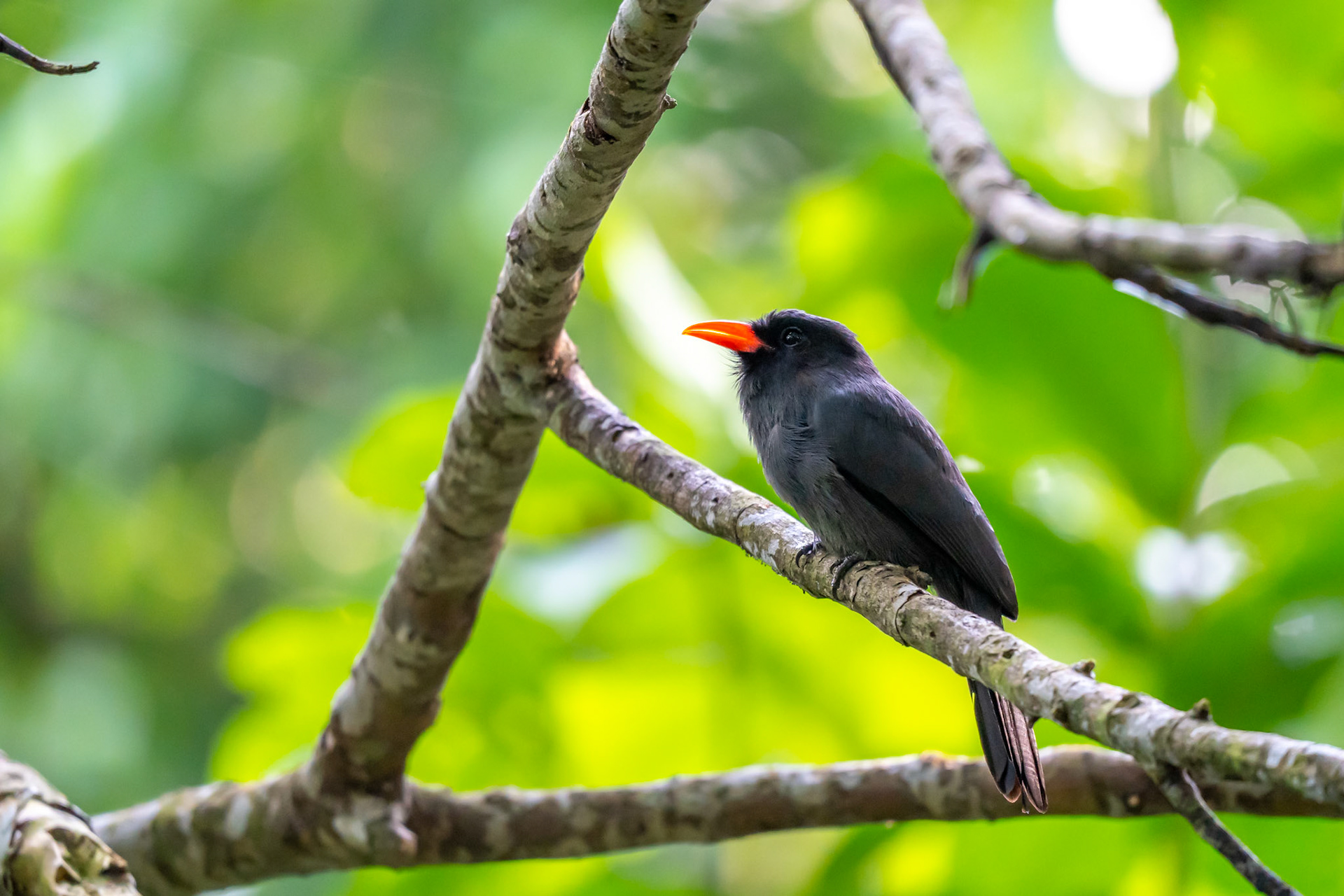
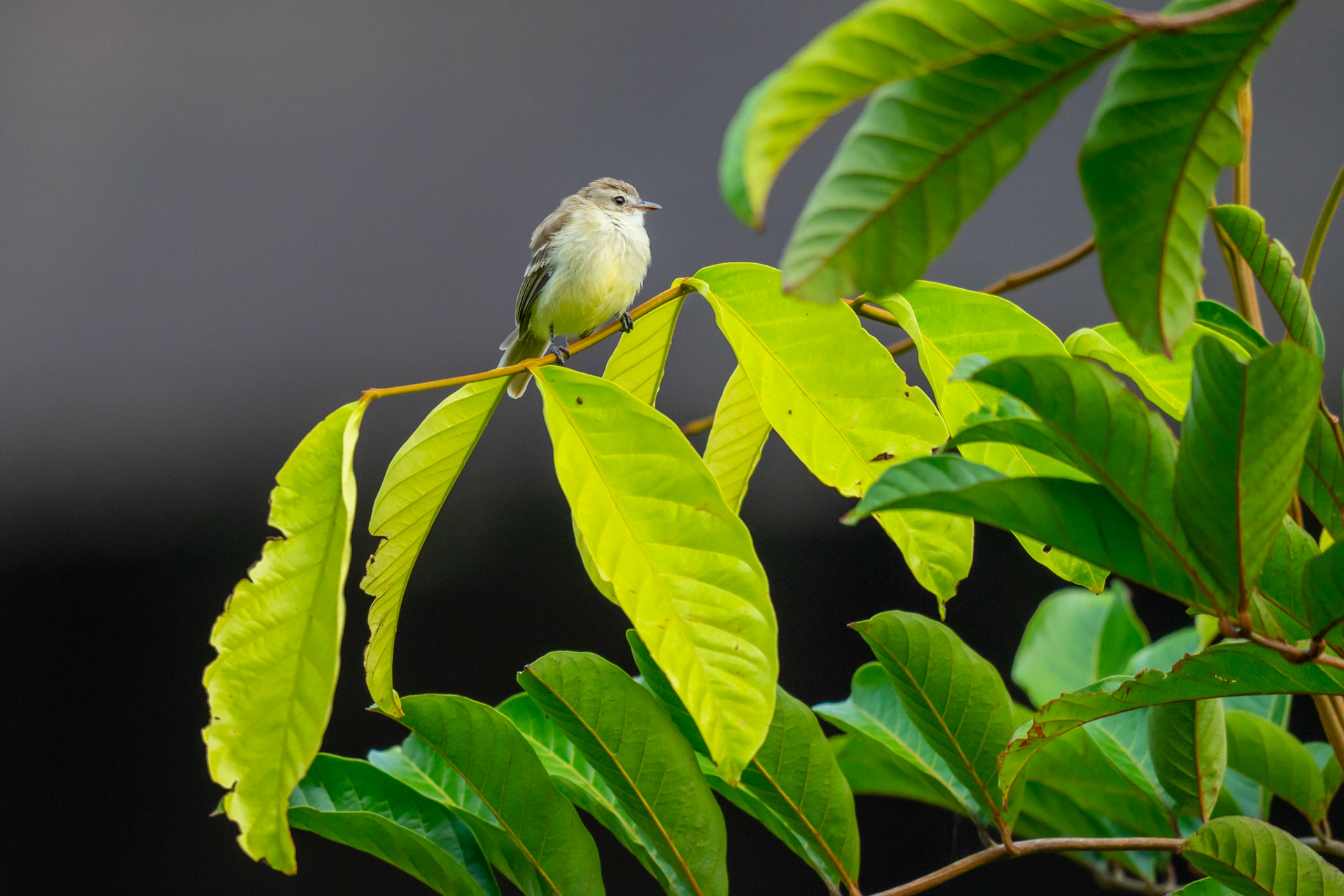
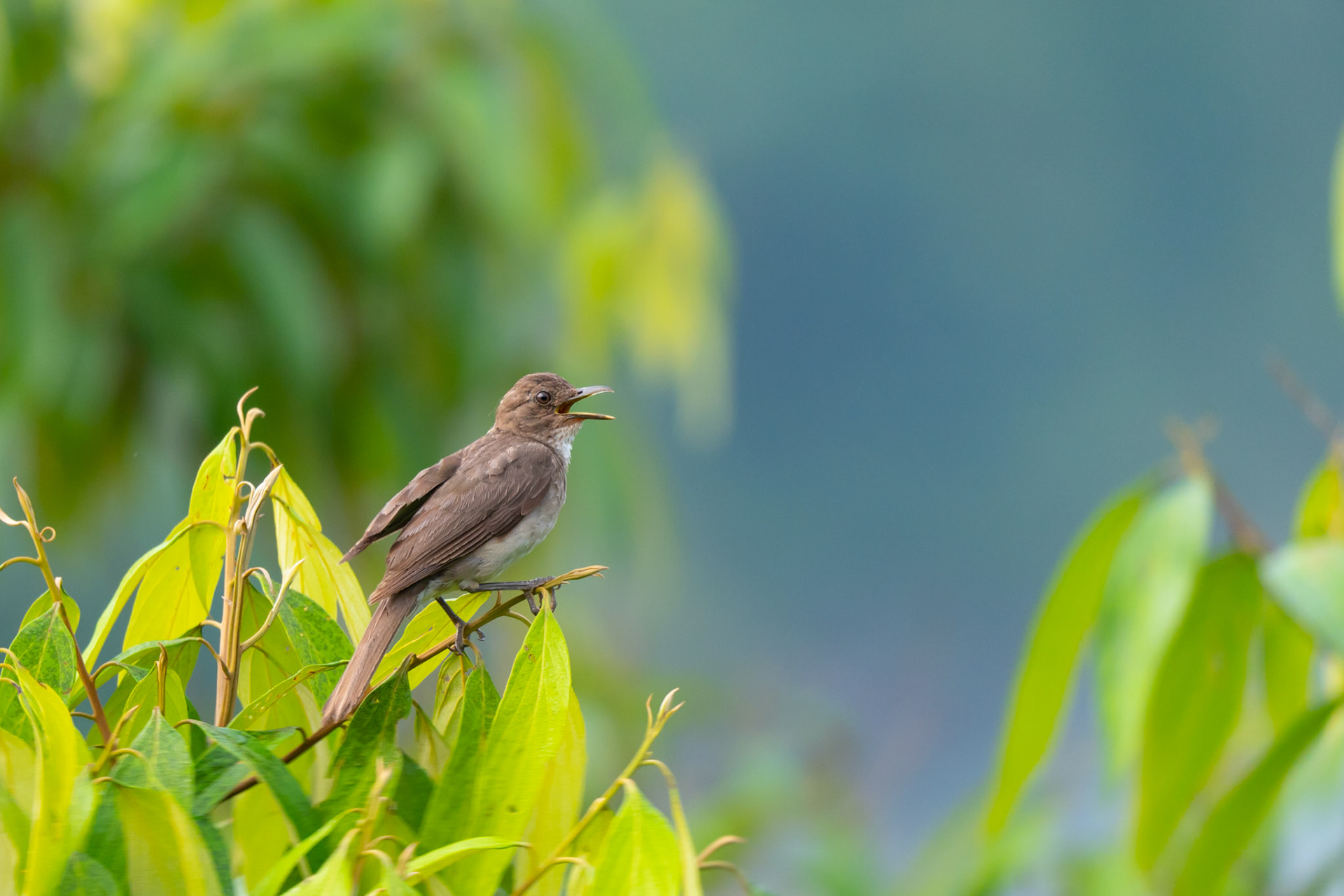
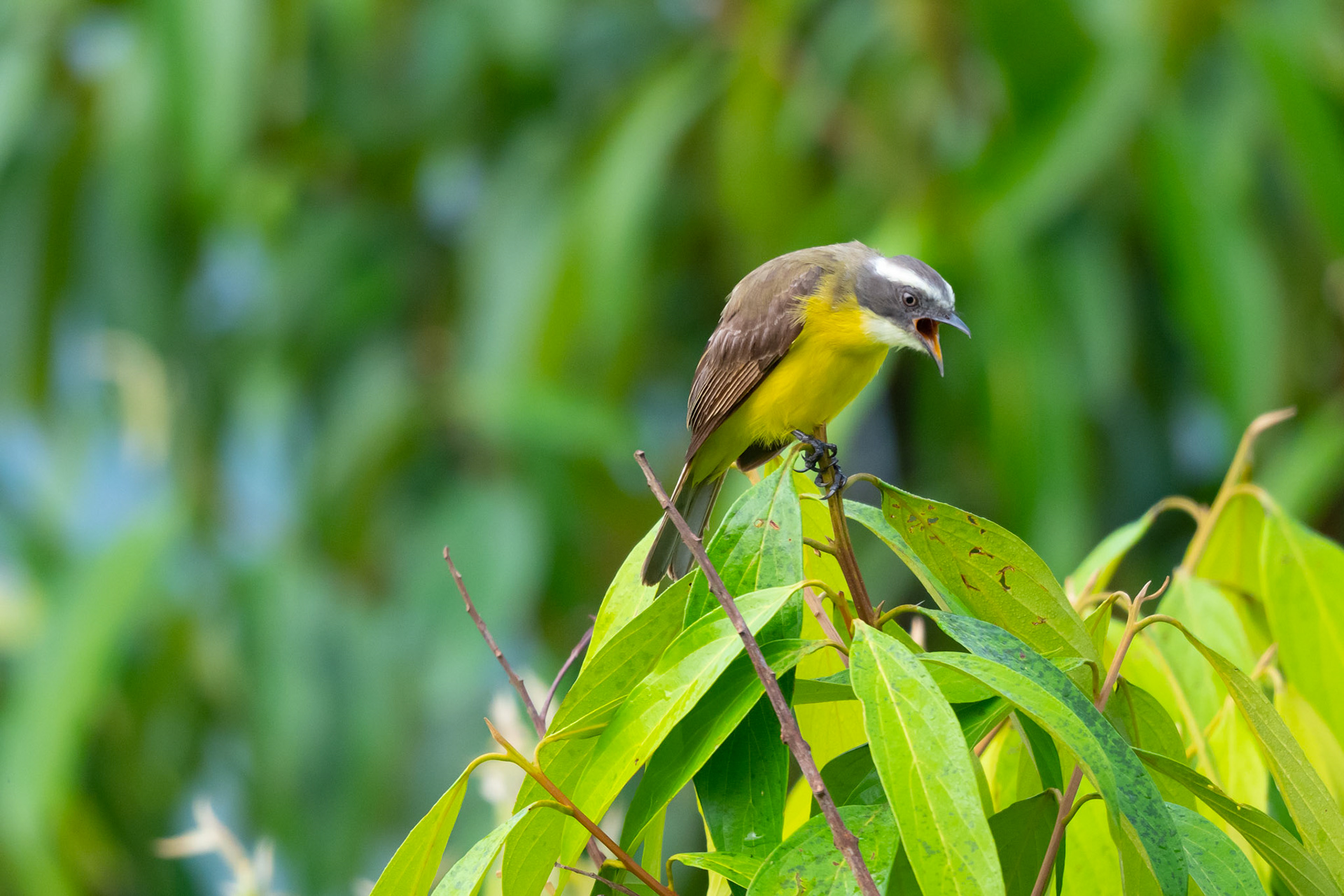
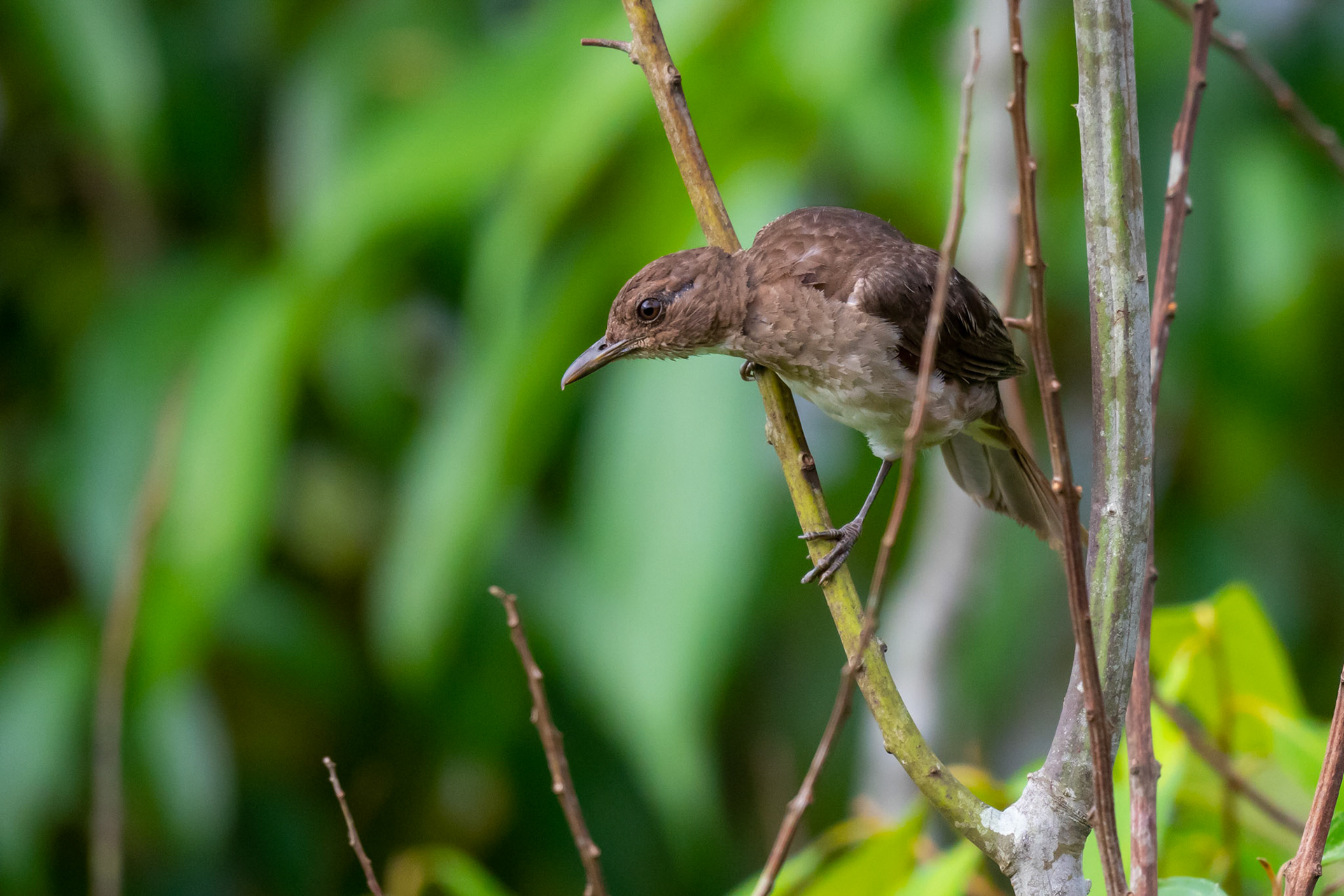

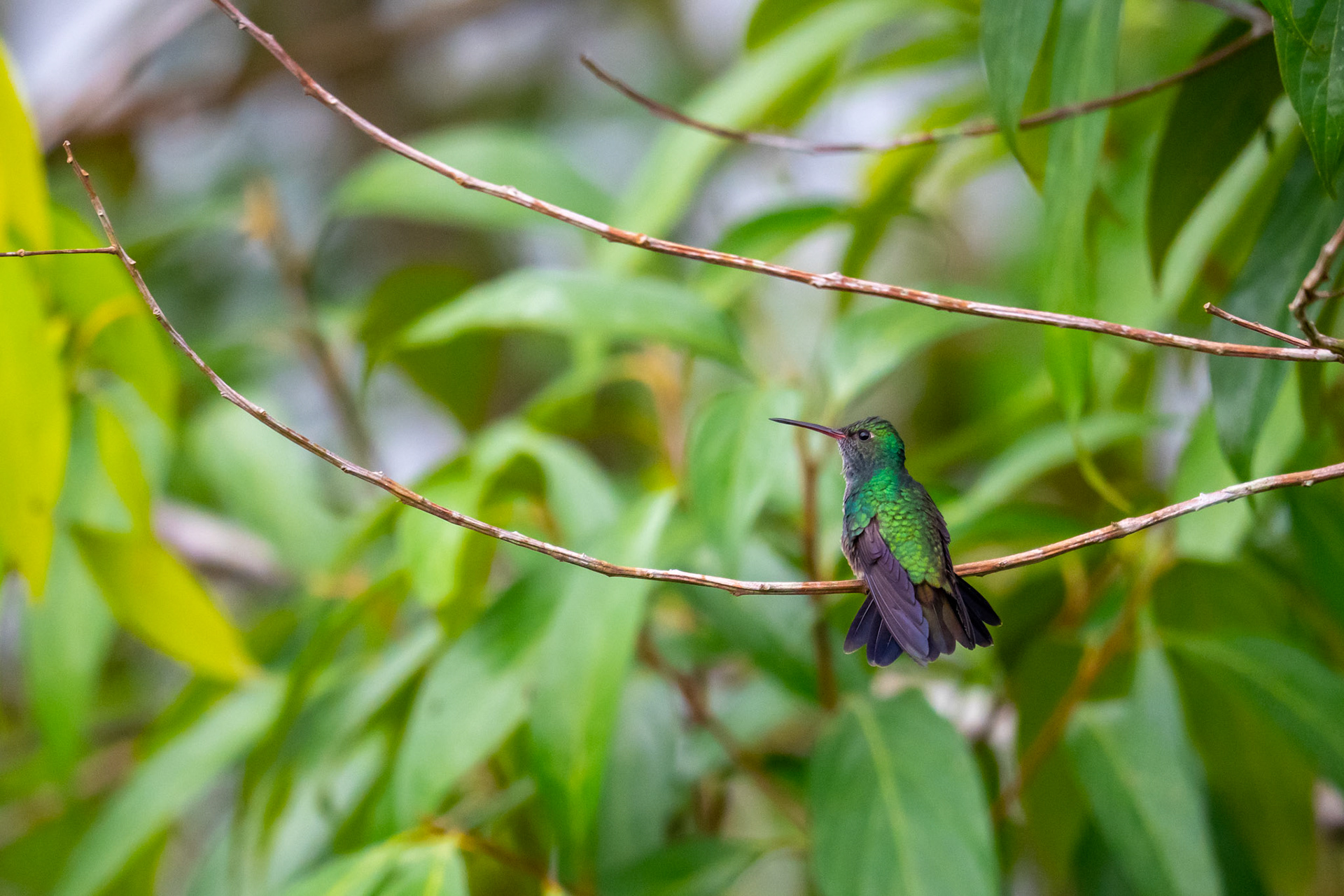
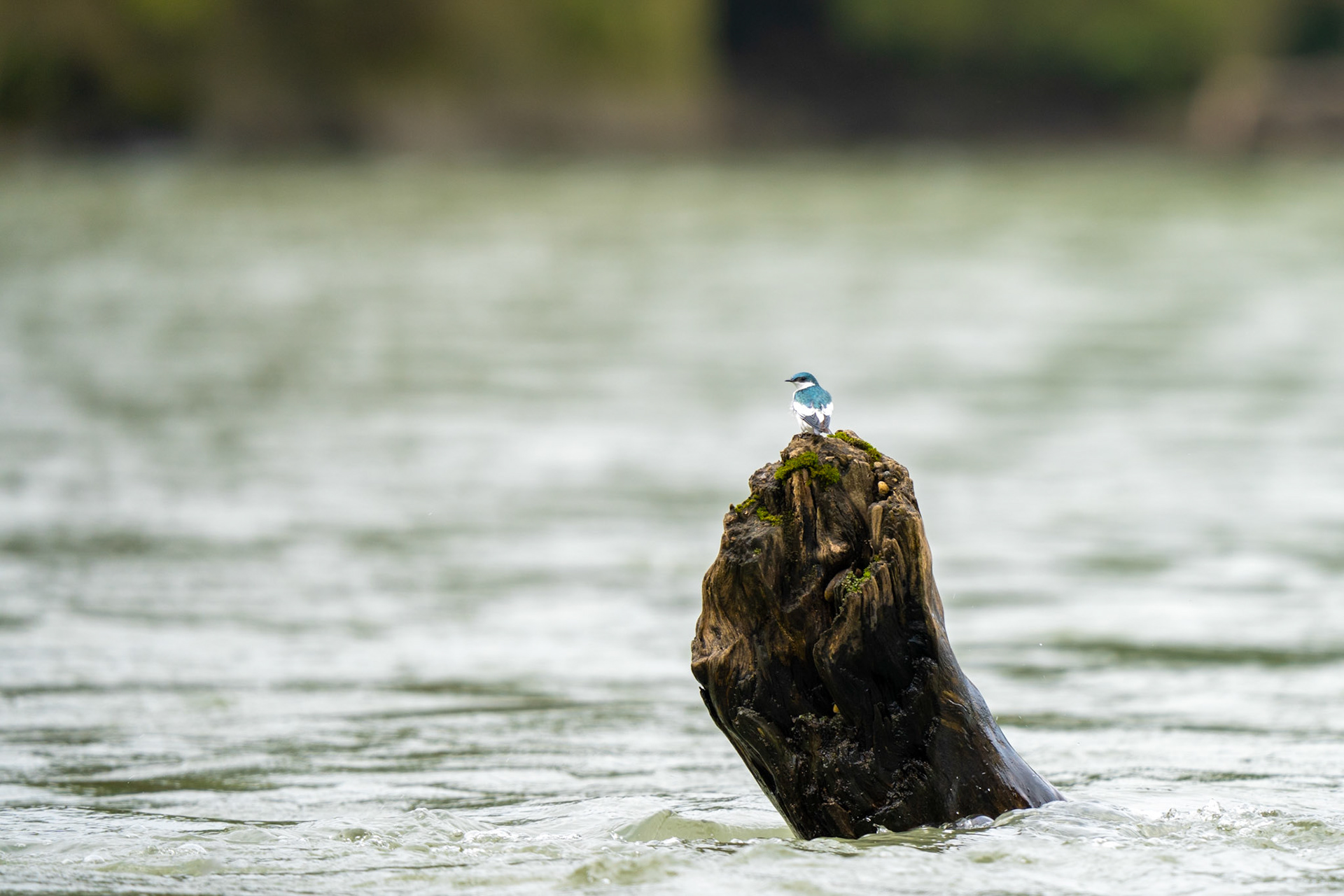
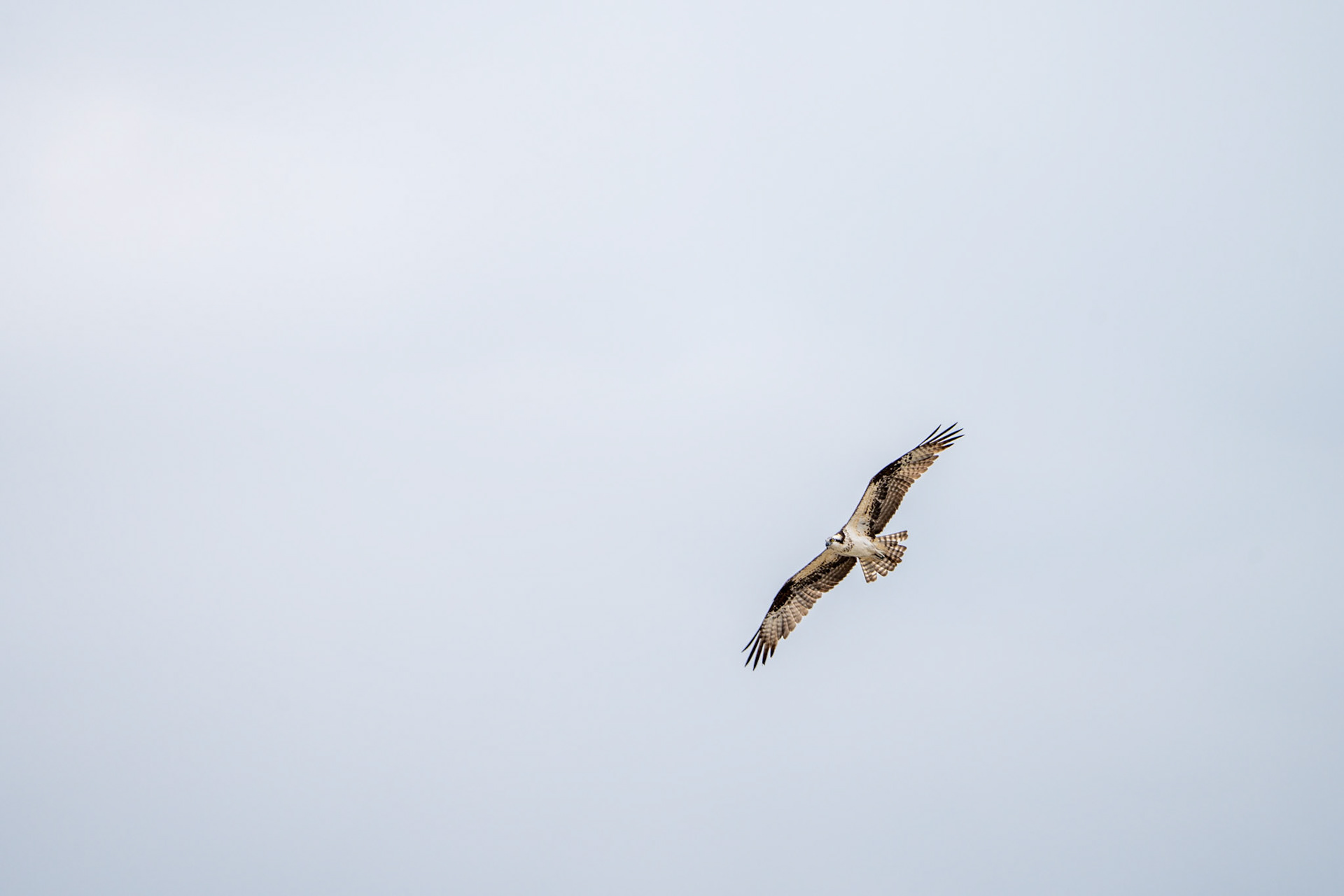
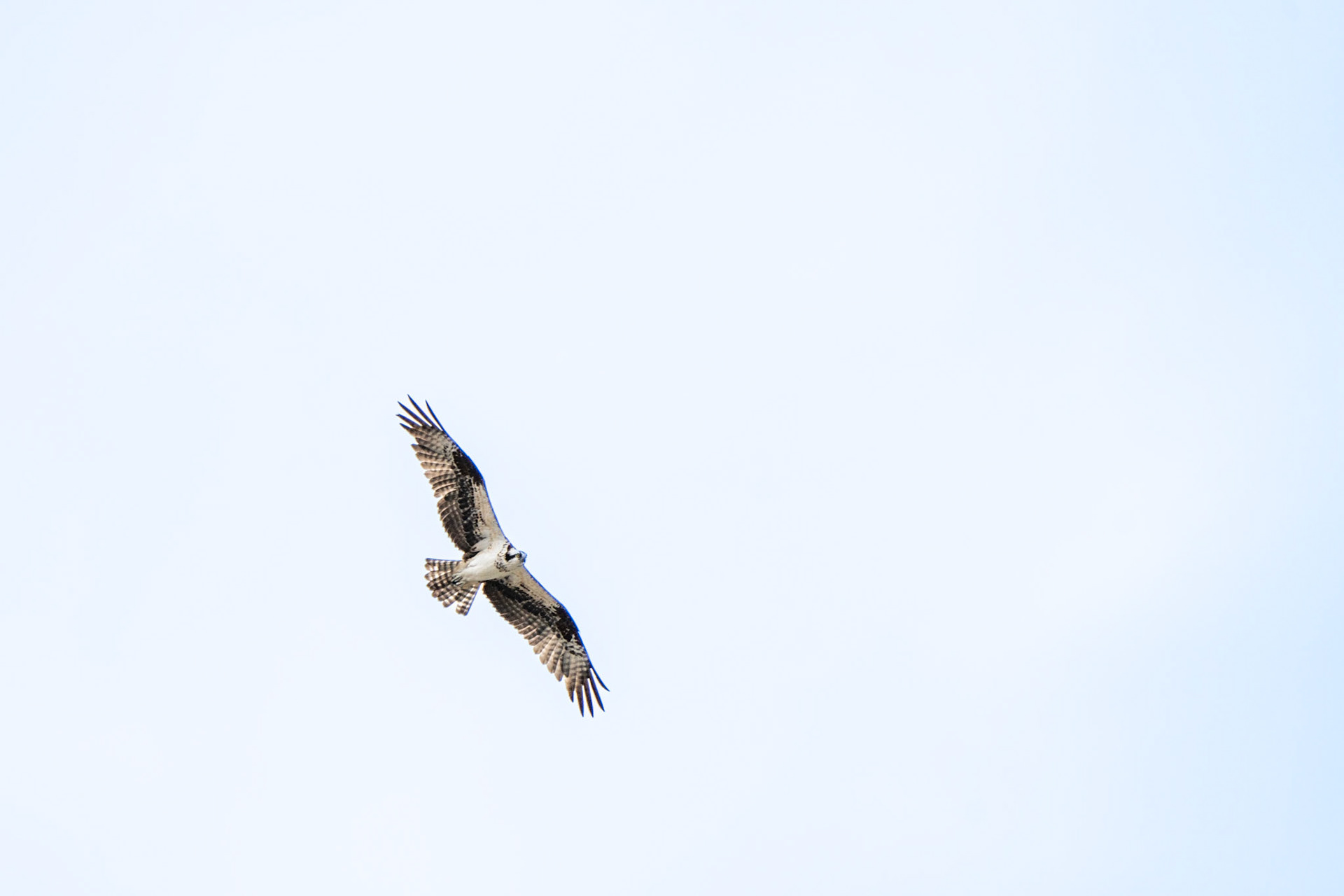
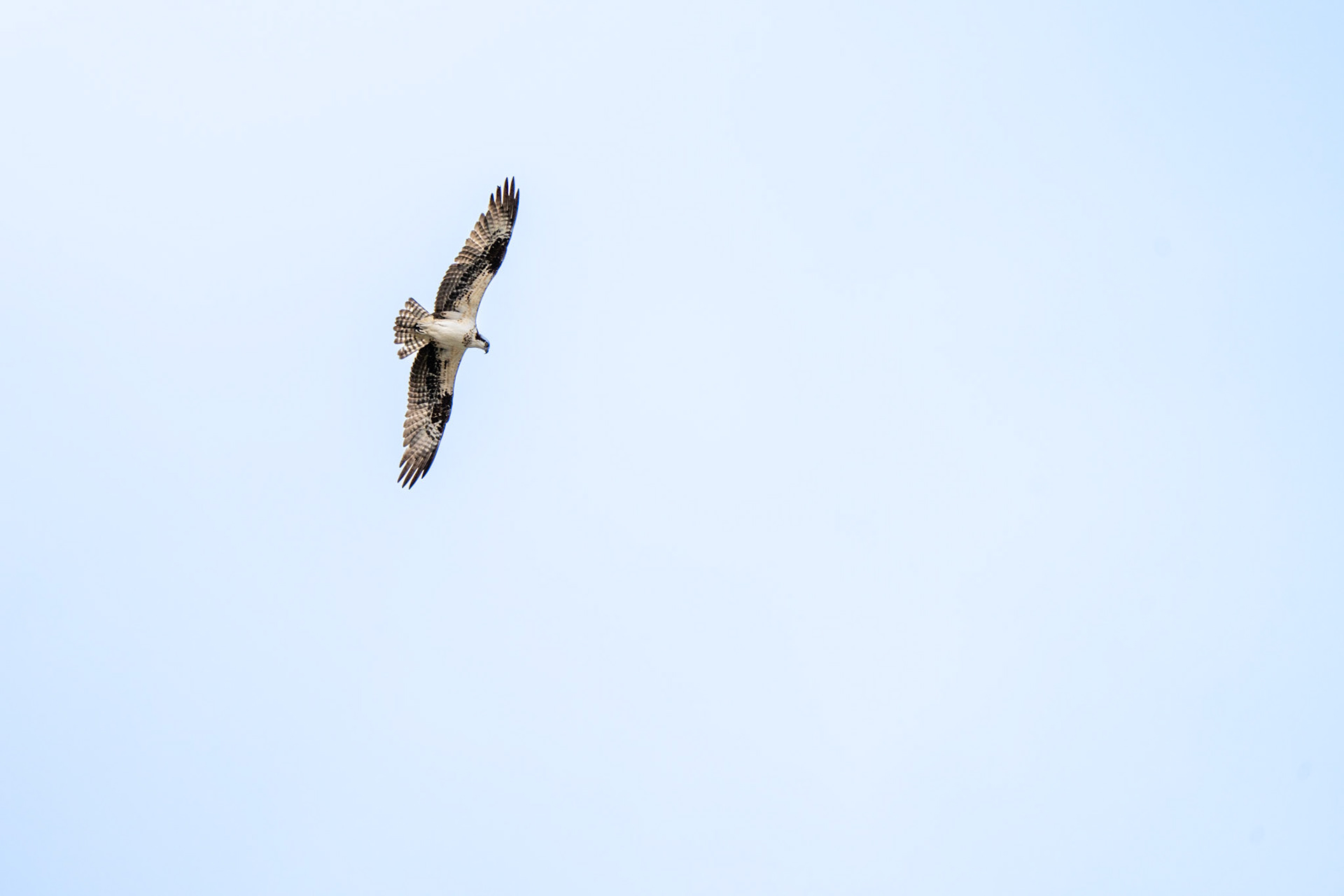

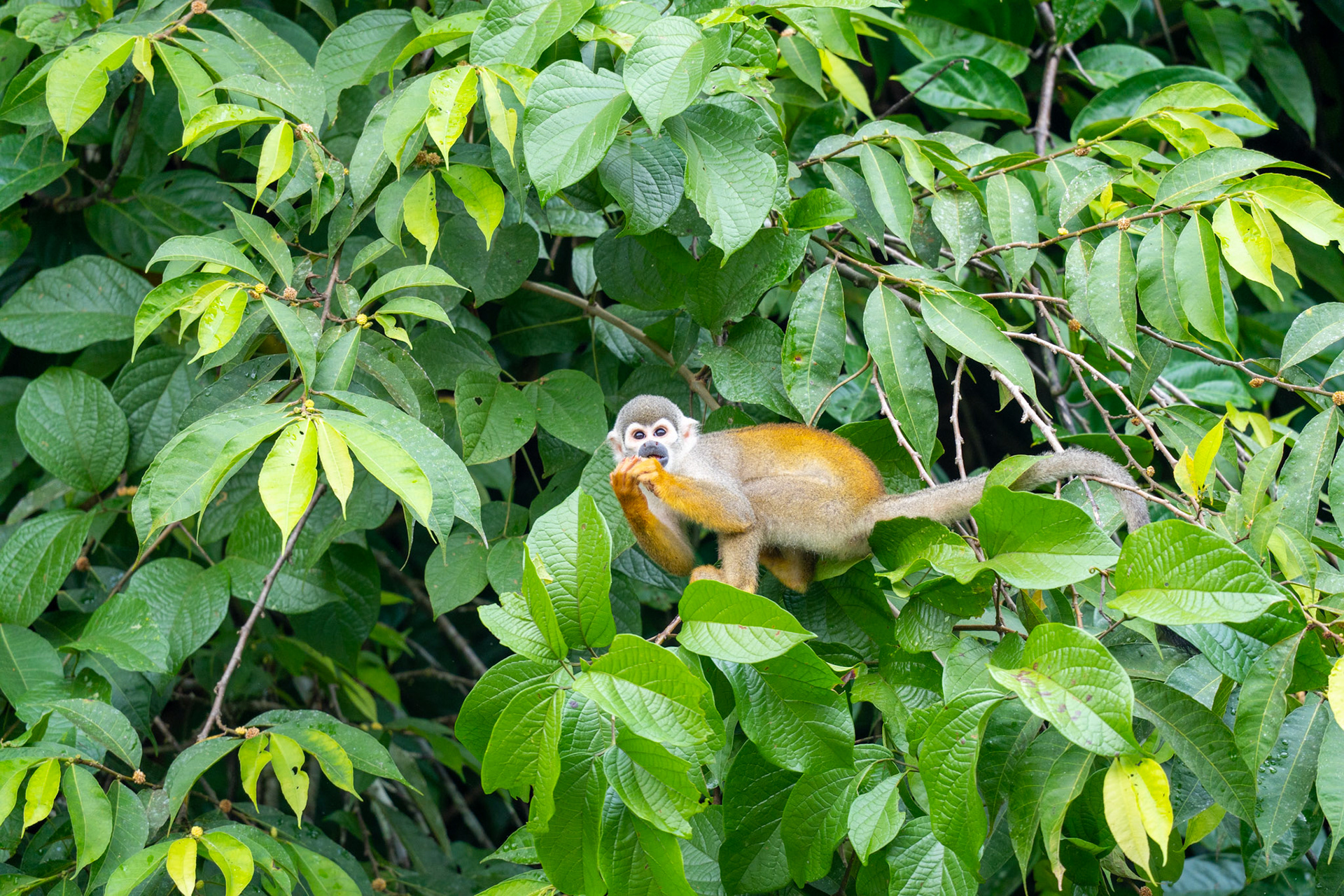
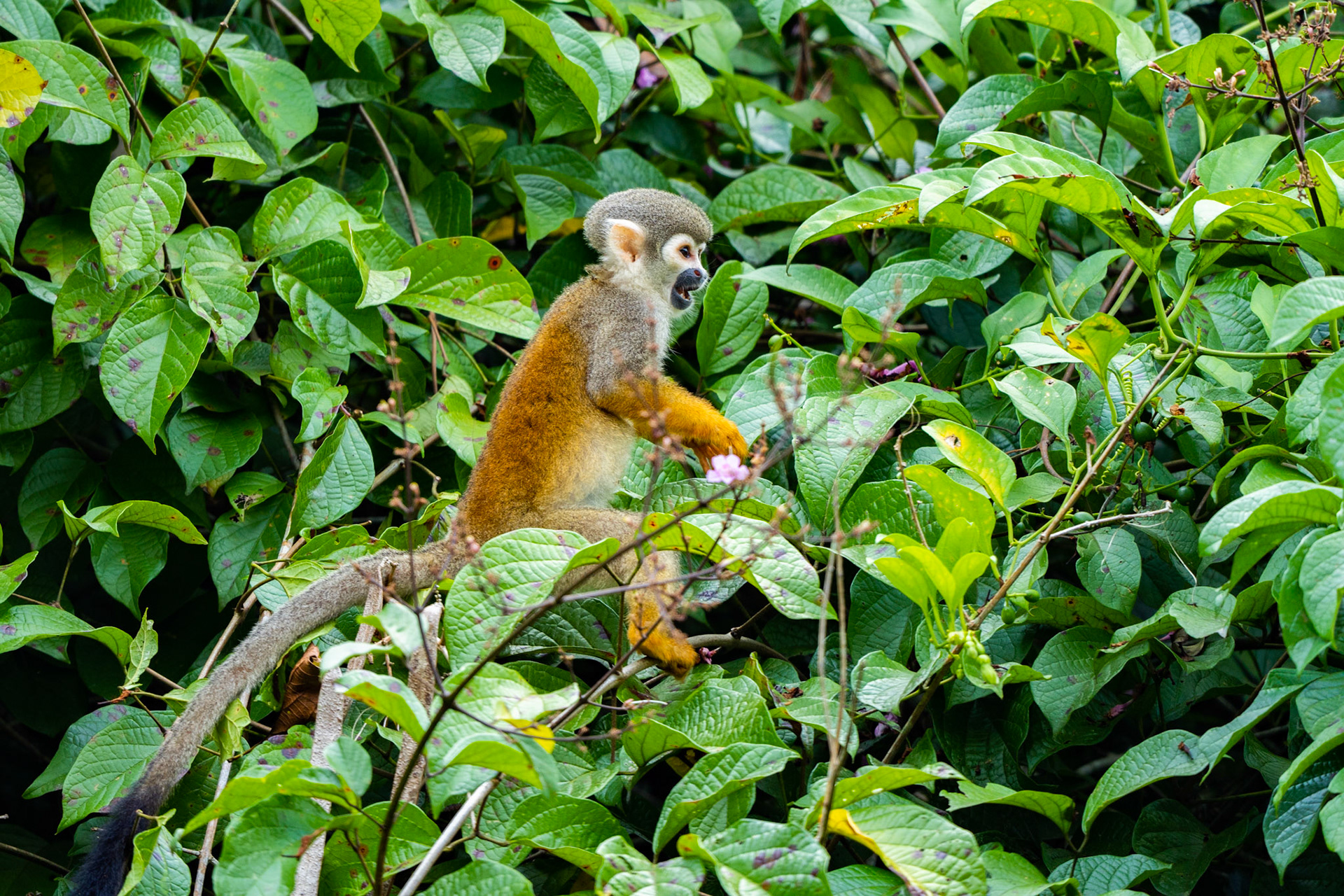


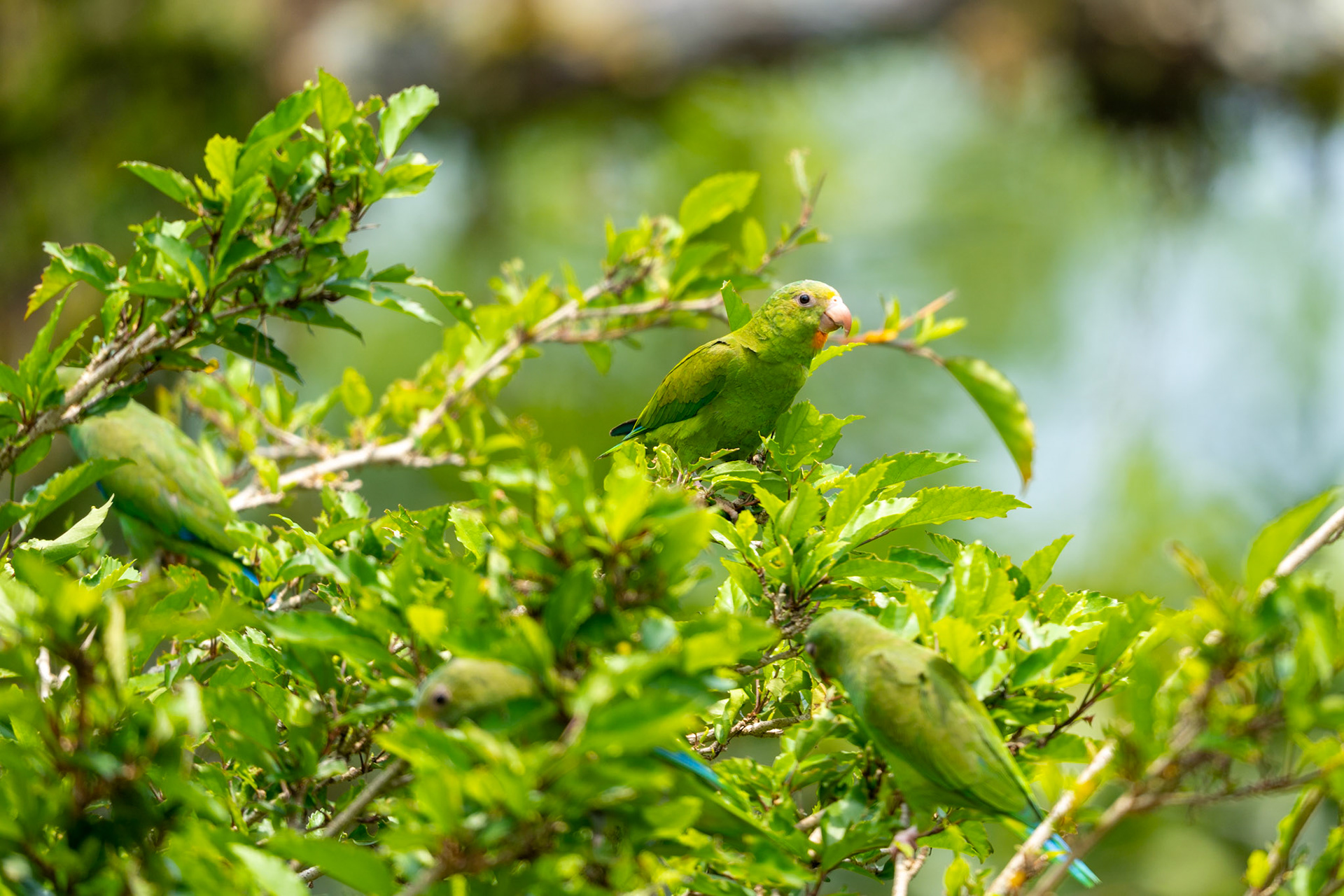
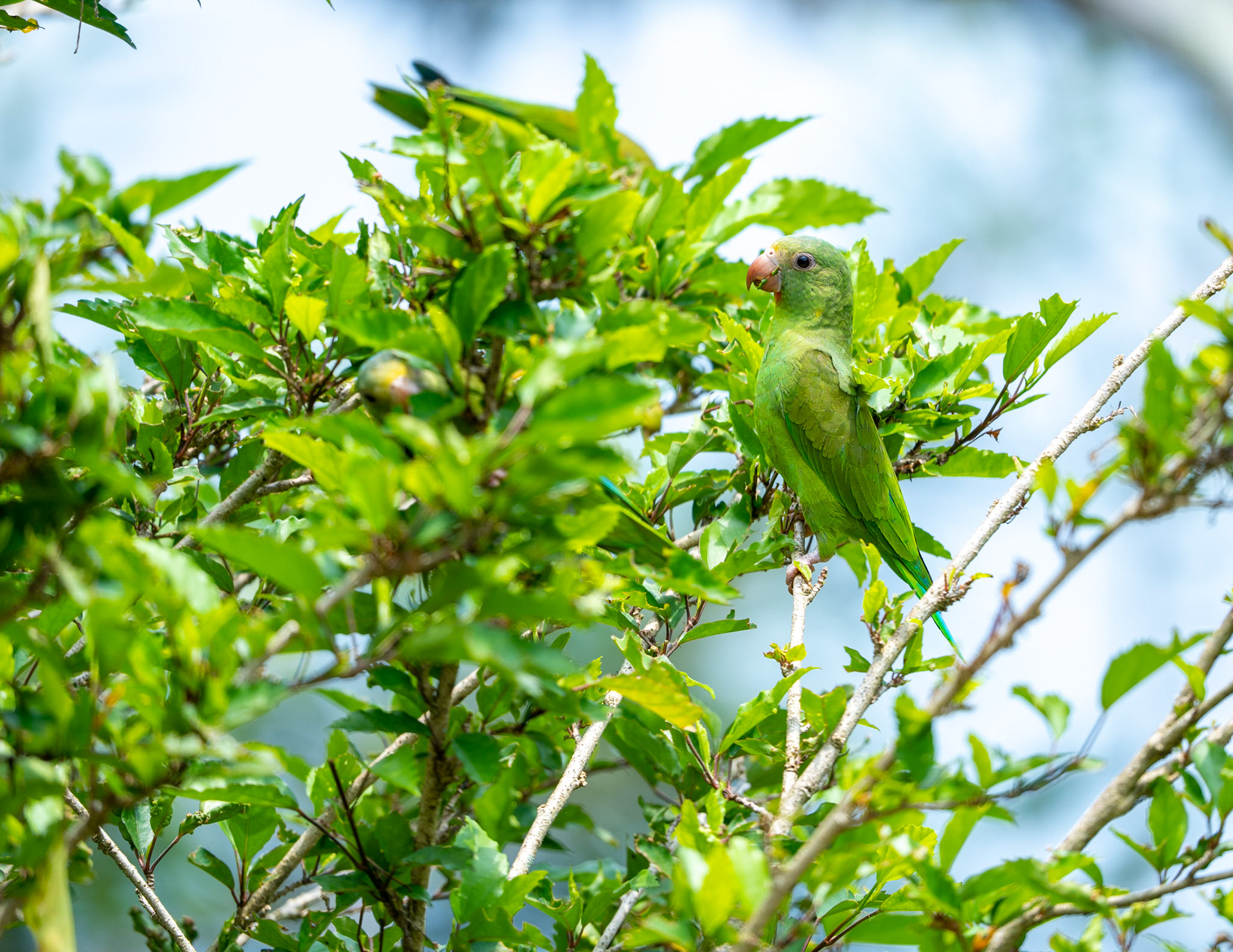
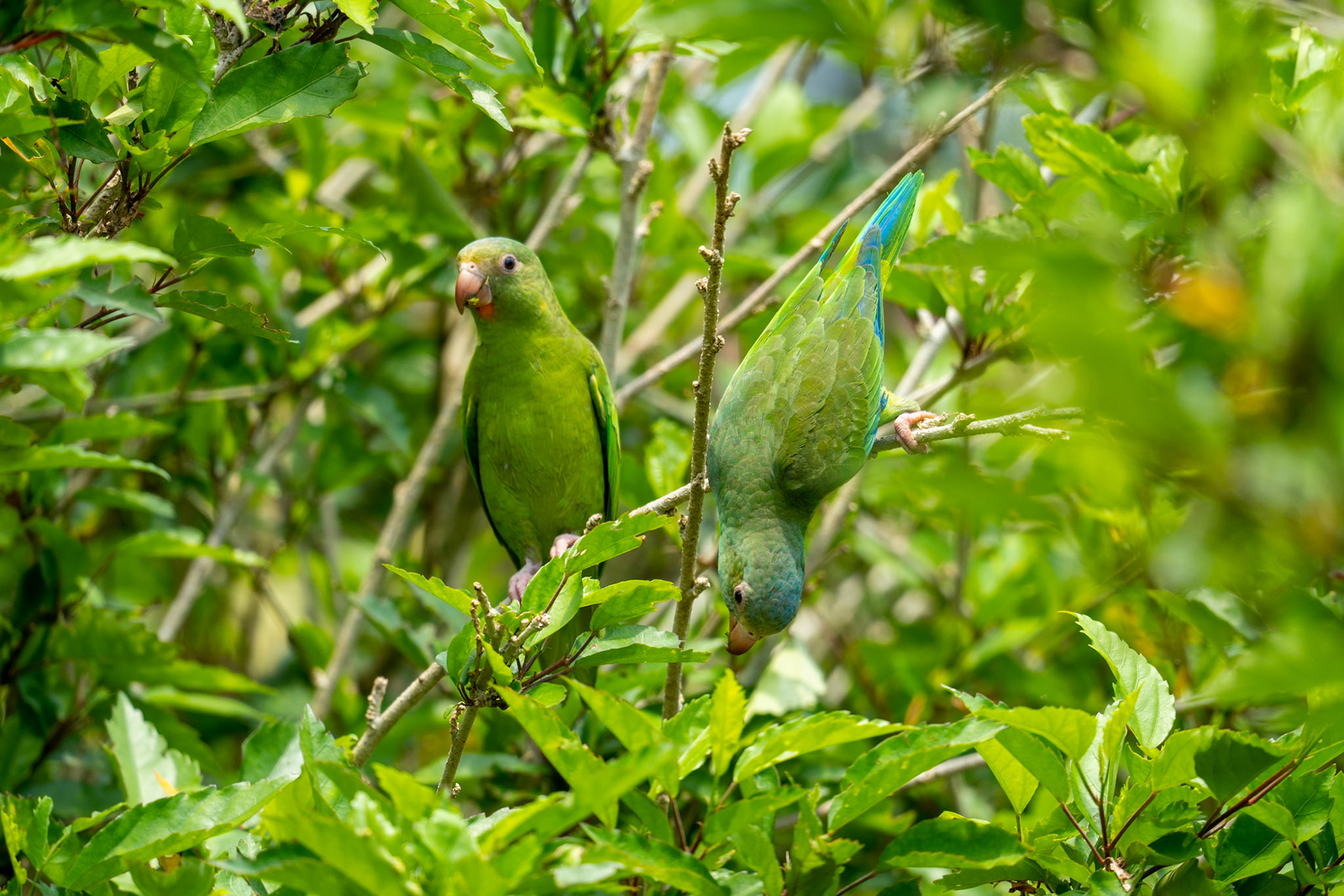
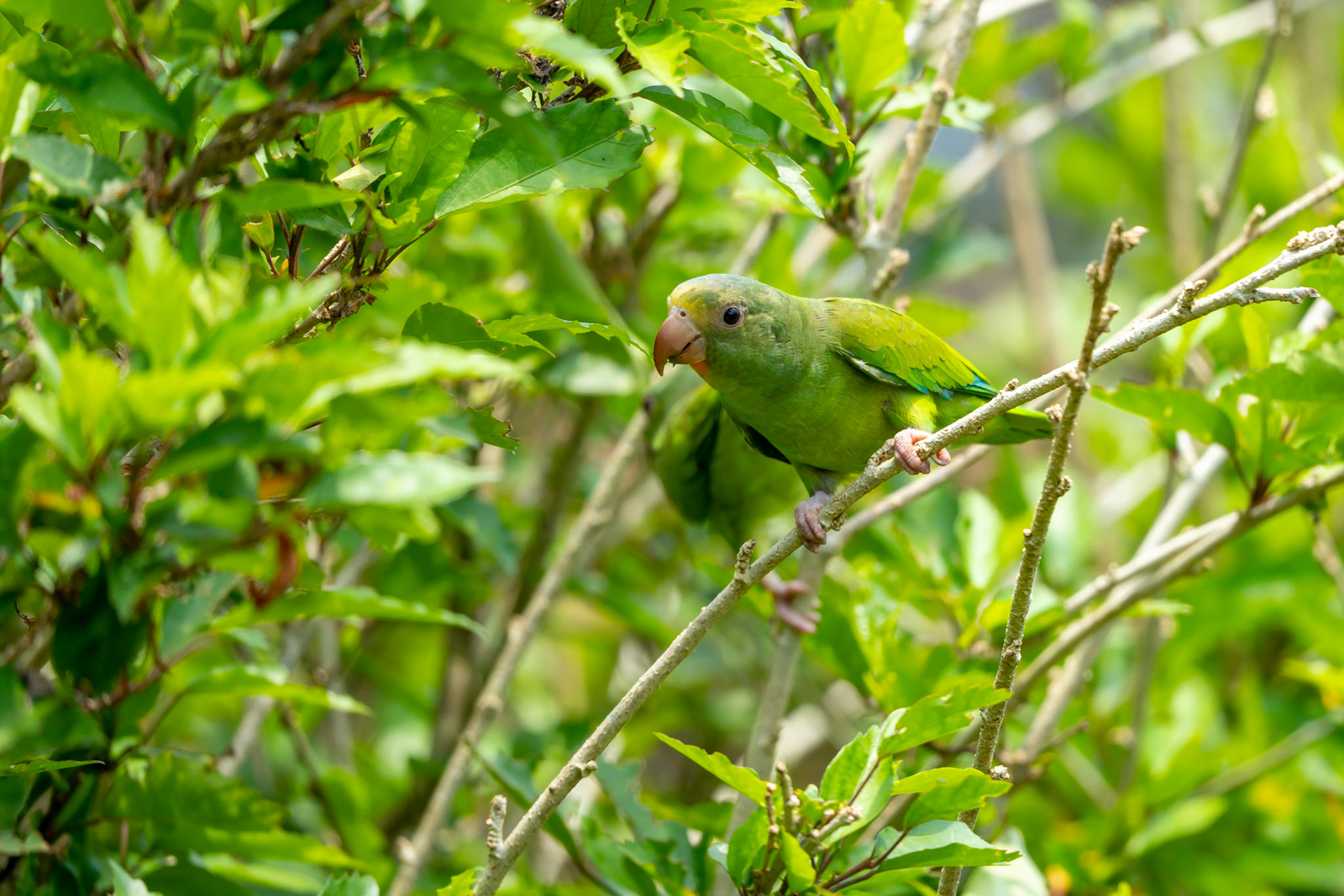
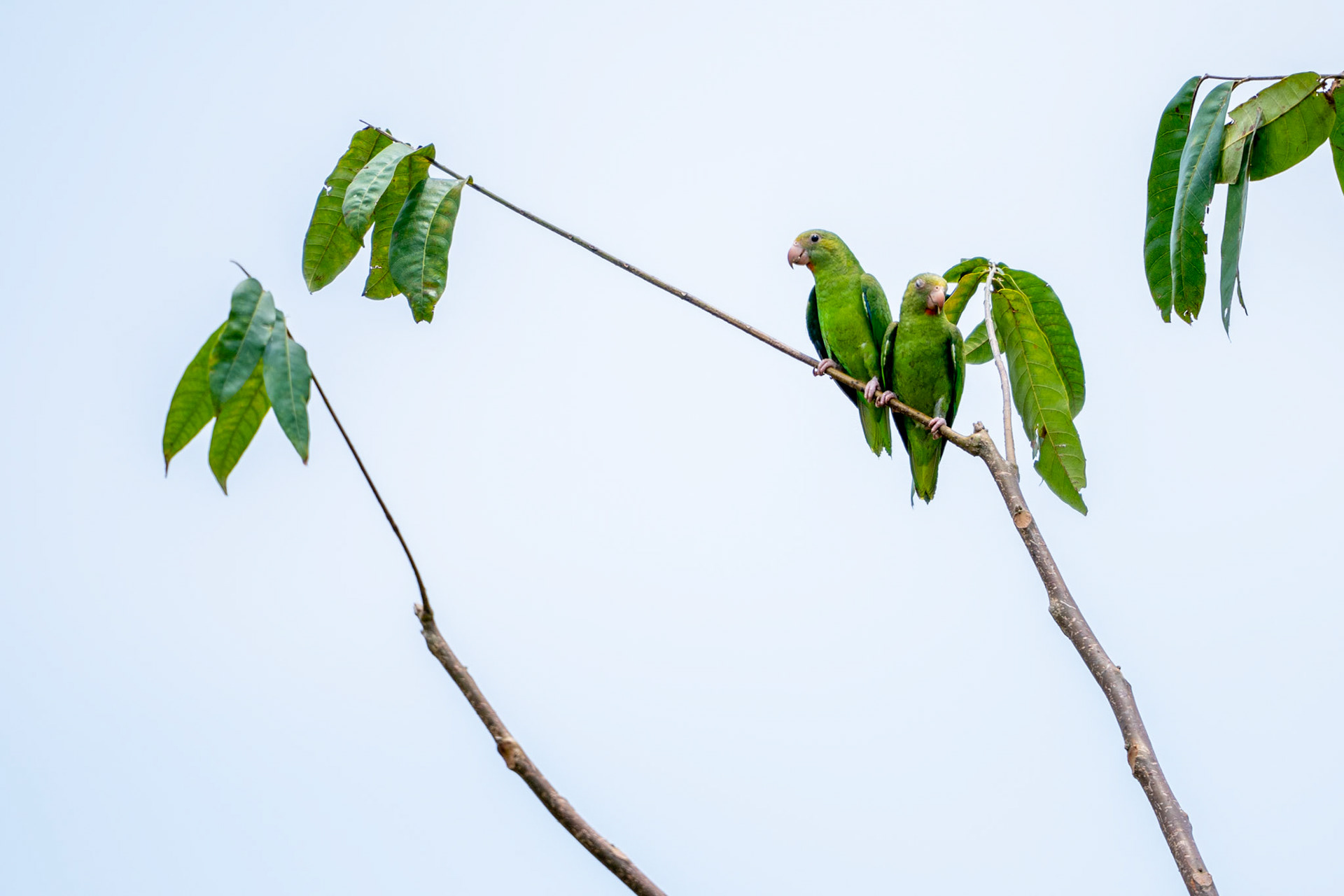
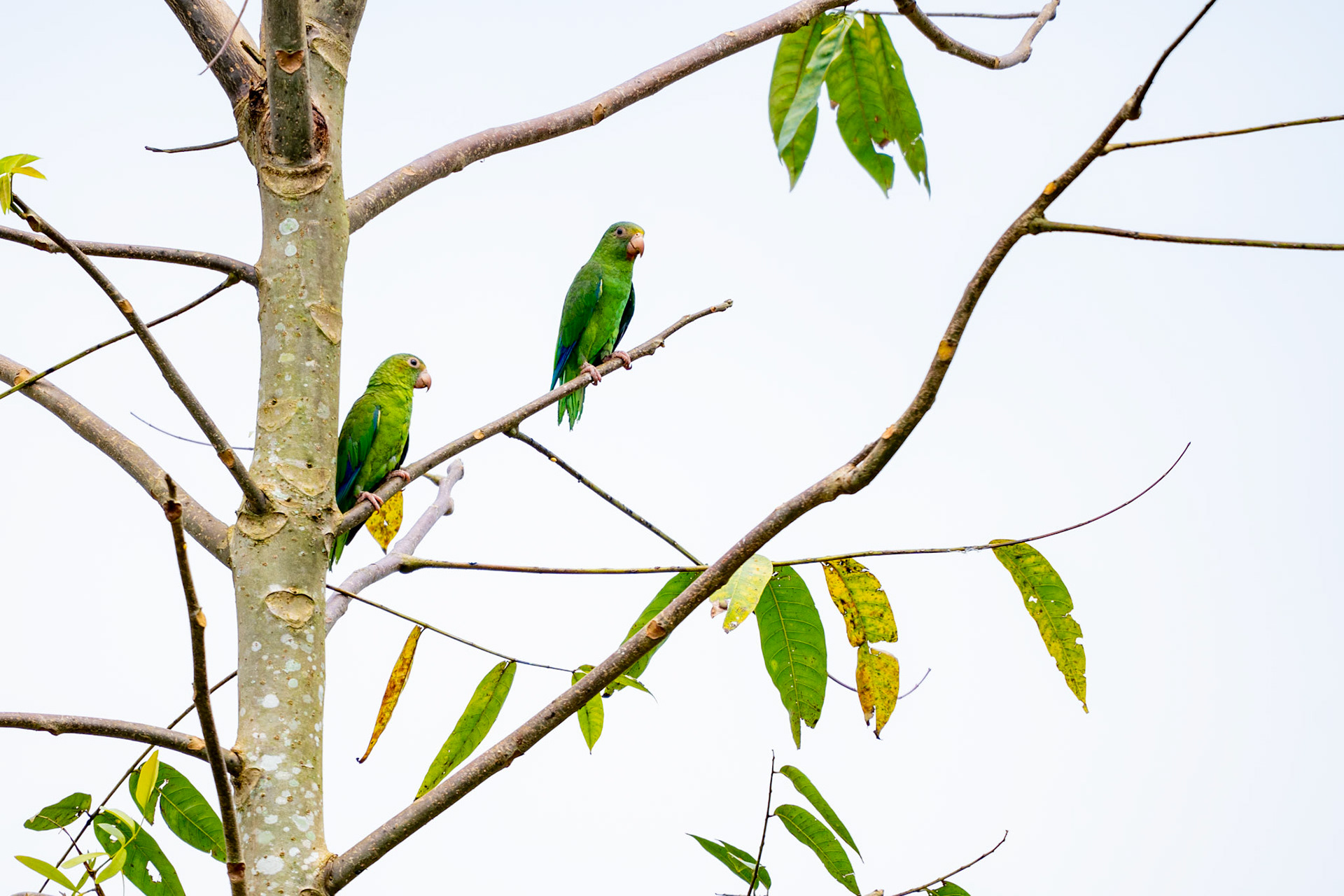
Wildlife in Ahuano
Sony A7 IV
Sony 200-600 mm. F5.6-6.3 G
Sony 24-240 mm. F3.5-6.3
Sony A7 IV
Sony 200-600 mm. F5.6-6.3 G
Sony 24-240 mm. F3.5-6.3

